All healthcare professionals strive to provide the safest care possible. Sometimes however, things can go wrong, and harm can be
Qlicksmart Standing with Healthcare Workers
Qlicksmart’s Response to COVID-19
As you are most likely aware, the current outbreak and impact of COVID-19 is unprecedented throughout the world. Here at Qlicksmart, we are continuously monitoring developments as they unfold. Our priority remains to ensuring the safety of our staff and all of those working in healthcare, many of whom are serving at the frontlines of this event. To achieve this, we are following government and expert advice to maintain business continuity and the supply of our safety devices to healthcare in this critical time.
COVID-19 Coronavirus Pandemic Timeline
Qlicksmart Standing with Healthcare Workers
For more than 20 years, Qlicksmart has advocated to keep healthcare workers safe and focused on their patients. Now, more than ever, when safety equipment is not adequate, healthcare worker’s lives are at risk. And when healthcare workers are unable to protect themselves, patients suffer.
Investing in safety not only helps to reduce costs and reduce risk and exposure to liability, but also helps to create a more positive working environment. Here at Qlicksmart, we stand with healthcare workers as they stand up for their safety – so should you.
Investing in Healthcare Workers
Tight healthcare budgets have forced facilities and organizations to focus on cost-avoidance when relating safety in the workplace. It is often difficult to calculate the definitive value of investing in worker safety. However, there are proven benefits in investing in a long-term staff safety program, including:
-
-
-
- Reduction in workplace incident risk and exposure to liability
- Creates a more positive working environment
- Can become a positive internal driver of growth
- by reducing staff turnover
- by supporting better engagement
- by improving morale
-
-
All of these examples can become an integral part of company culture, bringing far-reaching benefits to the organization. The International Social Security Administration found that investing in occupational health and safety for staff brought a Return on Prevention ratio of 2.2. This means that for every 1 dollar invested in staff safety, organisations gain a return of 2.2 dollars.
Translating Healthcare Worker Safety into Practice
In this blog, we take a deeper look at translating safety into practice, using sharps safety as an example. Healthcare is a complex system, and implementing sharps safety measures requires support from all departments across the hospital or organisation. Here’s our Five Steps to Translating Safety into Practice.
Step 1 Awareness
Awareness is a key aspect of successful change management1. In healthcare, evidence-based practice is a basic requirement, so researching the problem and its solutions is necessary.
The People That Contribute To Safety in the Healthcare.
Creating a safety culture is essential for improving patient care and healthcare staff satisfaction. It allows facilities to function smoothly and keeps everyone in them – both staff and patients – out of harm’s way. Everyone in a healthcare facility has a role to play when it comes to maintaining a safety culture. Here we take a look at some of the players within a healthcare facility and what they do to help improve their safety culture.
More from Qlicksmart:
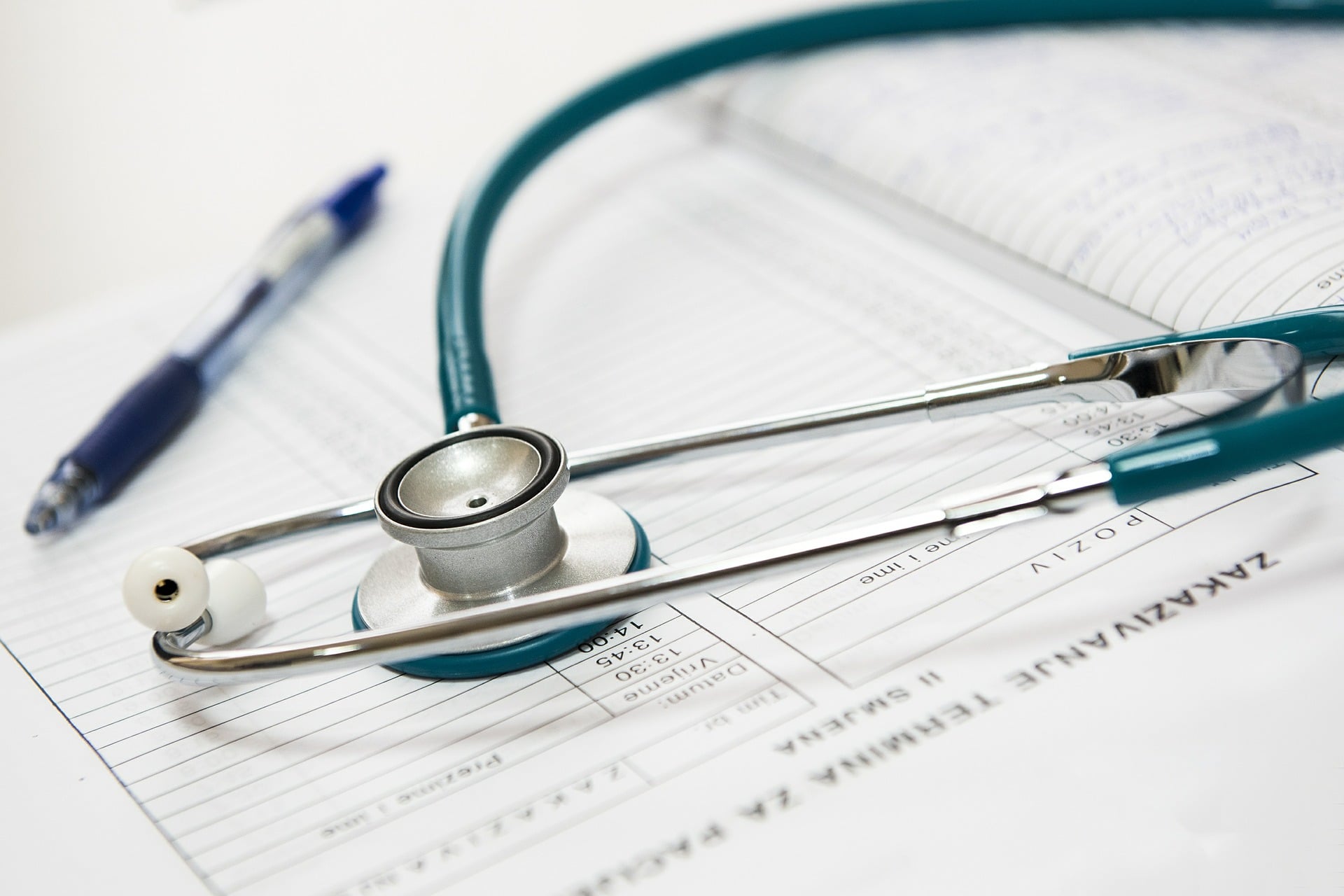

5 Scalpel Injury Aftermaths That Will Make You Cringe
Assisting people’s health and well-being must be one of the most altruistic and fulfilling careers that in existence. Yet, when
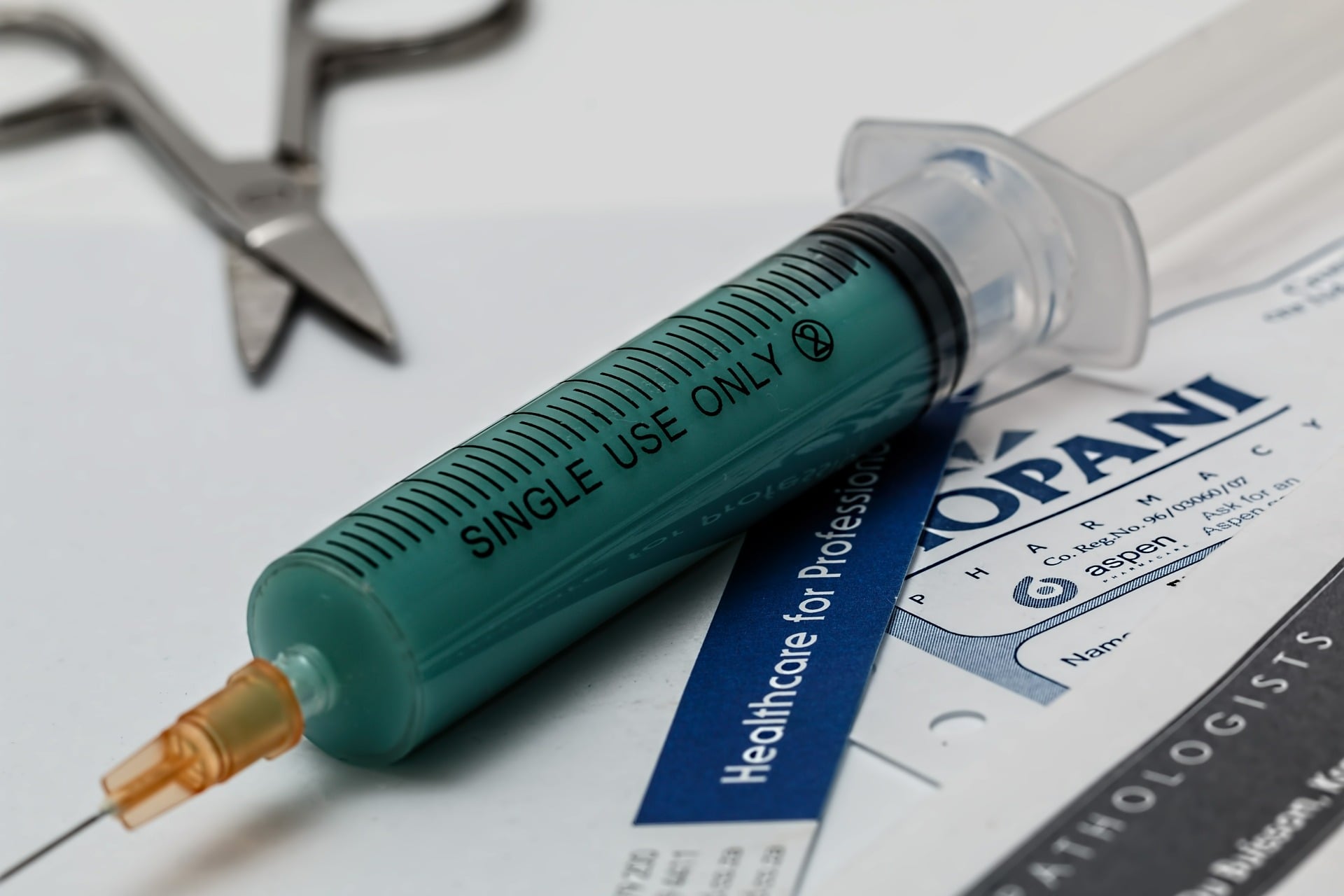
Summary: Sharps Injury Regulation in the US, UK and Australia
Do you know that 5.6 million healthcare professionals are at risk of occupational exposure to blood borne pathogens annually, just
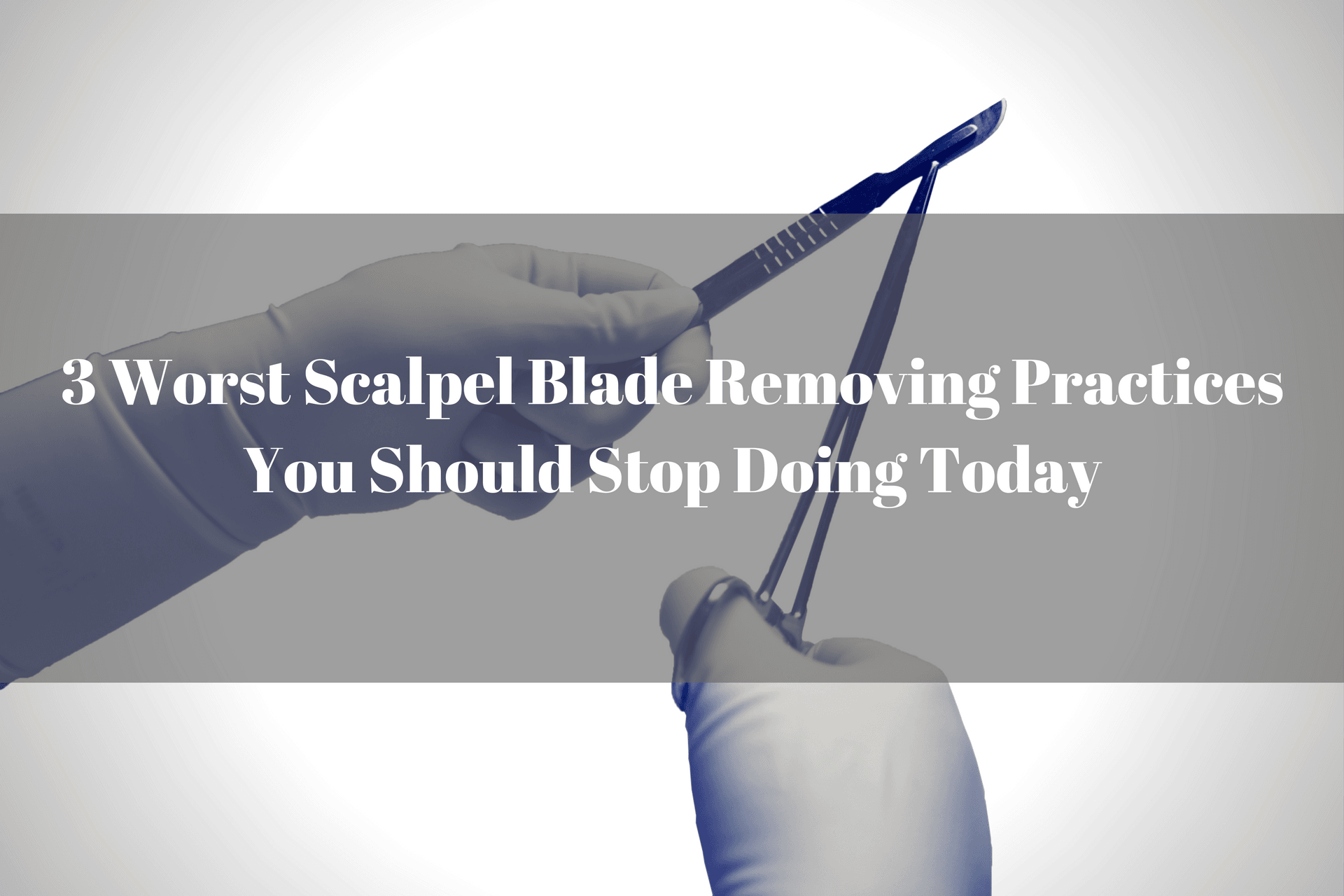
3 Worst Scalpel Blade Removing Practices You Should Stop Doing Today
A scalpel blade is an irreplaceable tool for healthcare professionals like surgeons, doctors, nurses and vets to perform procedures and
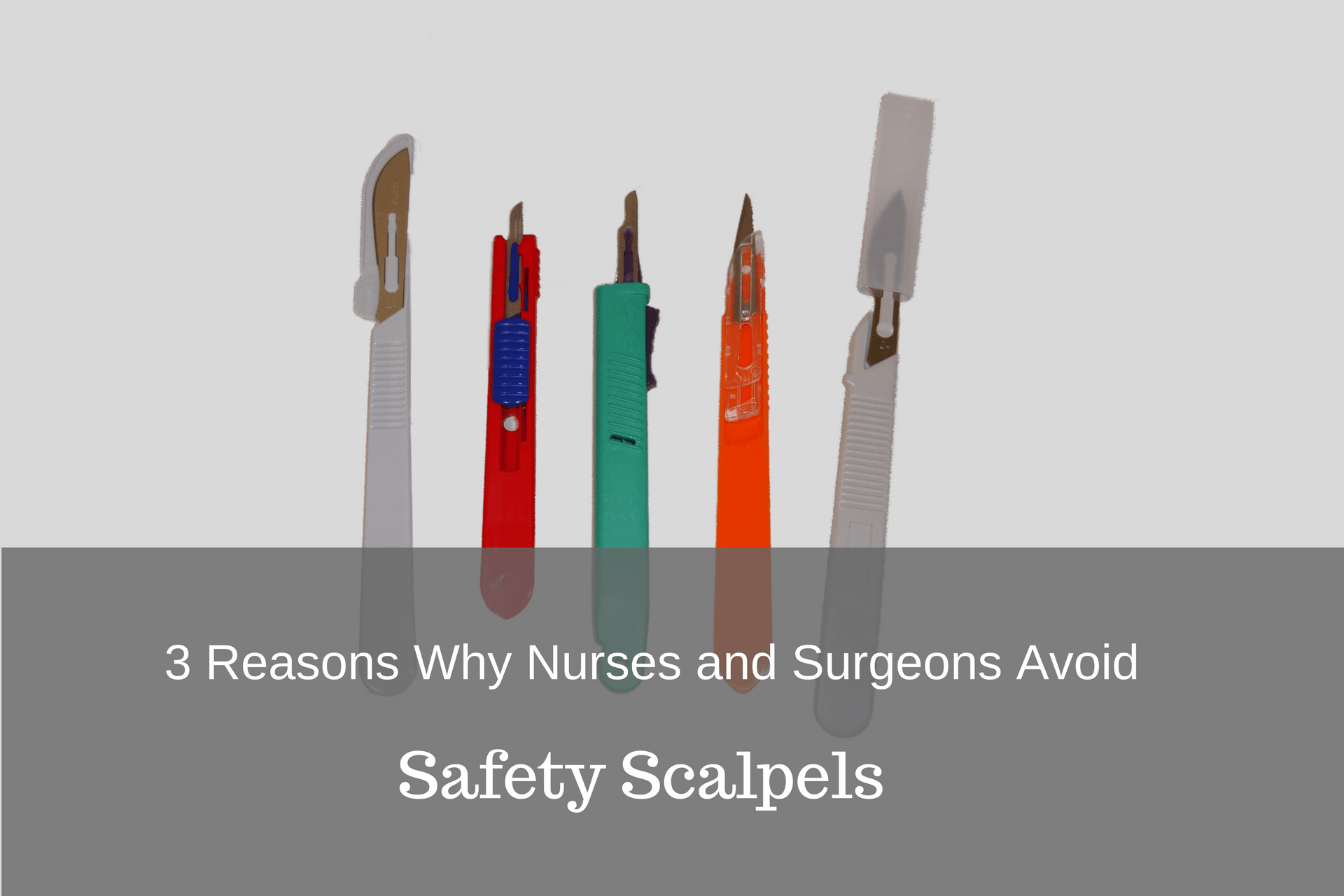
Top 3 Reasons Why Nurses And Surgeons Avoid Safety Scalpels
During a recent visit to North America I had the opportunity to meet and talk with a large number of

Impact of Medication Errors on Patients, Healthcare Providers and Hospitals
While it could be the result of systemic issues or plain human error, medication errors can cause severe physical injury

European Sharps Directive To Protect Healthcare Workers
Sharps directive is required to protect healthcare workers. In 2010, the European Council described sharps injuries as one of the

Reports from the Road – CE seminar Death of A Travelling Salesman Safety Education
As I travel around the USA giving talks on sharps safety, I am struck by the changes in perception on
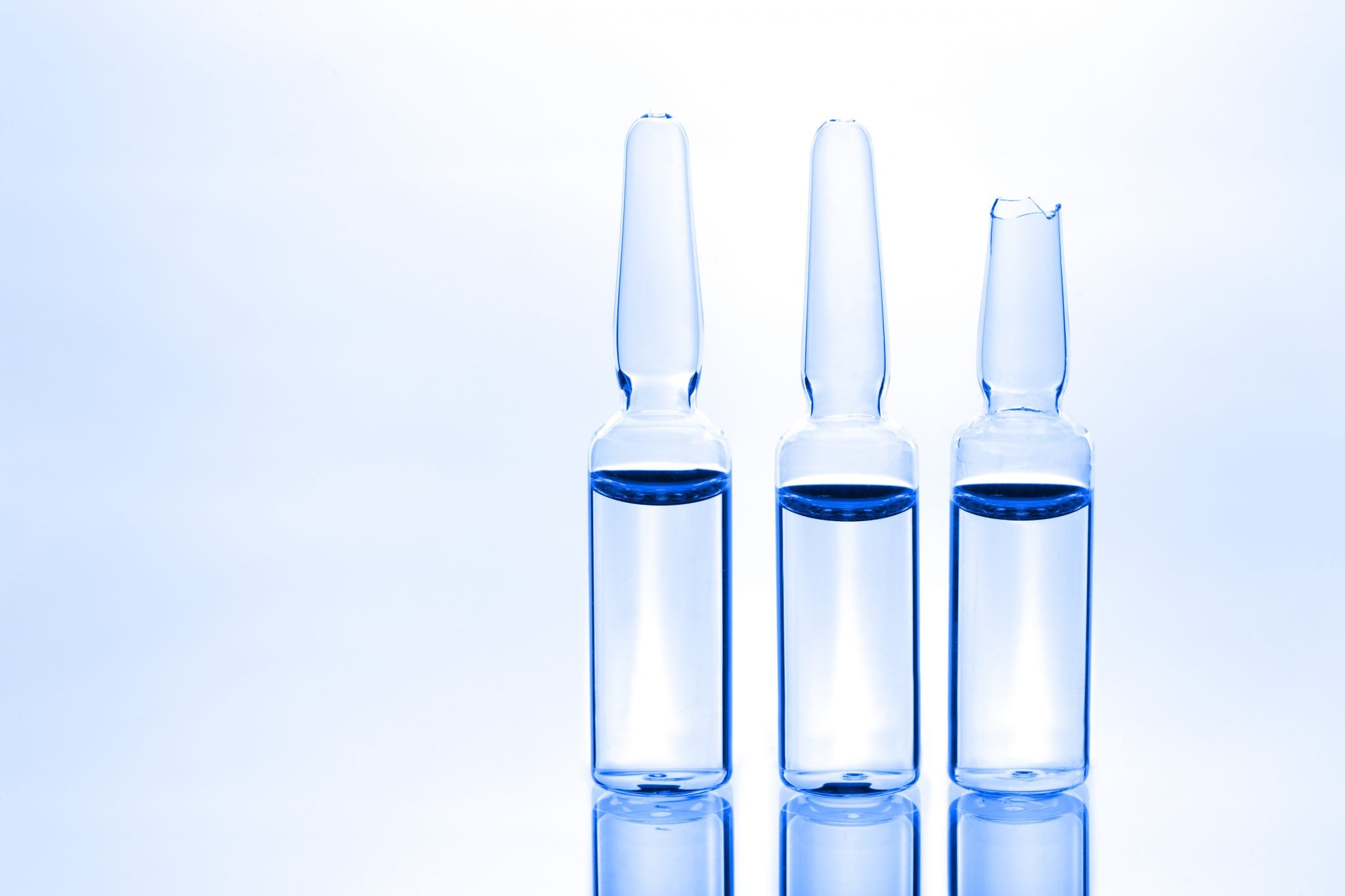
Top 3 Negative Impacts from Not Using An Ampoule Opener
1 in 3 healthcare professionals suffer at least one ampoule injury in their lifetime from opening an ampoule. This is
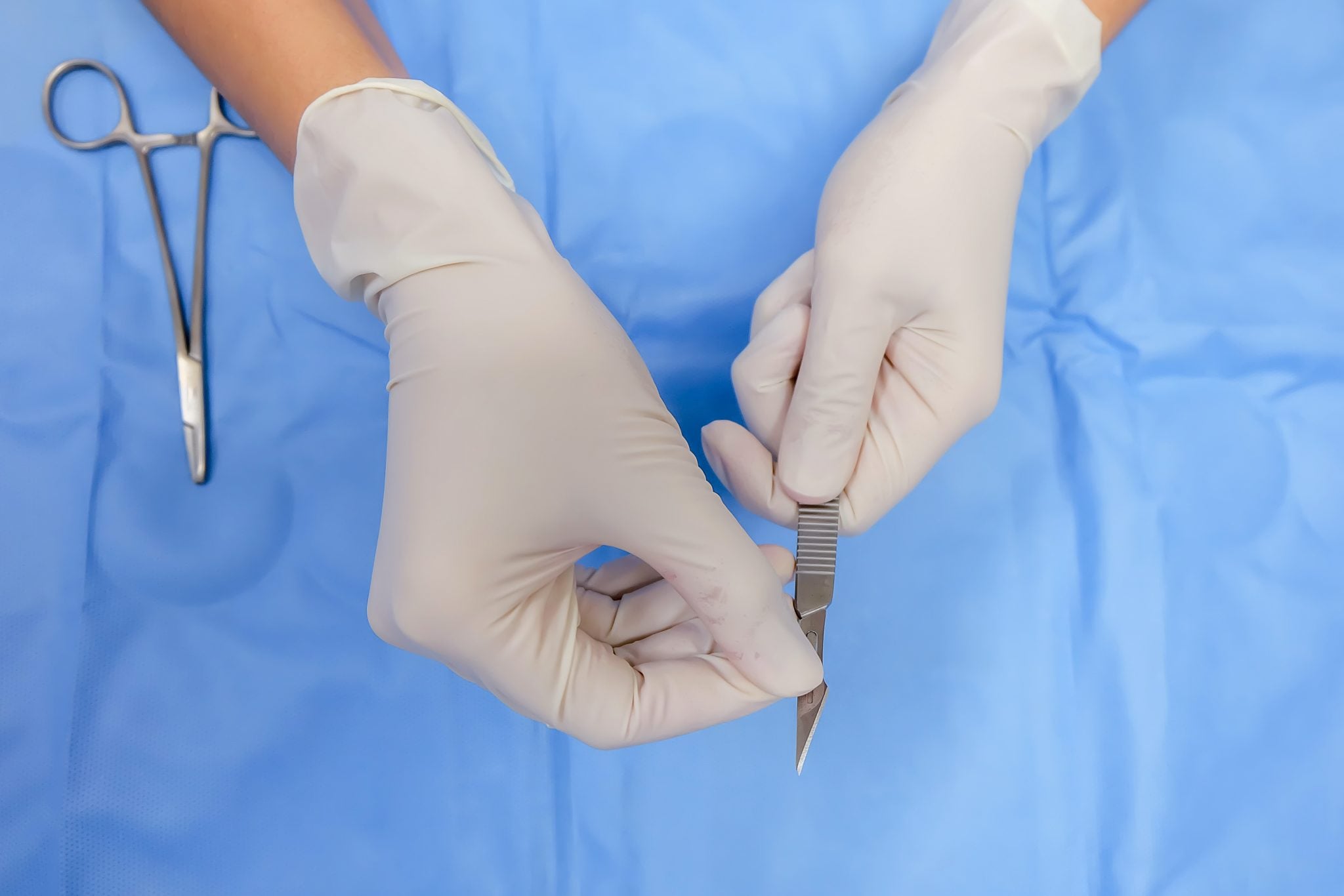
Top 5 Reasons You Should Invest In A Single-Handed Scalpel Blade Remover
You are the scrub nurse in the operating room for an open cholecystecomy to remove the gallstones causing the patients
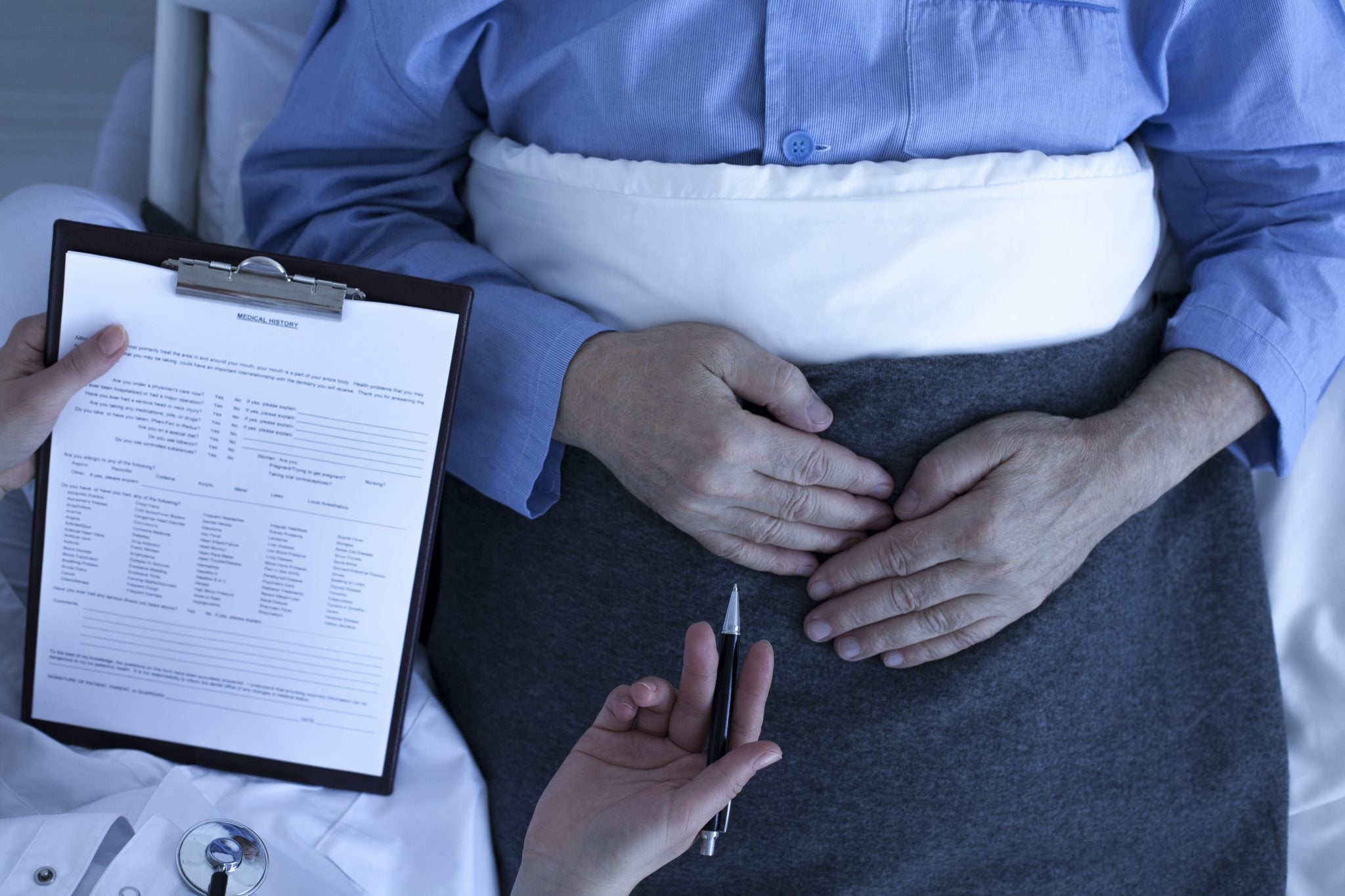
Staff and Patient Safety: Reflection from Being Both as a Patient and a Doctor.
The afternoon light danced across the hospital quilt warming the room and I was comfortable. My husband nodded off to
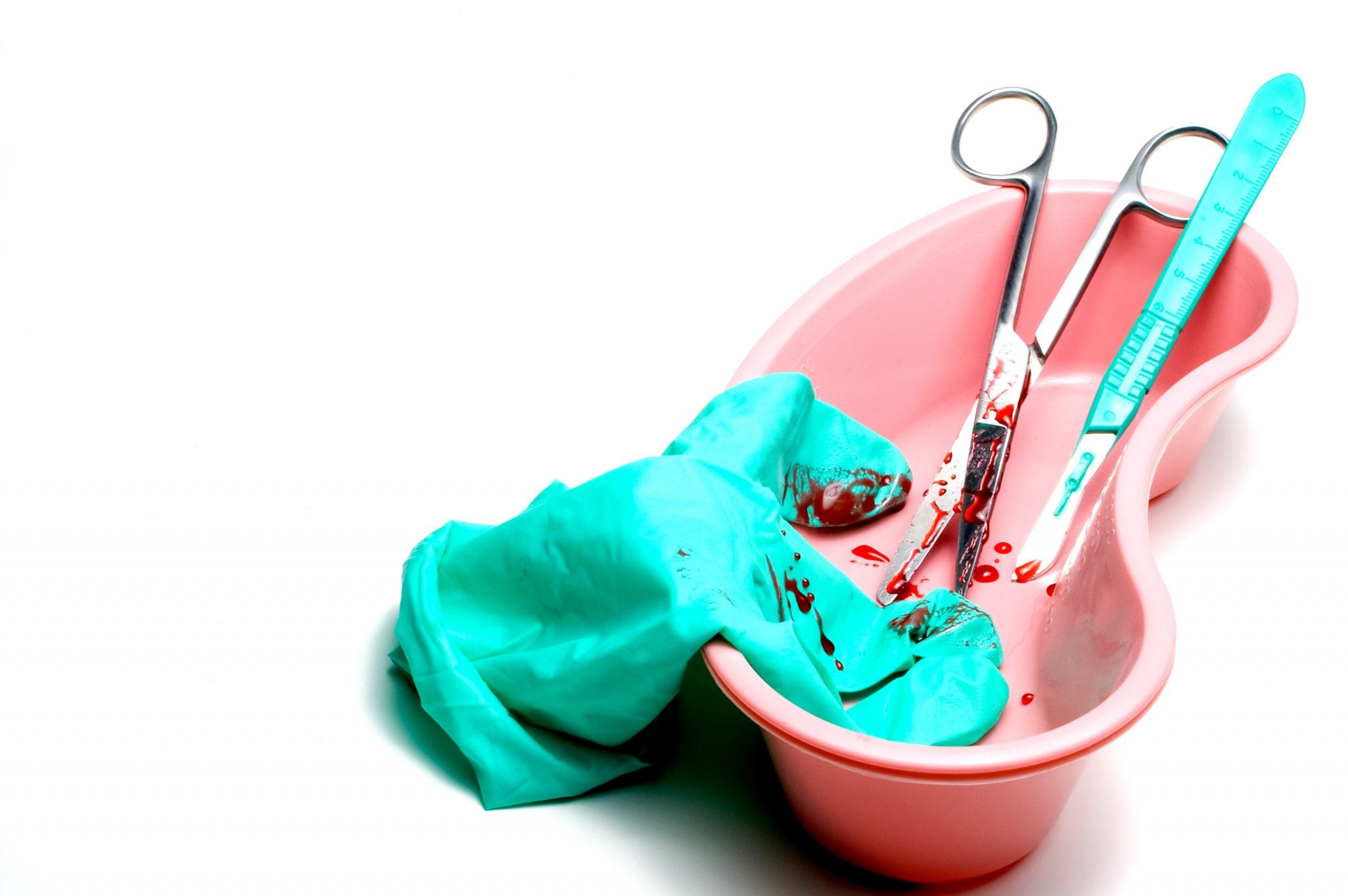
Five Reasons, For Patient And Staff Safety, Surgeons Should Avoid Safety Scalpels.
Safety scalpels have been developed in response to a call for a better management of sharps in the healthcare industry
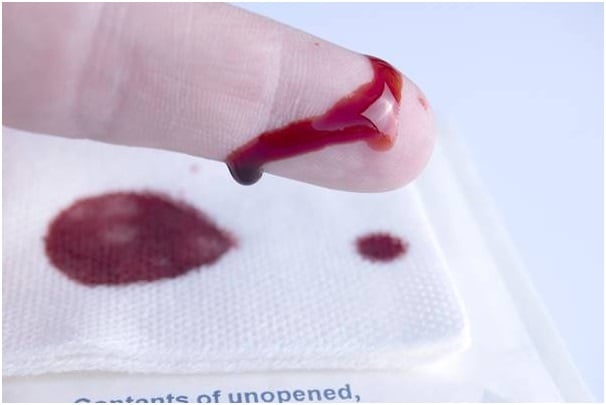
7 Things About Ampoule Injuries You Need To Know
Ampoule injuries are far too common. You might be surprised to know that ampoule injuries are the most common type
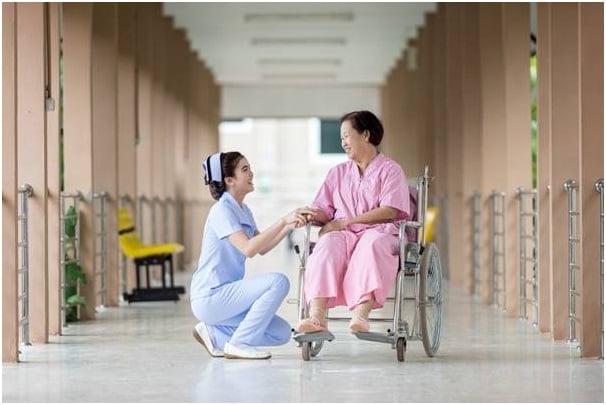
Five Ways You Can Give Back To Your Nurses
Nurses are the backbone of the hospital setting; the cogs in the machine, and the soldiers on the frontline. While

I Think, Therefore I Care
Philosophy is often cited as “thinking about thinking”, so with World Philosophy Day being celebrated this week (November 16th), it’s time
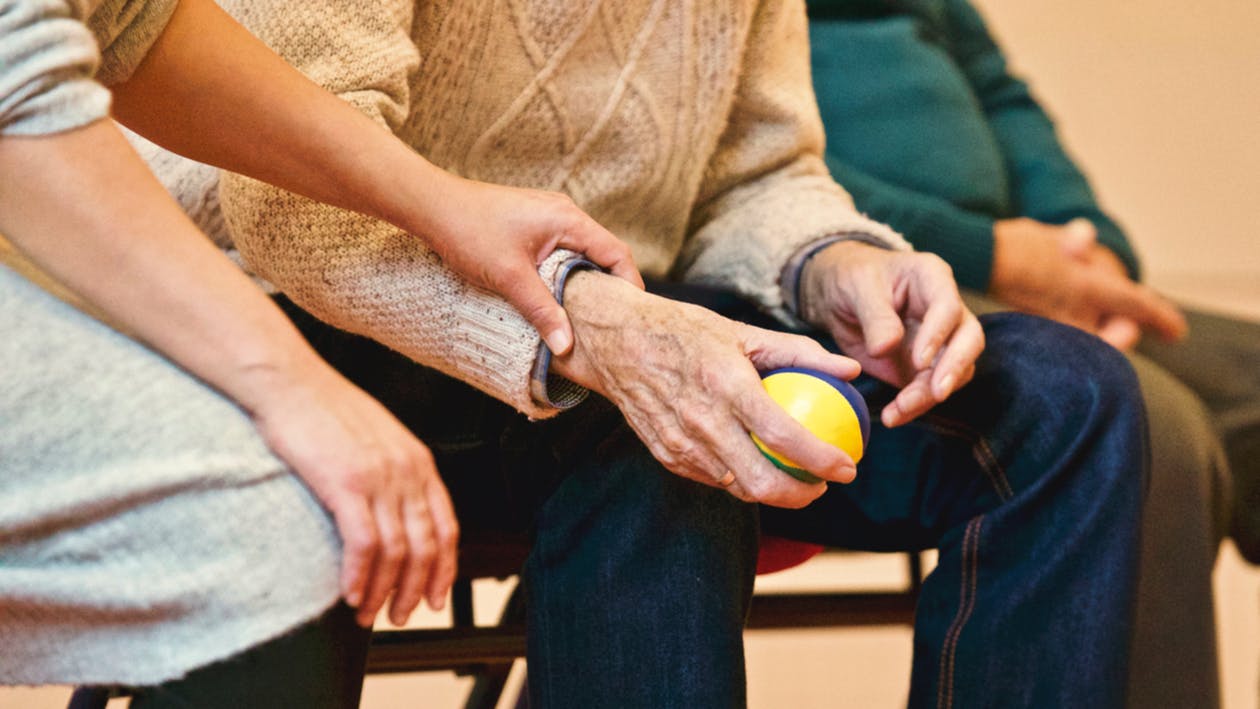
6 Things You May Not Know About Home Care
The 30th of November marks the end of Home Care & Hospice Month. Despite two-thirds of people relying on home

Christmas Gifts For The Healthcare Worker In Your Life
There are approximately 43 million healthcare workers in the world, so it’s likely that you know one and may even
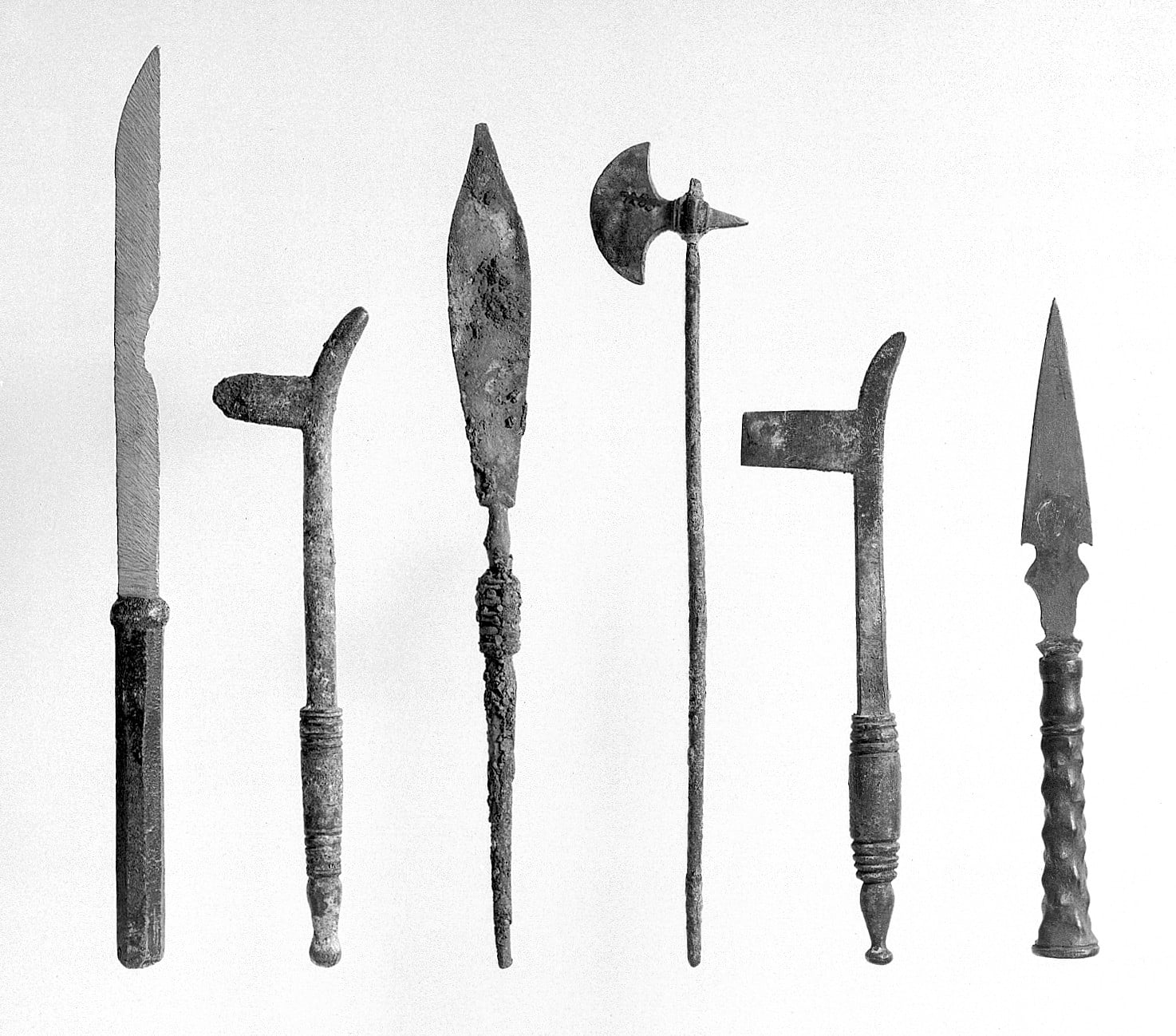
The Best Thing Since Sliced Flesh: A history of the surgical scalpel
The surgical scalpel is a tool that has seemingly transcended time– from its beginnings in the Stone Age to the
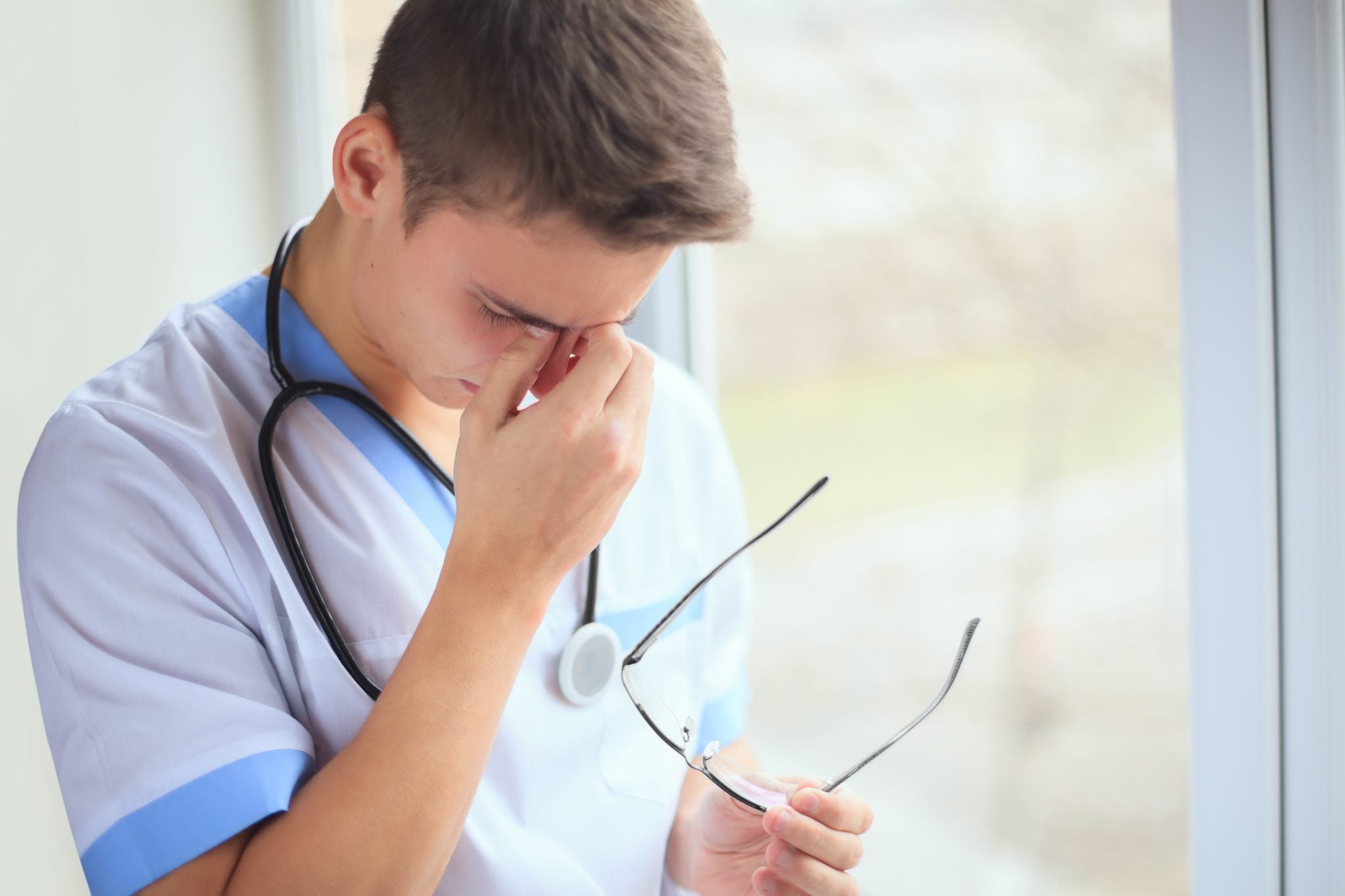
Burning out the Burnout
Burnout affects 54% of physicians and 34-38% of nurses, and the numbers are only increasing. But what is burnout, how
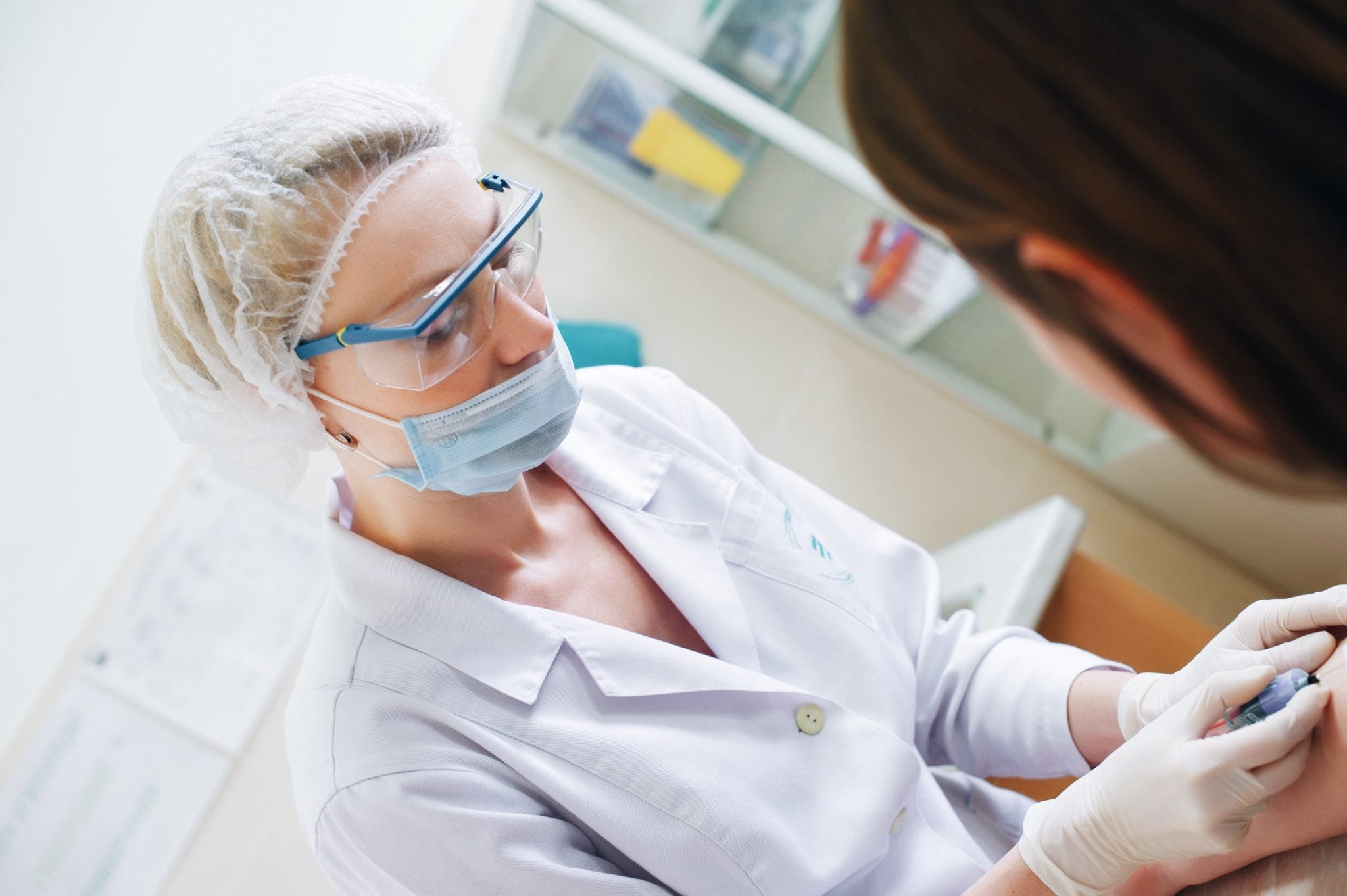
Straight from the Nurse’s Mouth
We’re getting ready for AORN and sat down with some nurses to find out what they love and hate about
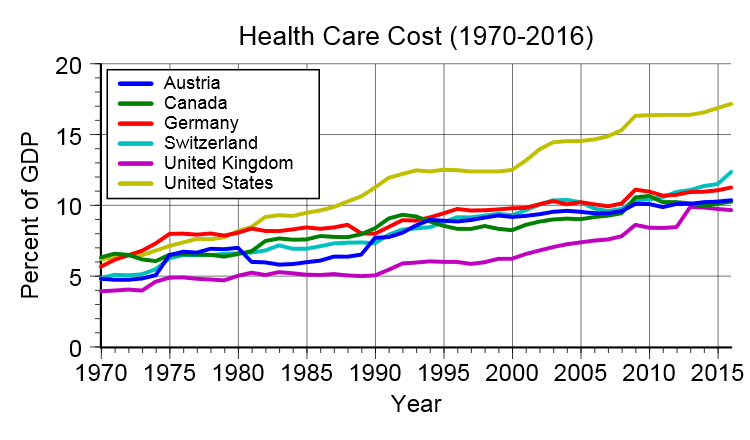
Dramatic Increase in Health Spending Around the World
According to the World Health Organization, the health expenditure per country has been growing steadily since the 1990s. Some countries
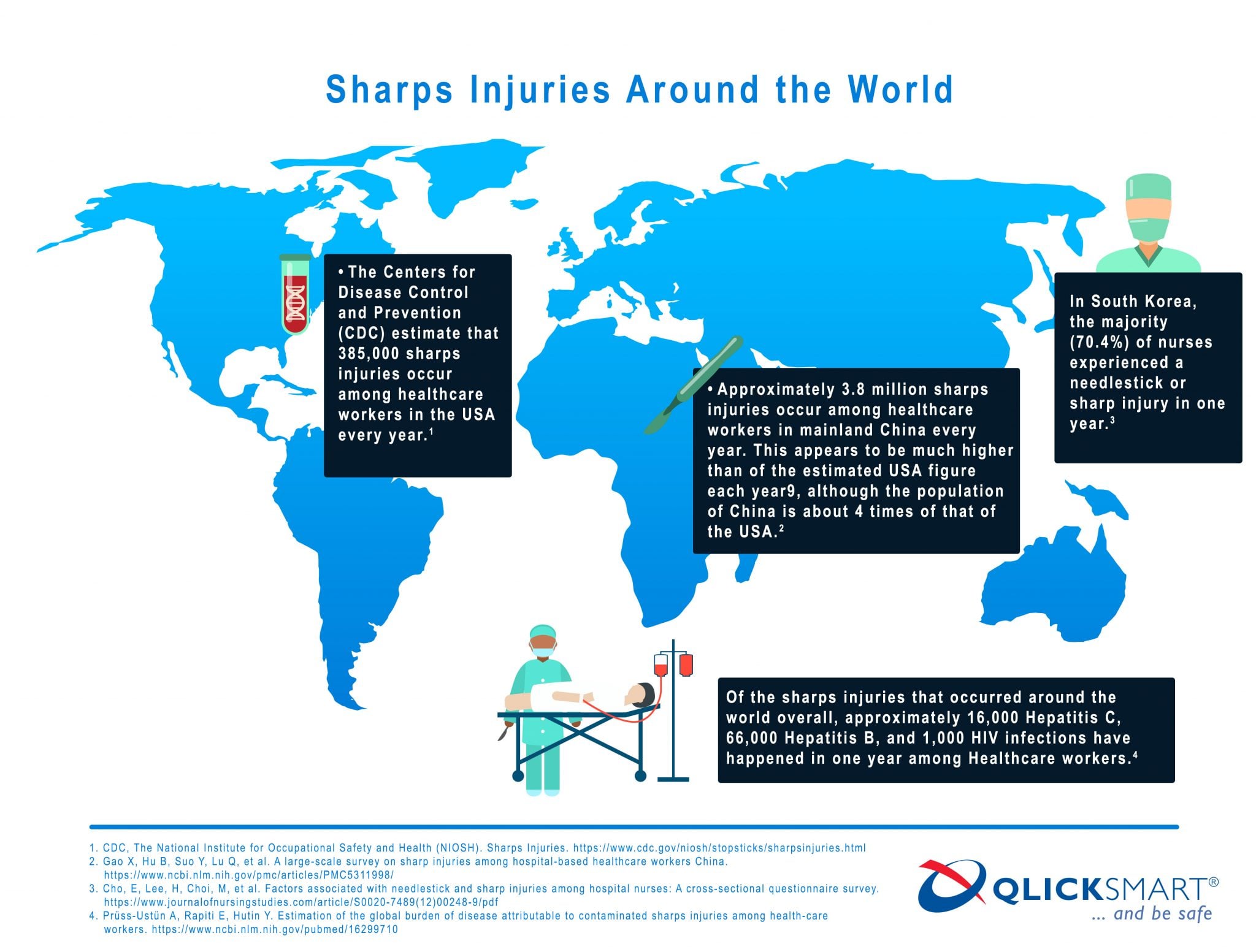
Sharps Injuries Statistics Around the World
It’s concerning that even with all the medical breakthroughs and advances in surgical technology, the threat of getting a sharps

Why We Trust Nurses
We trust nurses. It has consistently identified in surveys around the world that nurses are ranked as one of the
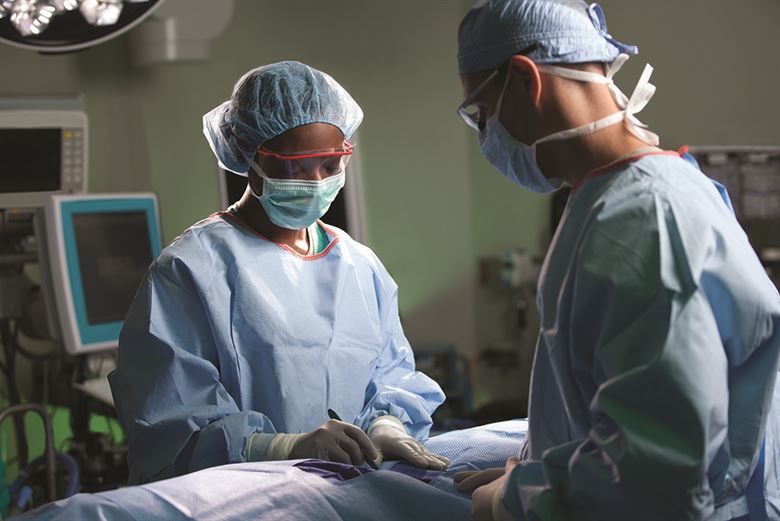
Sharps Injury Case Study in the OR
We talk a lot on this blog about sharps injuries and how they may impact the victim and institution. Sometimes,
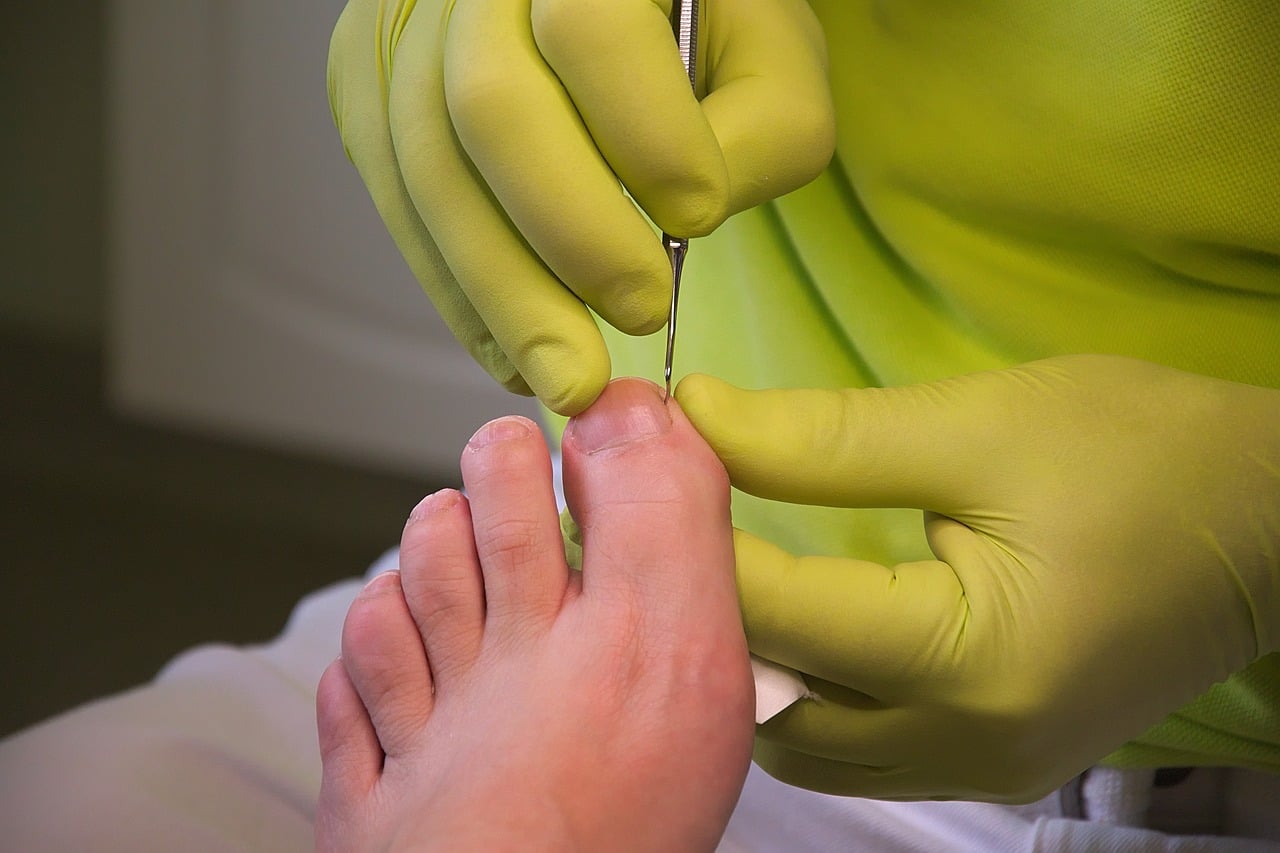
How to Prevent Infection in Podiatry Clinics and Stay Safe
Infection and injuries can occur in any healthcare setting, from the Operating Theatre to the optometrist, to aged care facilities.

Some Quick Statistics on Sharps Injuries
Here are some quick stats regarding sharps injuries in the healthcare industry – hospitals, clinics, and facilities. Scalpel cuts are

Silence Isn’t “Safe”. Speaking Up Is.
No matter their position or speciality, most medical and nursing professionals have had some experience in hesitating with speaking up when

Spooky Stories from Healthcare Workers
It’s been said that life is stranger than fiction, and is more spooky too. In celebration of Halloween, we’ve collected
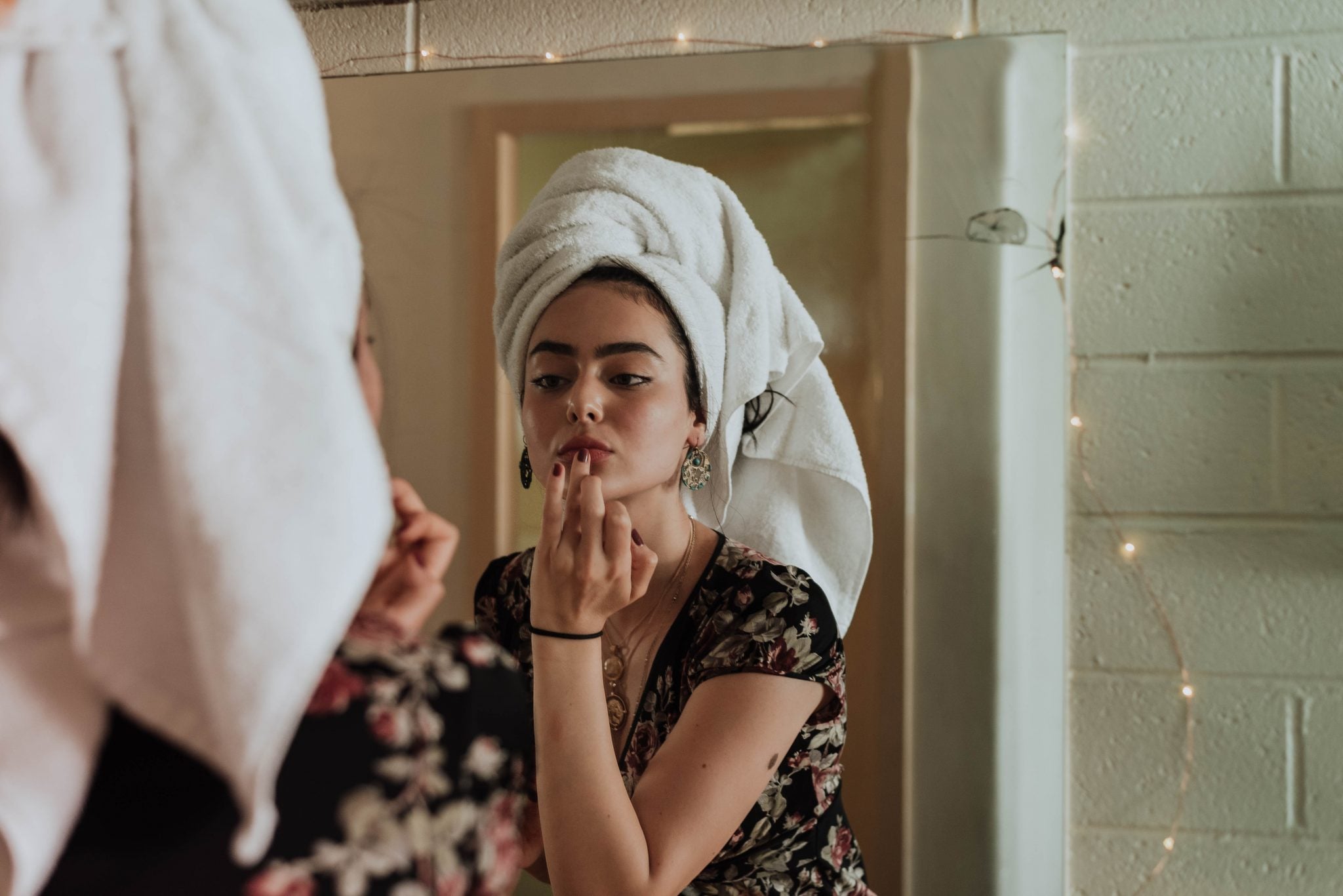
Beauty Serum – Why You Need To Be Careful Opening Ampoules!
Beauty serum: the skin treatment that is taking the world by storm. These “pick-me-ups for your face” contain a highly-concentrated

Is Your Sharps Safety Program Effective?
There is always the risk that a sharps injury will lead to a blood-borne infection and other consequences. Because of

Silly Season Safety
Candy canes, fairy lights and the smell of fresh pudding lingering in the air. It must be Christmas – the
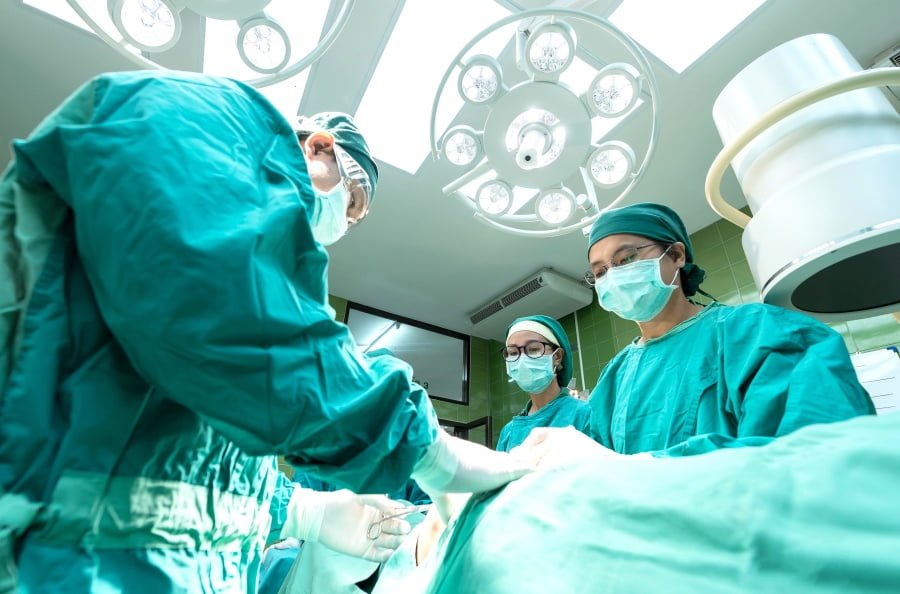
Why you should be using passive safety devices
There is a lot to take into consideration when choosing tools that keep patients and staff safe. Devices that have

Anxiety: The Invisible Side Effect of Sharps Injuries
The anxiety that derives from sharps injuries in the medical industry often goes unmentioned. While sharps injuries can initially be
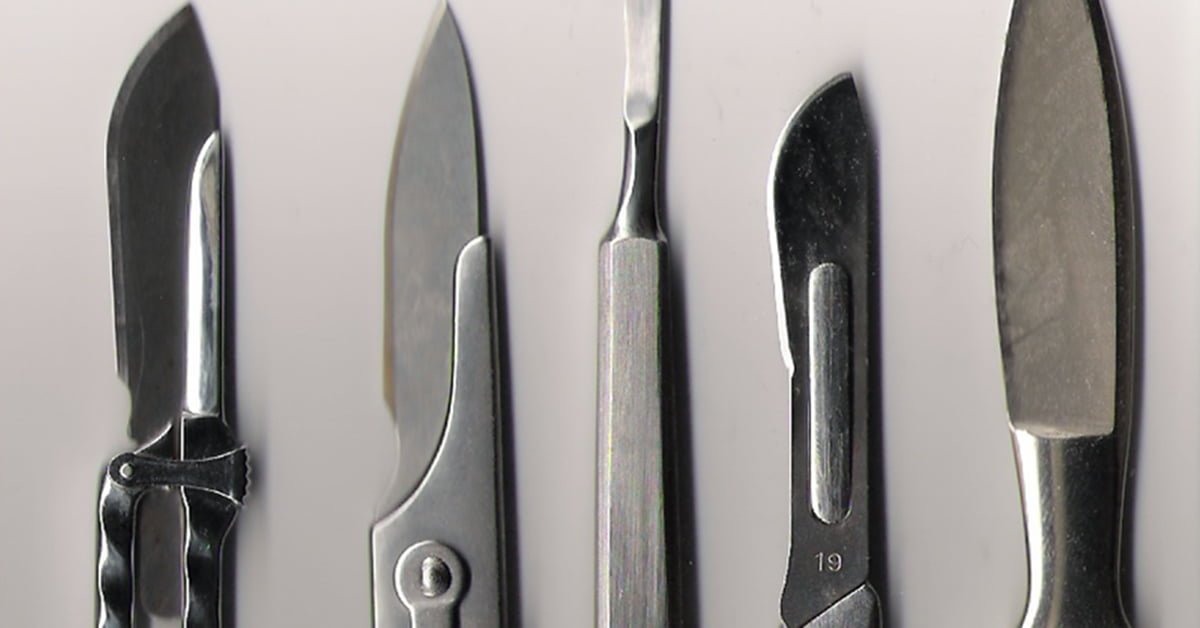
Why Surgeons Prefer Traditional Scalpels over Safety Scalpels
Safety scalpels were first heavily promoted in response to a US legislation change in 2000 known as the Needlestick Safety
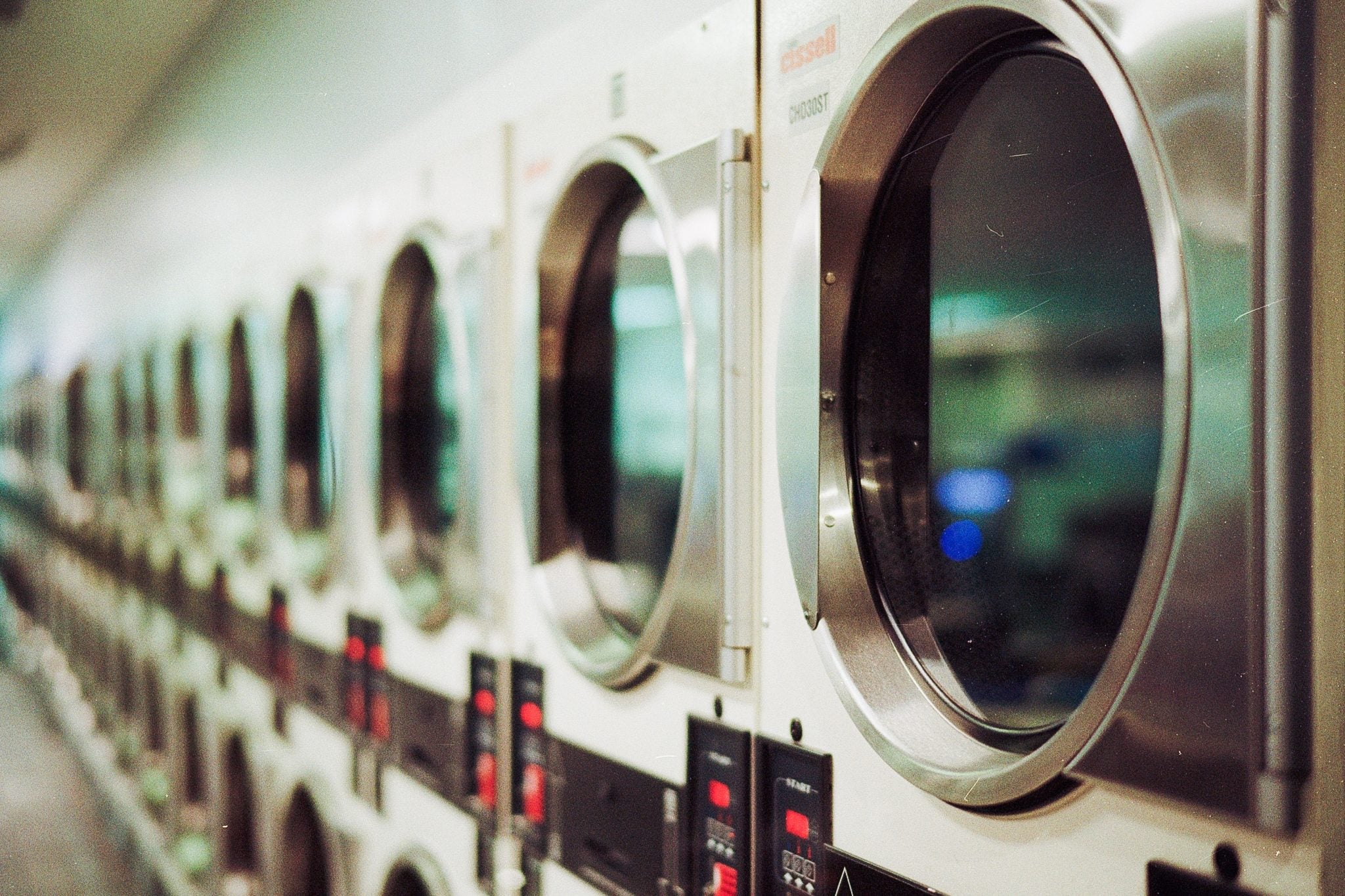
Safe Practice Protects Downstream Workers Too
Sharps injuries and needlesticks are a threat that most healthcare professionals are wary of. Safety procedures are implemented with the
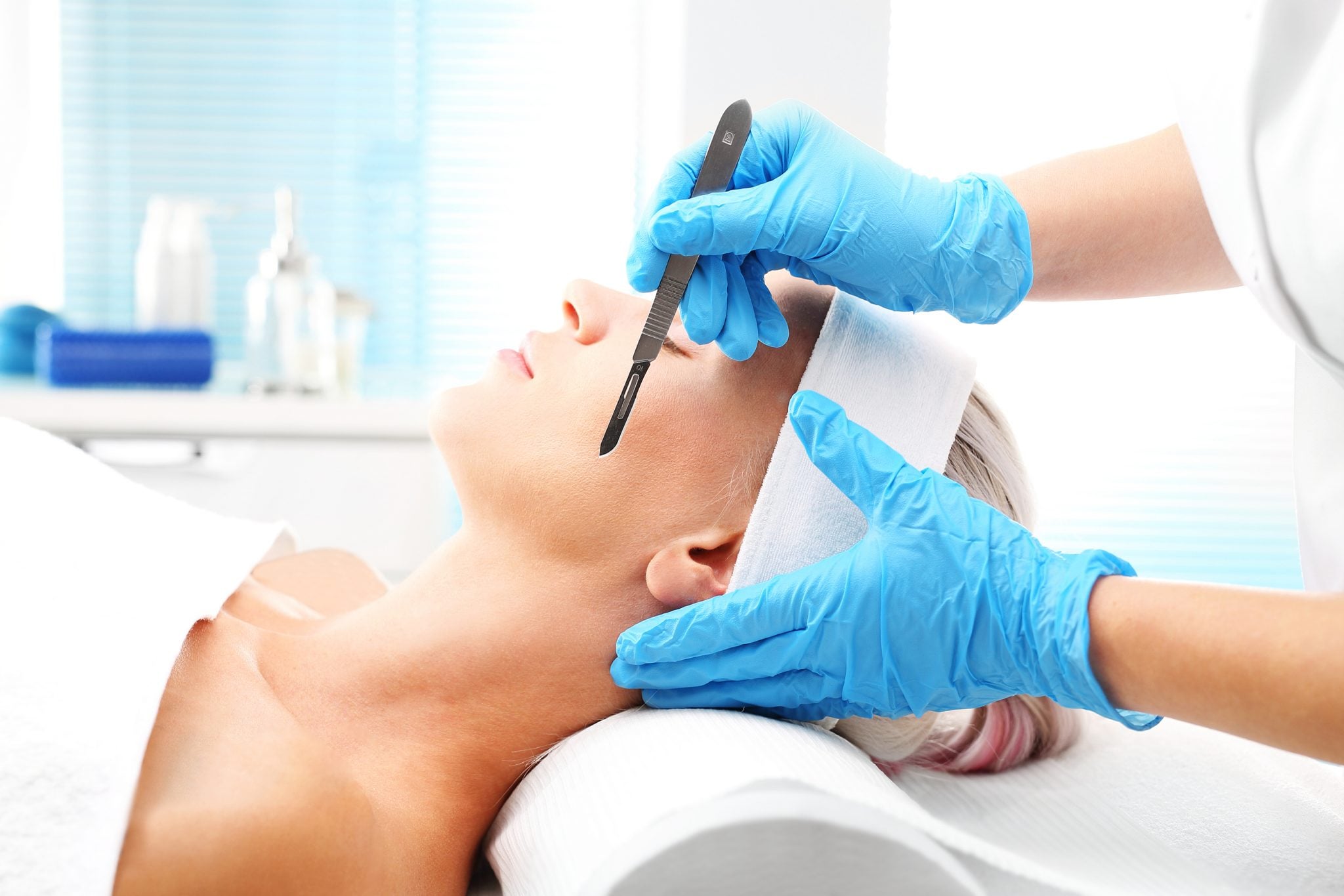
Dermaplaning – Why handling sharps is best done by professionals
Dermaplaning is quickly gaining popularity in the beauty industry. While it is widely accepted to be a harmless beauty treatment,

5 Reasons Every Nursing Student Should Attend the AORN Conference & Expo
Calling all nursing students! The 2019 Association of Perioperative Registered Nurses (AORN) conference and expo is nearly upon us. This
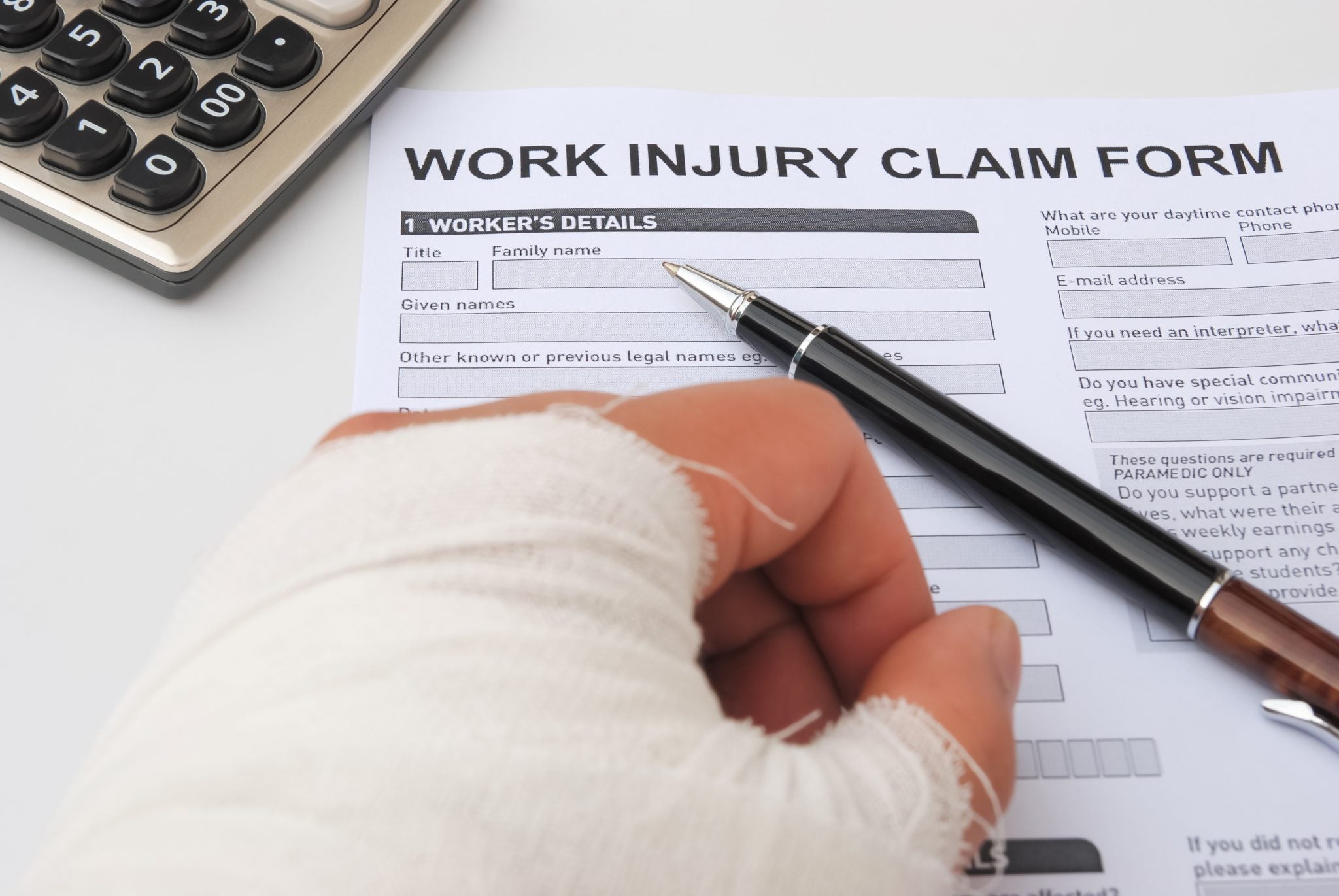
How Being Proactive Can Prevent Sharps Injuries
Being proactive can help prevent sharps injuries before they happen. By preventing injuries, a medical establishment is likely to make
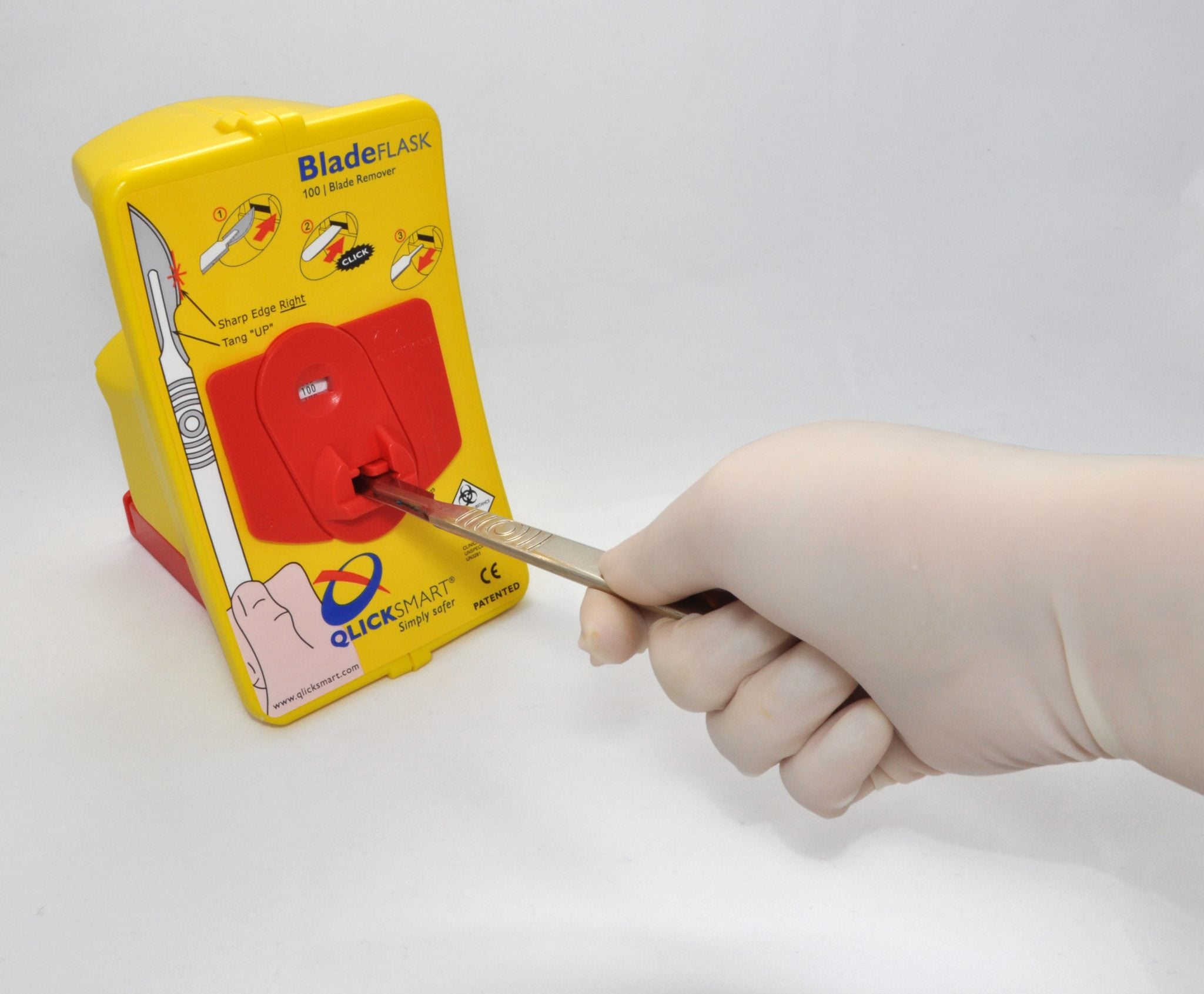
Scalpel Blade Removers: One Hand Is Better Than Two
Scalpel blade removers are designed to protect the user and downstream staff from accidental injury when removing a scalpel blade

Celebrating Nurses and Their Dedication To Our Health
Every single day, nurses around the world work tirelessly to keep people safe, happy, and healthy. Late nights, early mornings,
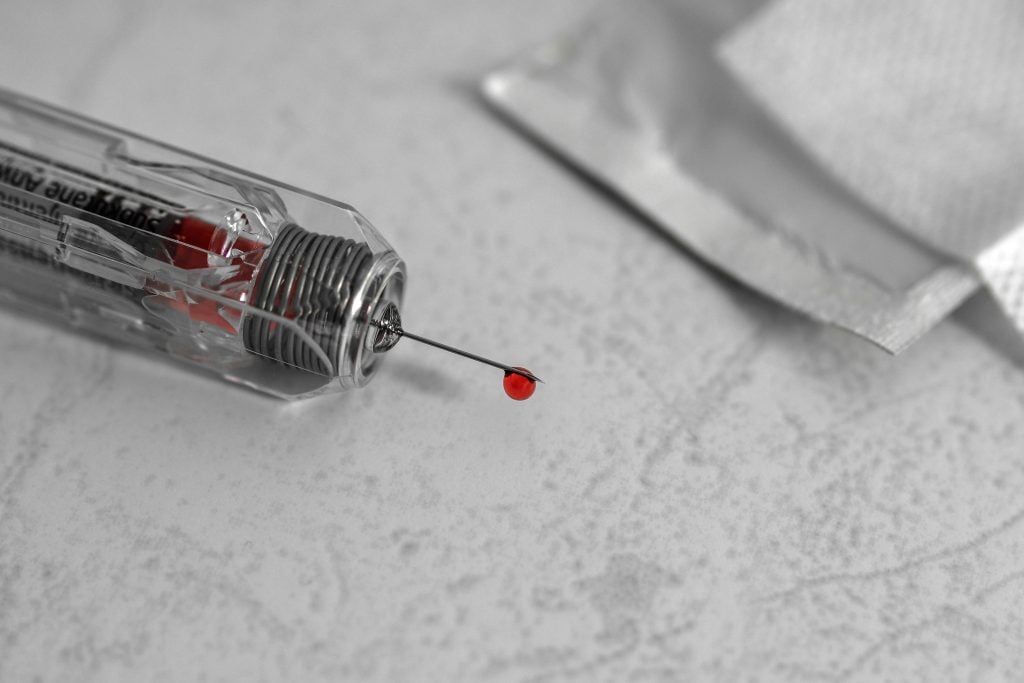
Why Everyone Should Embrace National HIV Testing Day
In the US, 1.1 million people have HIV – one in seven of these people don’t even know they are
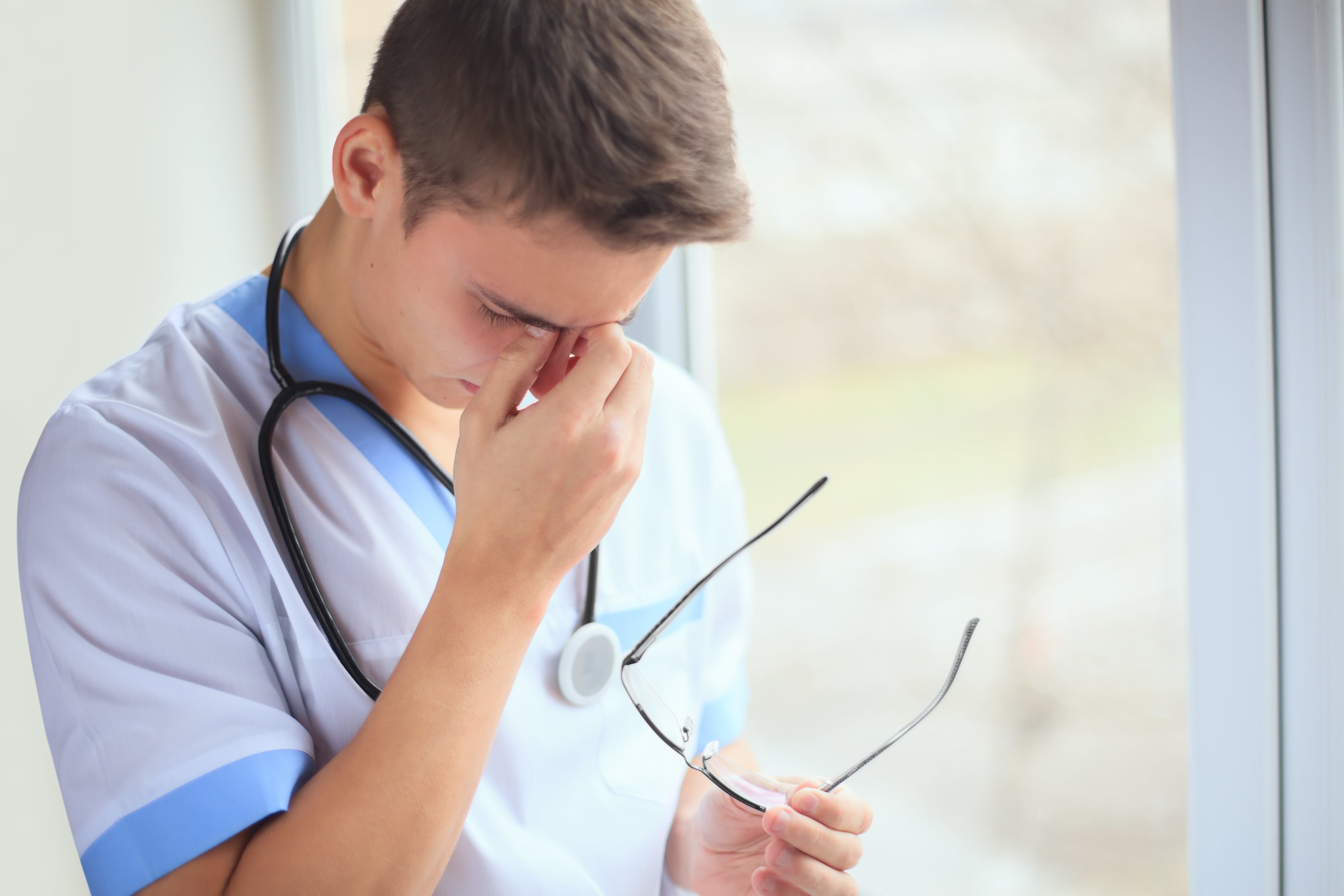
Under-reporting scalpel injuries: the risks to healthcare staff and institutions
In 2008, a survey by the Royal College of Nursing found that while 50% of nurses had sustained a sharps

5 Reasons You Should Open Ampoules with an Ampoule Opener
Ampoules are used by people all over the world. Even people who do not practice in the medical industry use

Performing an In-Service Demonstration For The First Time
G’day, my name is Oscar and I am Qlicksmart’s Sales and Marketing Assistant. Last month, our international Business Consultant, Mr
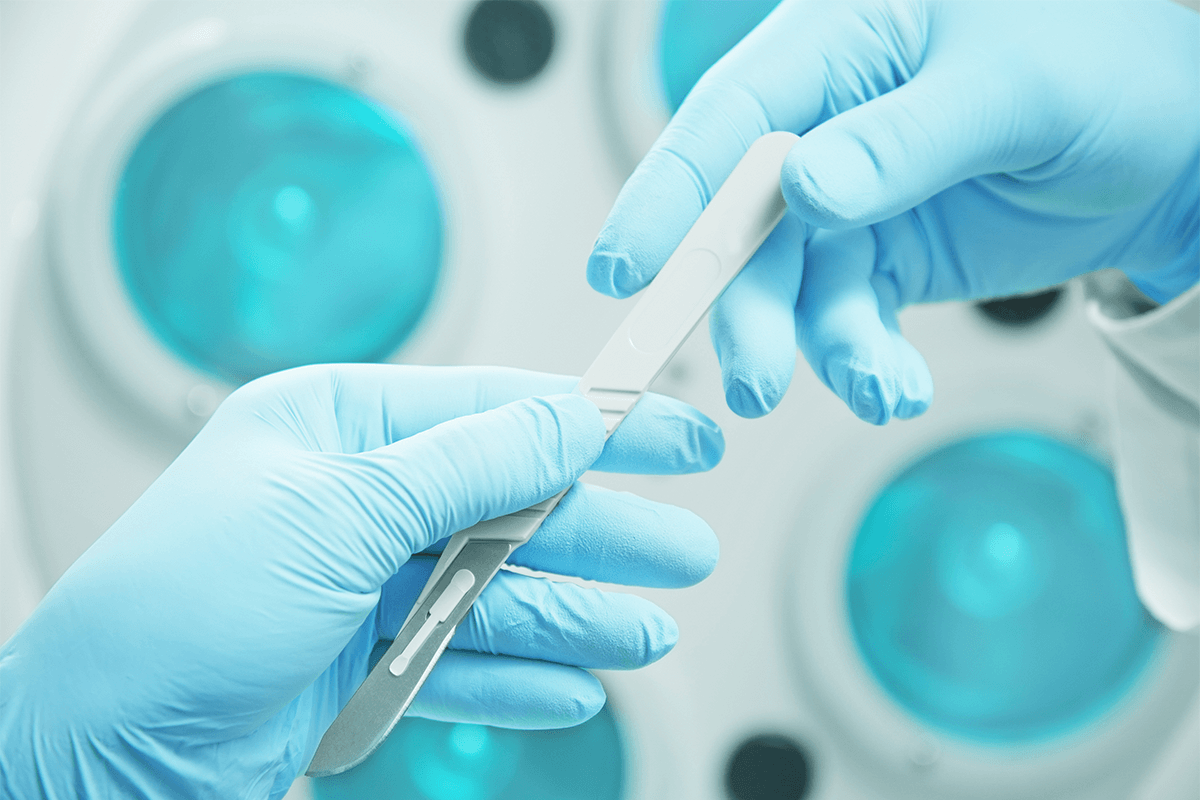
Clinical Contamination Control
Automated (passive) scalpel blade removers (SBRs) are used by doctors, podiatrists, and healthcare workers all around the world. They provide
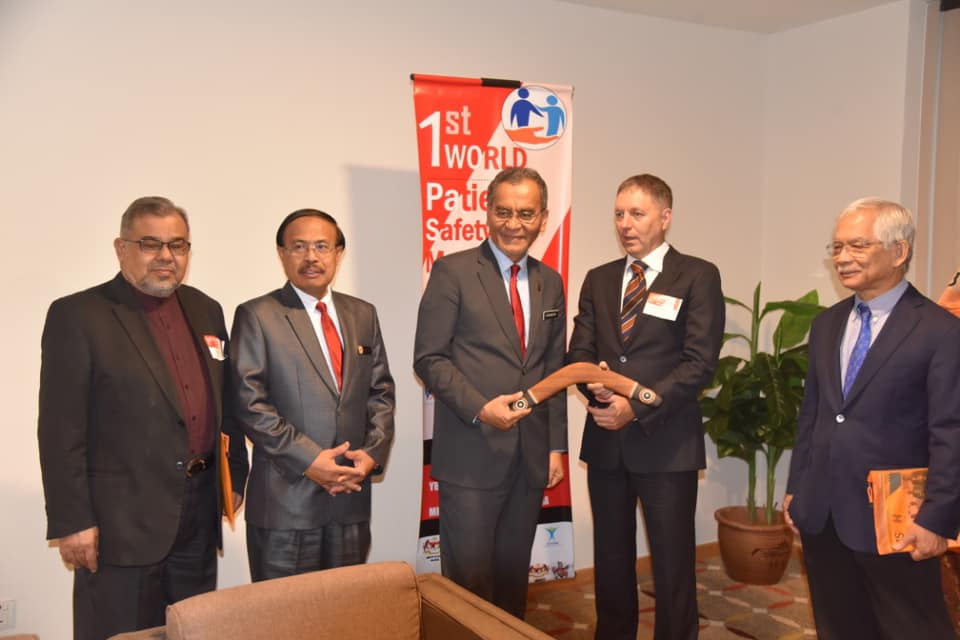
Qlicksmart Co-Founder Presents at World Patient Safety Day!
This September, the World Health Organisation (WHO) launched the first-ever International Patient Safety Day. Qlicksmart’s Co-Founder Dr. Michael Sinnott had the
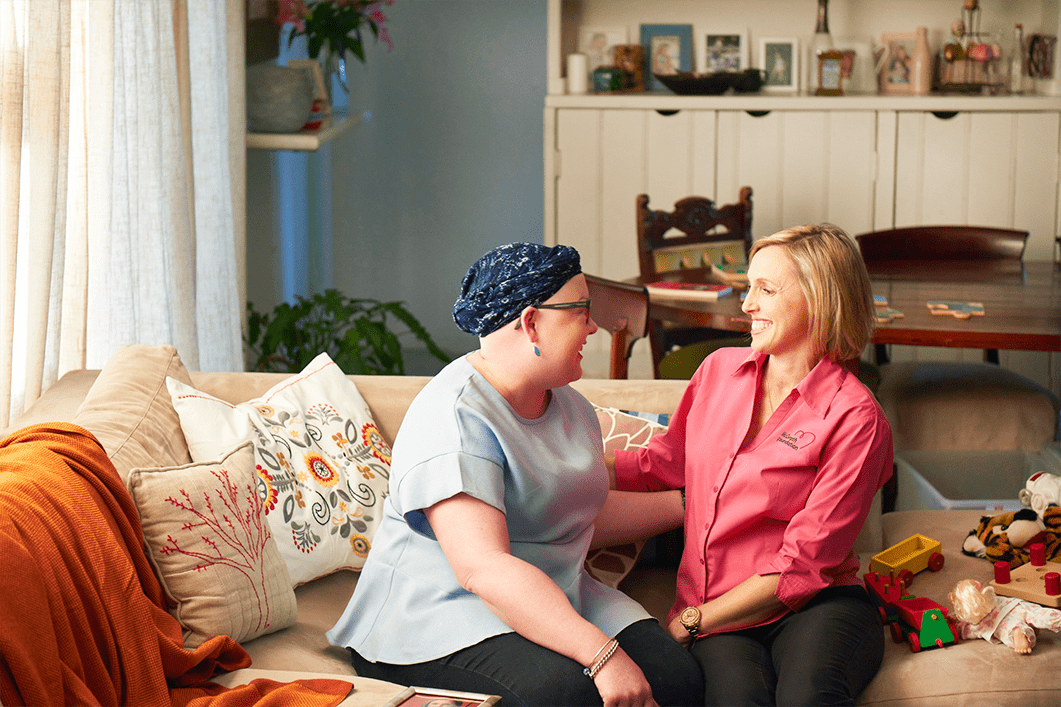
Breast Cancer Awareness – McGrath Foundation and Qlicksmart
Breast cancer is the most common cancer in women around the world, impacting 2.1 million women every year. In Australia,
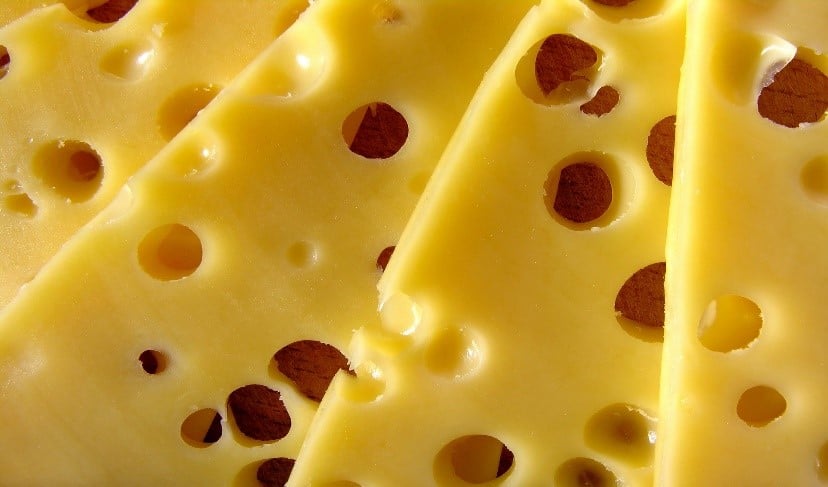
Swiss Cheese – An Important Part of Injury Prevention.
No one goes to work to injure themselves or those around them. Healthcare nurses, doctors, and technicians for example, are
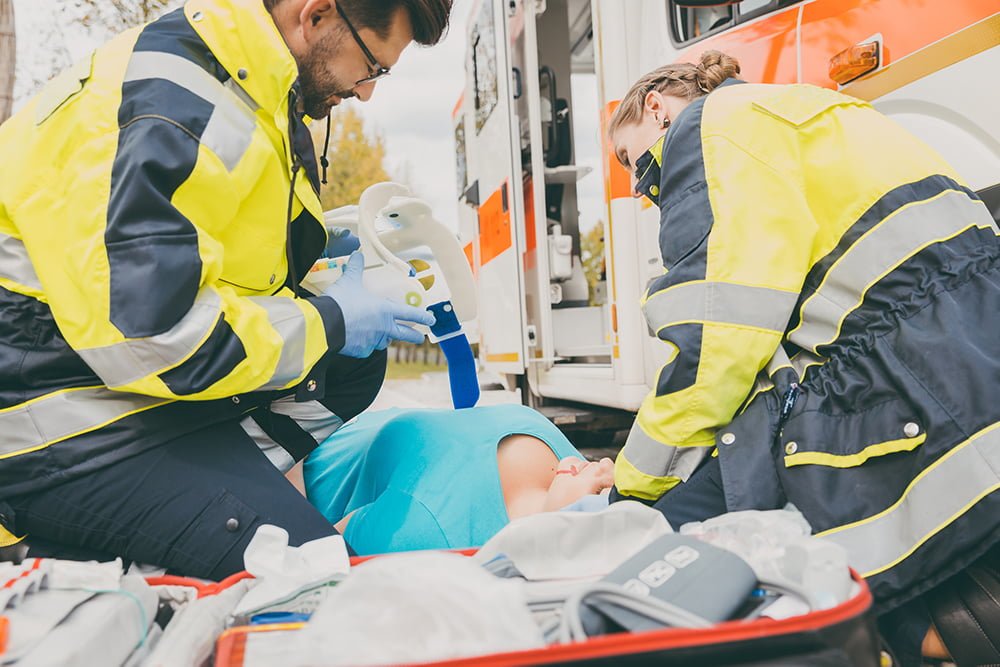
Prevention in Paramedicine – Where There’s No Room For Error
As the first responders to emergencies, paramedics are trained to deliver high levels of care in uncontrolled environments. By nature,

Holiday hazards and their impact on hospitals
The holidays are here and while most of us are enjoying time with our loved ones and kicking back, hospital
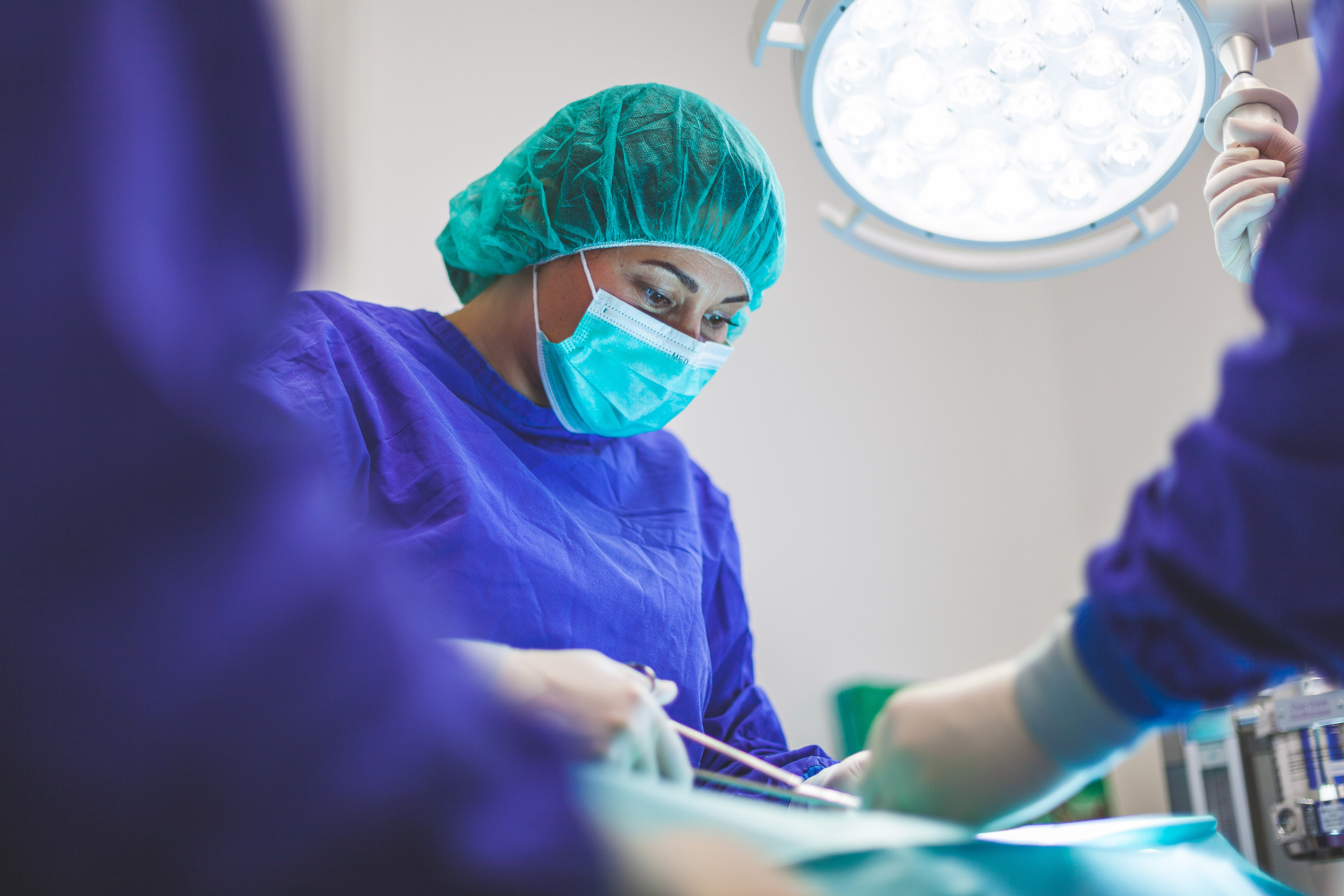
Celebrating World Health Organisation’s Year of Nurses and Midwives
Nurses and Midwives play an extremely important role in healthcare. Renowned for working tirelessly and in high pressure situations, nurses
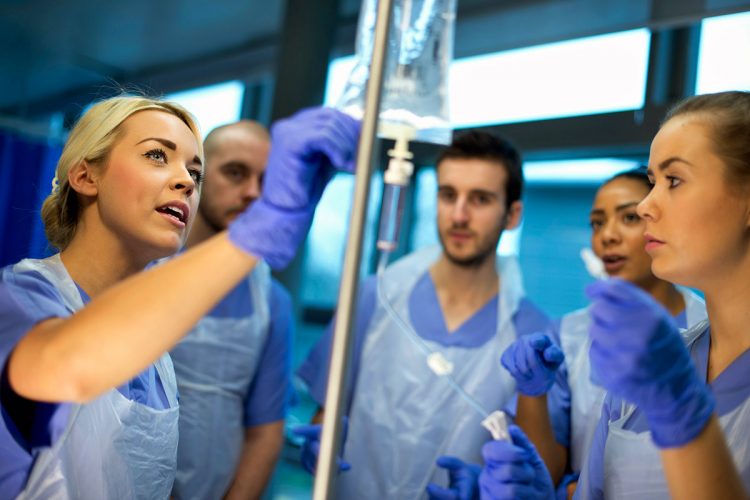
How Sharps and Needlestick Injuries Affect Medical Students
Sharps and needlestick injuries are a serious occupational health risk for those in the healthcare industry. This is especially true
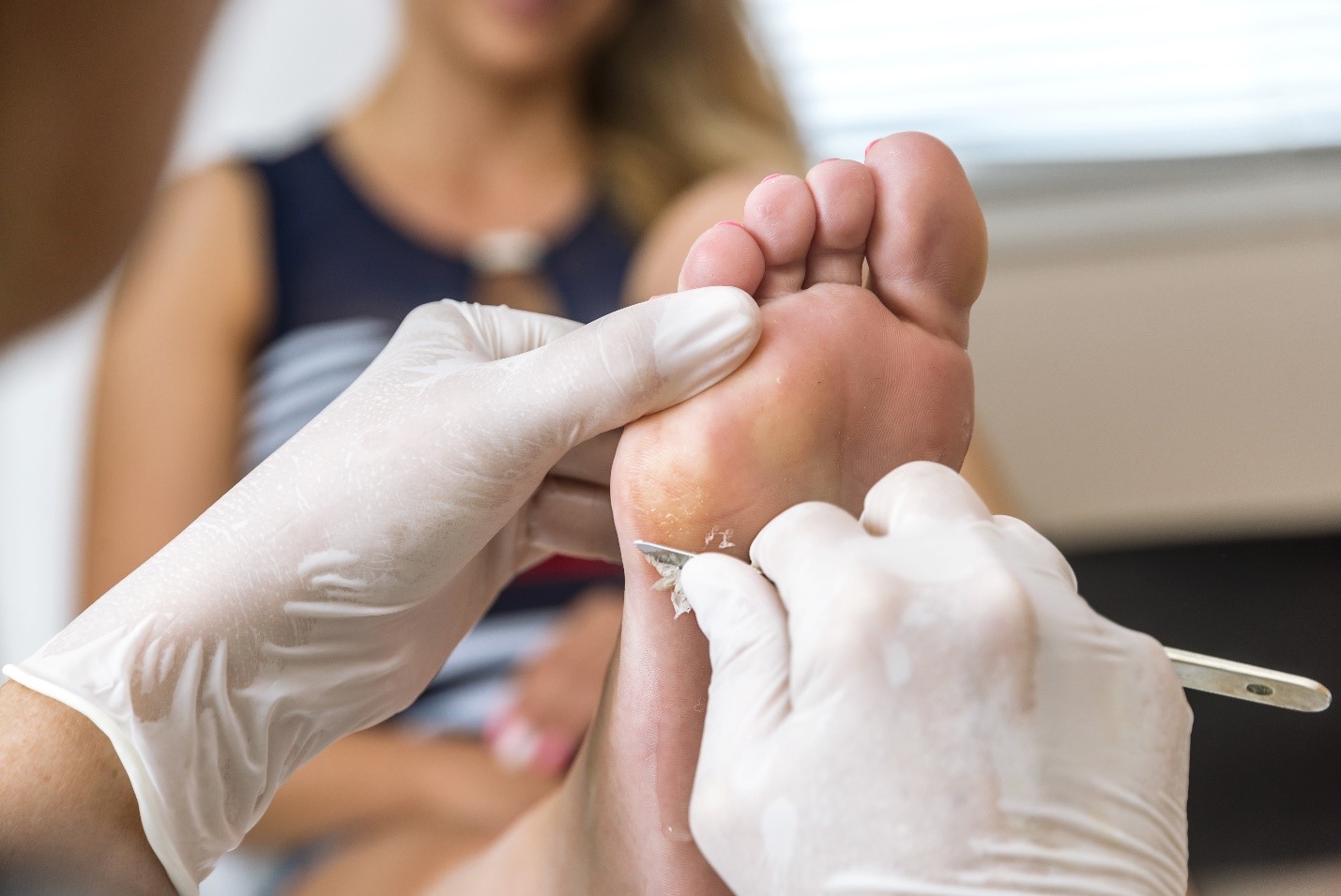
Podiatrists and Scalpel Cuts – Understanding the Risks and How to Prevent Them
Podiatrists use scalpels every day during patient care. They are one of the most frequent users of scalpel blades in
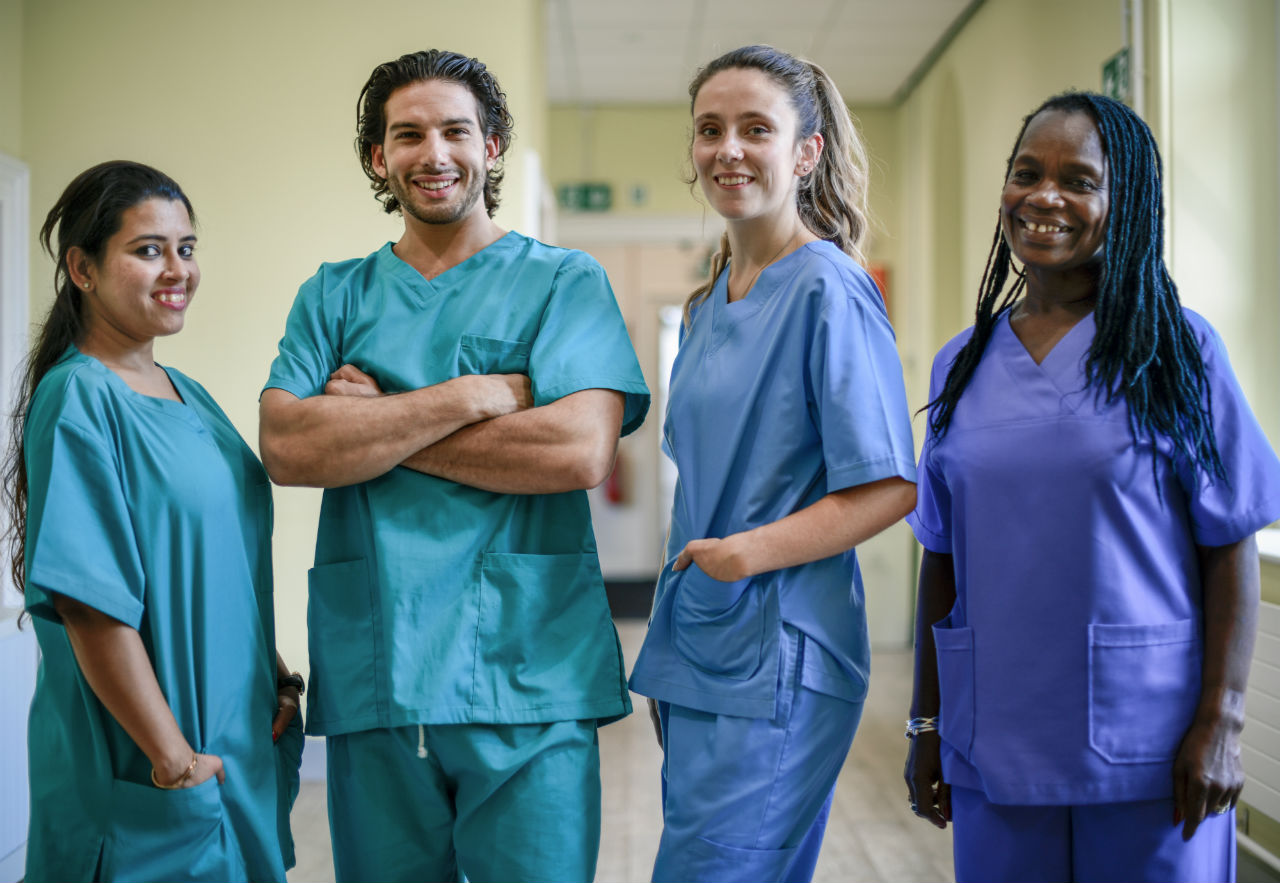
How To Invest in Healthcare Worker (HCW) Safety
En español Tight healthcare budgets have forced facilities and organizations to focus on cost-avoidance when relating safety in the workplace.

Translating Safety into Practice: Sharps Safety Example
En español In the last blog, we talked about investing in healthcare worker safety has proven long-term benefits, and how
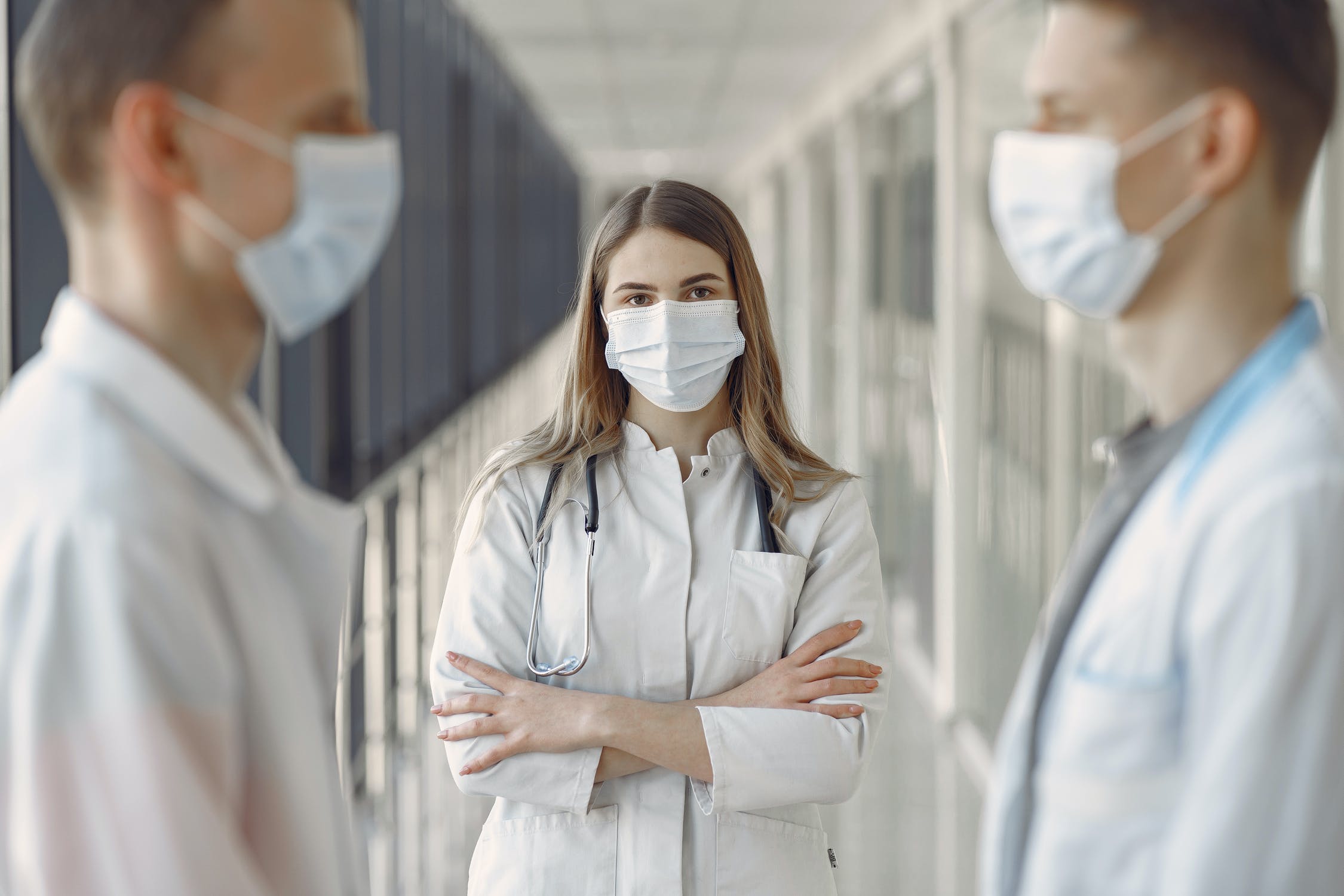
Who Contributes to Safety Culture in Healthcare?
En español Creating a safety culture is essential for improving patient care and healthcare staff satisfaction. It allows facilities to

How to Evaluate Safety Implementation in Healthcare
As we know, having a safety plan is extremely important in healthcare. Risks of injury can incur financial costs to
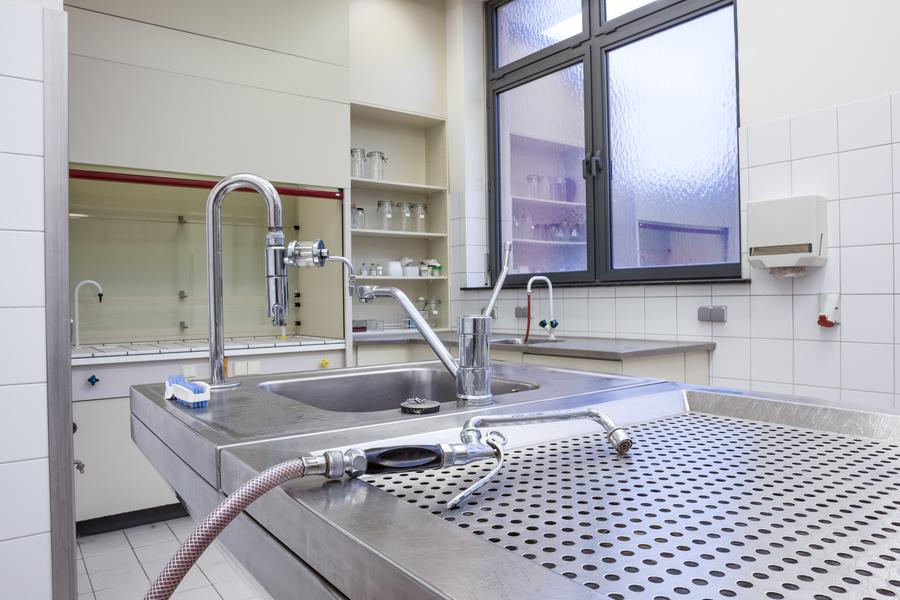
Risks of Scalpel Injuries in Autopsies
Working in a autopsies can be demanding and often requires complex dissection using scalpels. Autopsy surgeons, forensic pathologists, and the
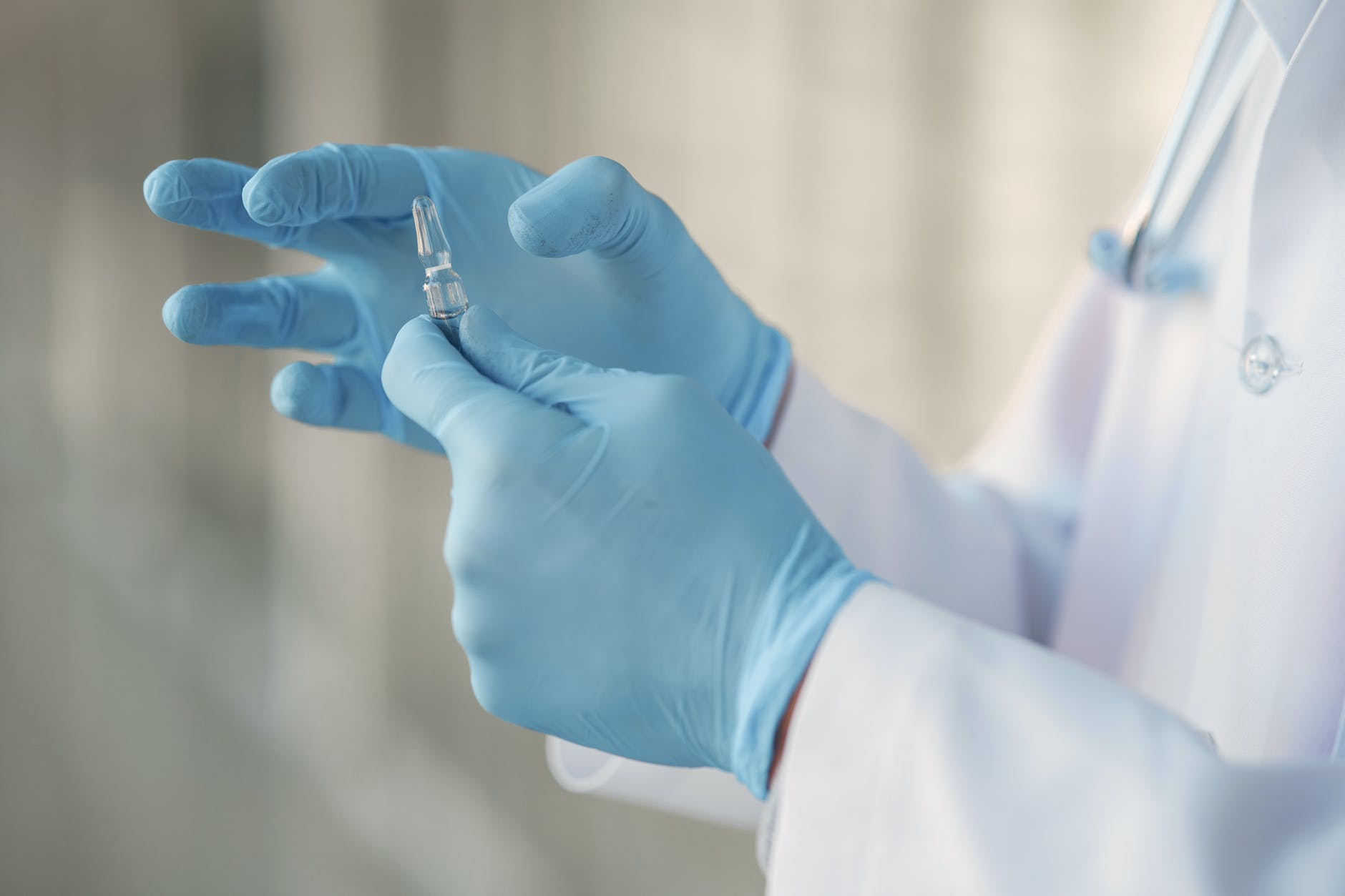
The Danger of Misconception Regarding the Risks of Ampoule Cuts
Needle-stick and sharps injuries (NSI) are a commonly reoccurring issue in healthcare workplaces. Without adequate protection, healthcare professionals face many
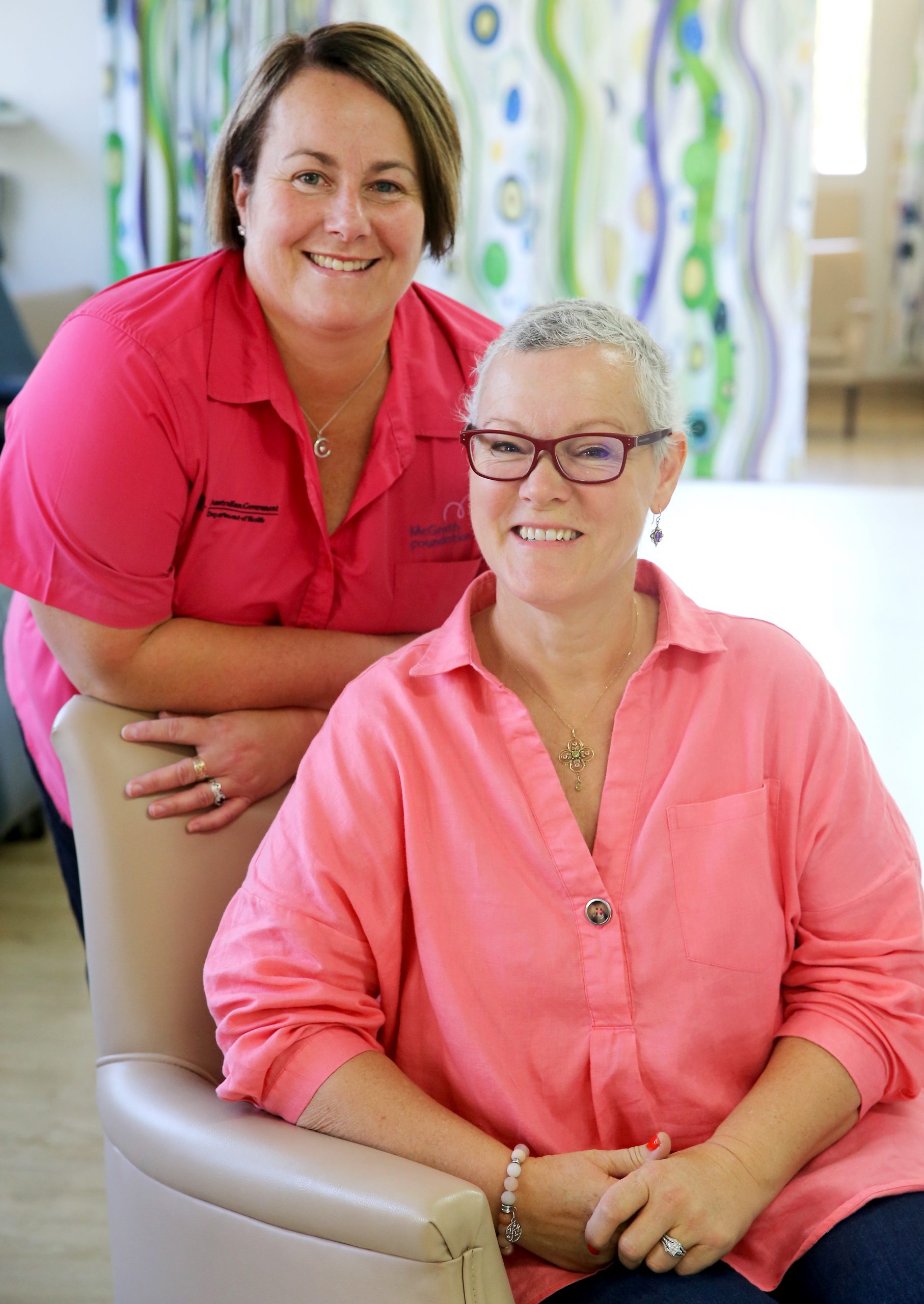
Breast Cancer Awareness Month 2020
Breast cancer is the most common cancer among women around the globe, causing major physical and emotional problems for those

Preventing the Risk of Scalpel Injuries to Livestock Handlers
Livestock handlers undertake surgical castration with scalpels to remove testicles from male animals such as cows or swine. Livestock handlers
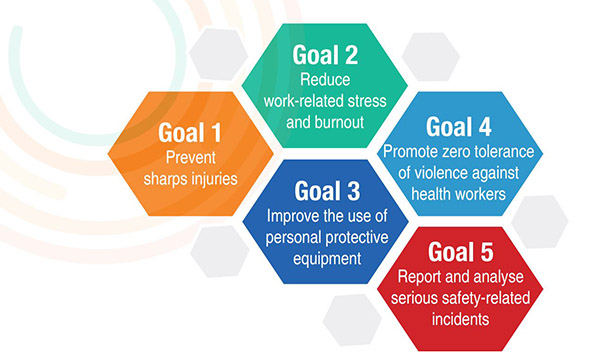
World Health Organization’s Number 1 Goal: Prevent Sharps Injuries
The COVID-19 pandemic has highlighted the risks and challenges that healthcare workers face every day. This includes injuries, infections, violence,

10 Christmas Gifts for the Unsung Heroes of the Pandemic: Nurses
With the whiff of uncertainty and the plight of the epidemic hovering over this year, it is no surprise that

World Health Organisation: 2021 is the International Year of Health Care Workers
To bring to light the dedication of healthcare workers worldwide throughout the ongoing COVID-19 pandemic, the World Health Organisation has
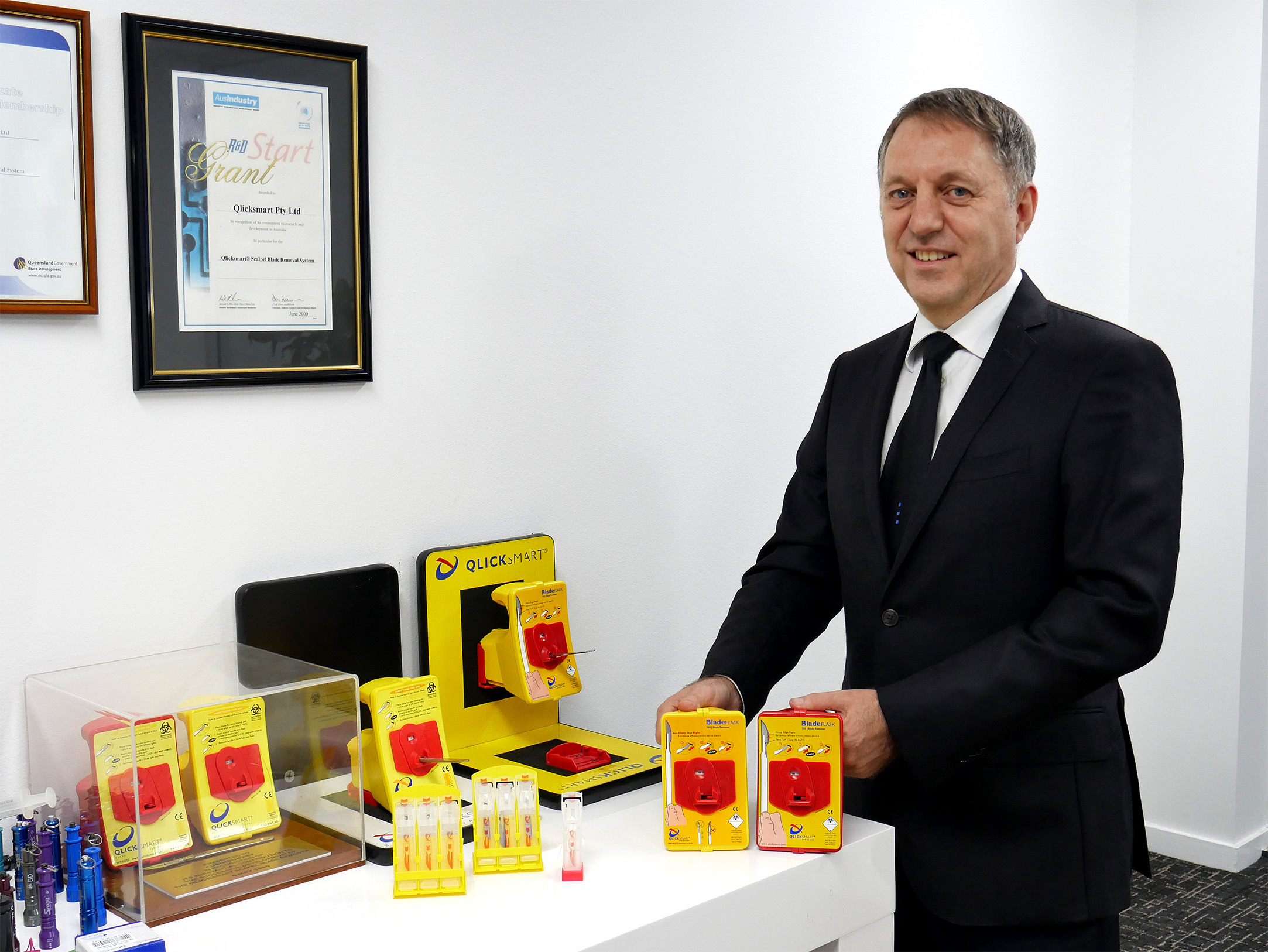
New Australia Standards AS 3825:2020 Procedures and Devices for the Removal, Containment and Disposal of Scalpel Blades
In December 2020 Standards Australia published AS 3825:2020 Procedures and devices for the removal, containment and disposal of scalpel blades
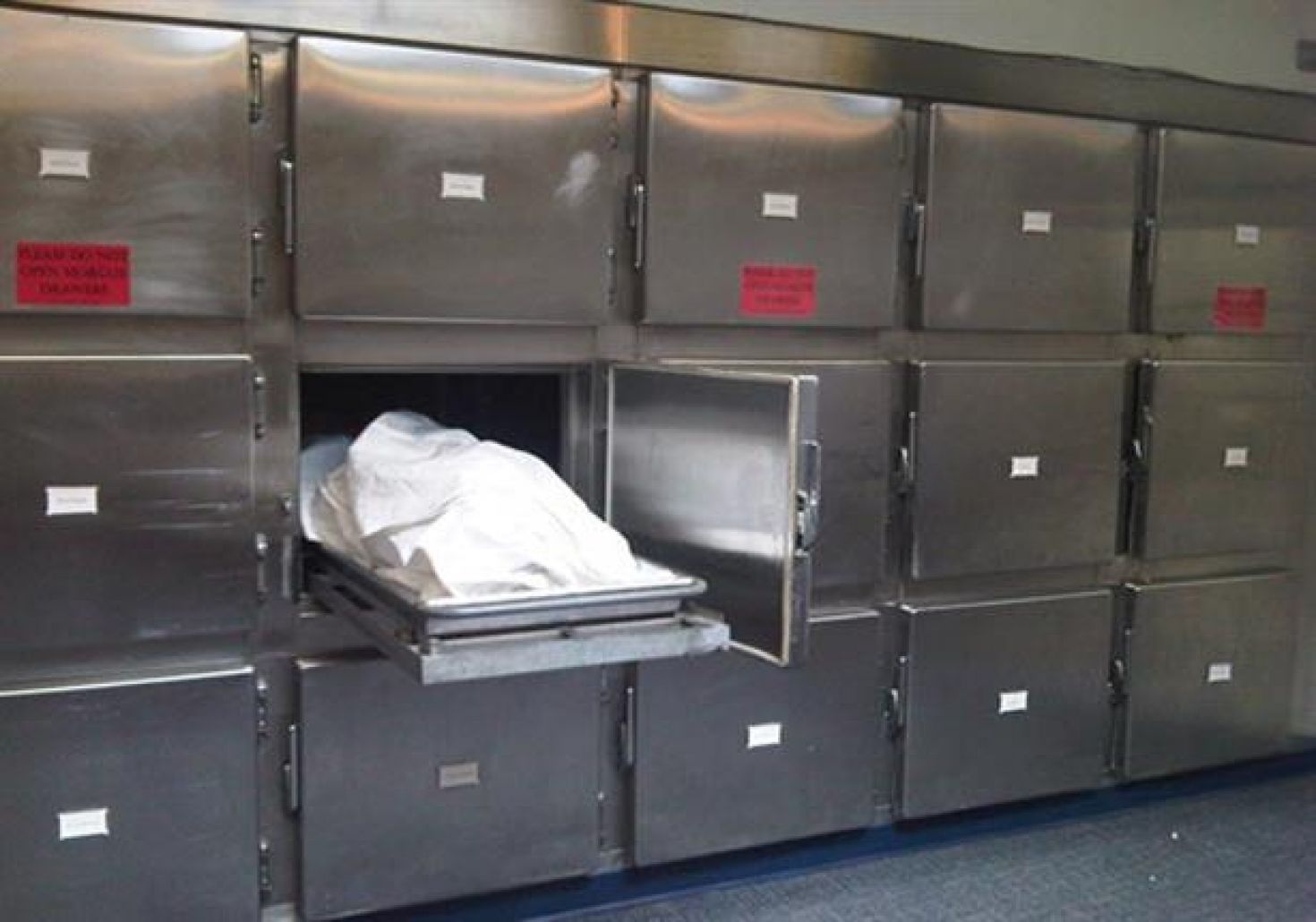
It’s Your Funeral: Risks of Sharps Injuries in Funeral Facilities
Funeral directors and embalmers have close contact with cadavers and body fluids, which leaves them at risk of sharps injuries
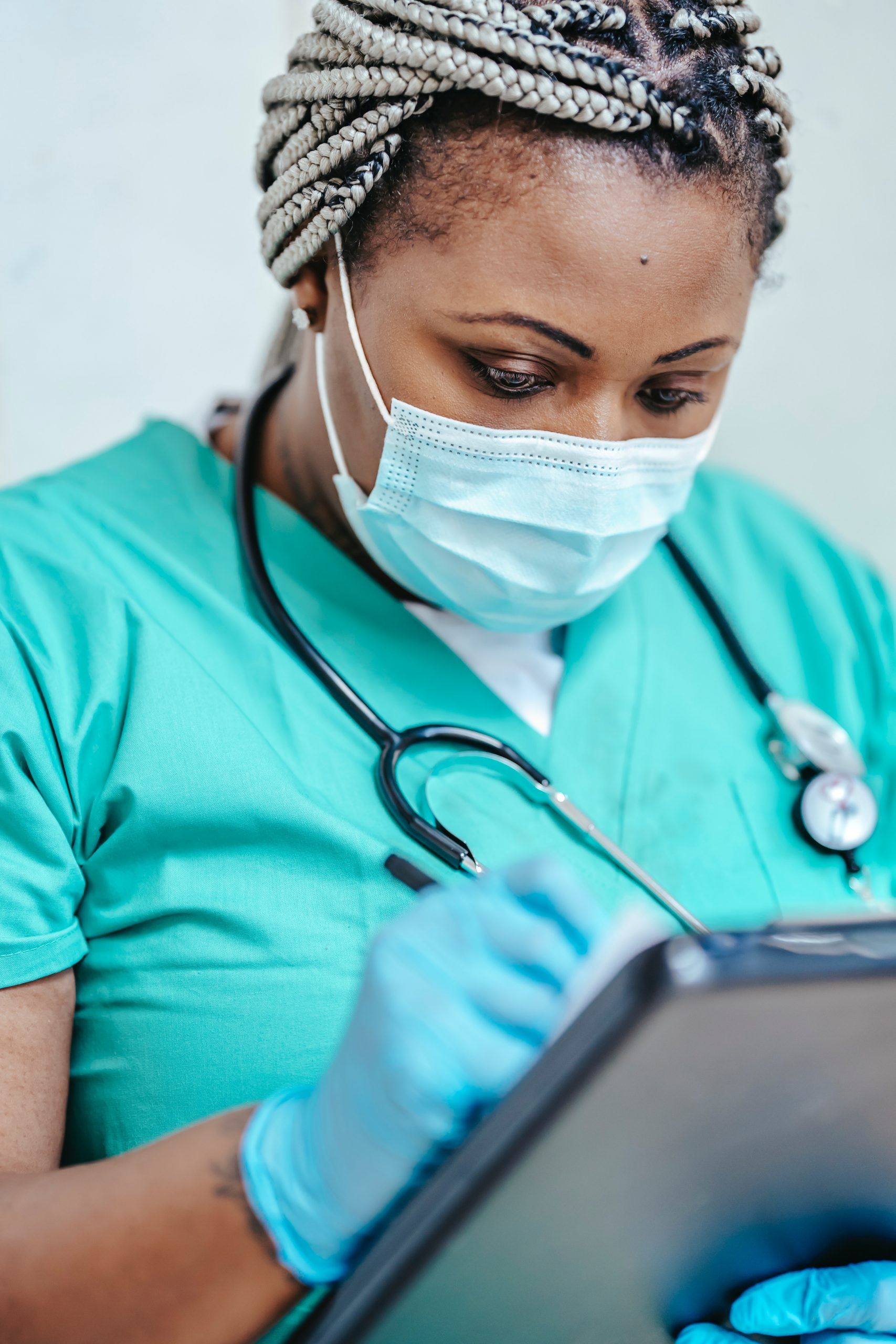
What Does It Take To Be A Safety Champion?
Finding safety champions isn’t always easy. Sometimes they come from the most unlikely candidates. It could be you, or it
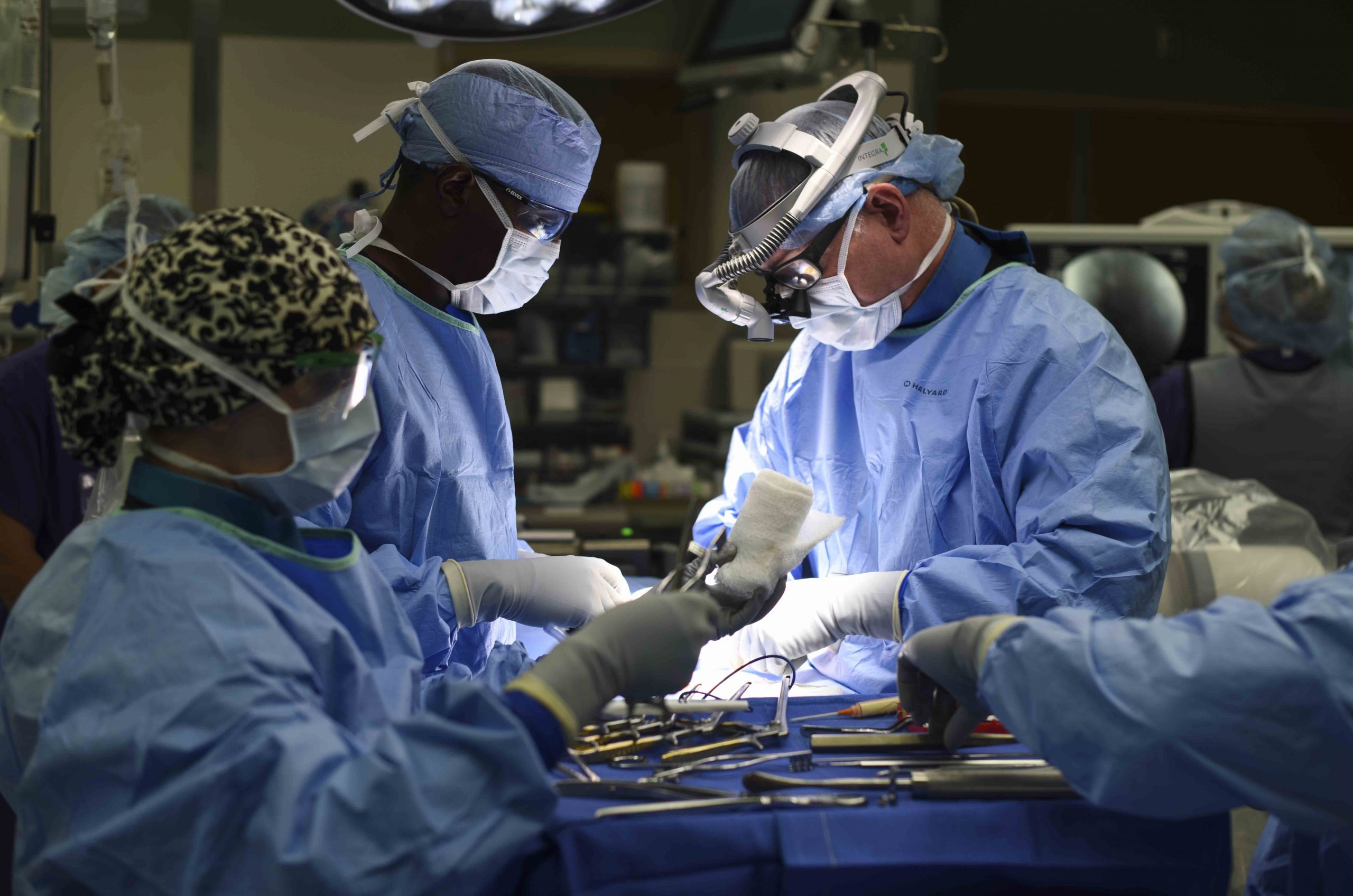
NHMRC’s Updated “Guidelines for the Prevention and Control of Infection in Healthcare”
The National Health and Medical Research Council (NHMRC) is Australia’s leading organisation for health and medical research. They provide funding
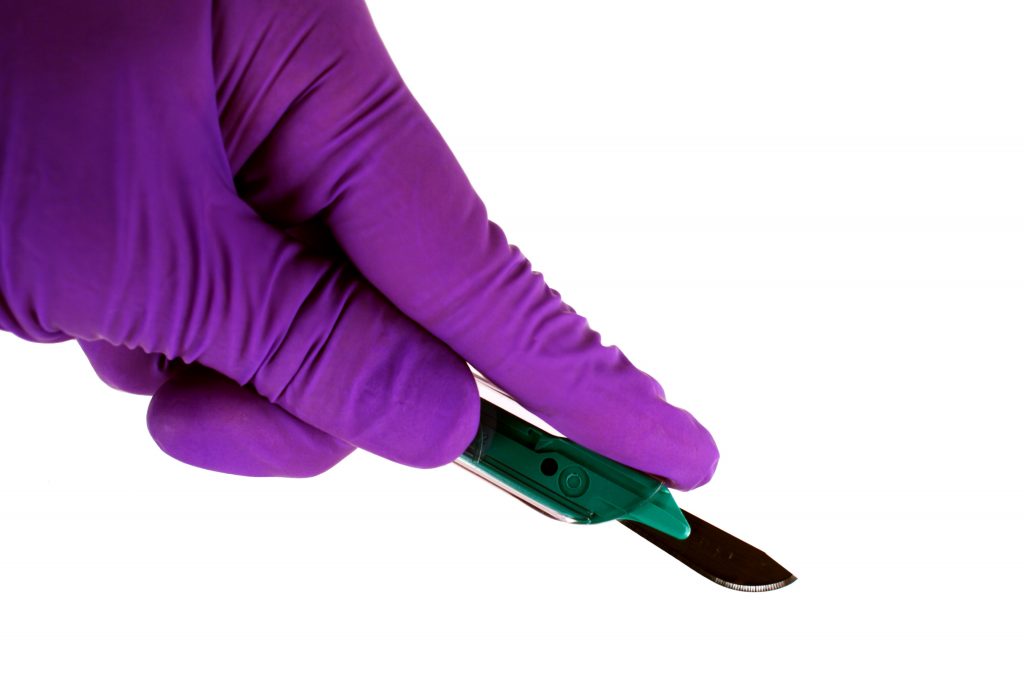
Are Safety Scalpels Actually Safe?
Injuries from needles and scalpels are one of the biggest concerns among health care workers with upwards of 18,000 healthcare
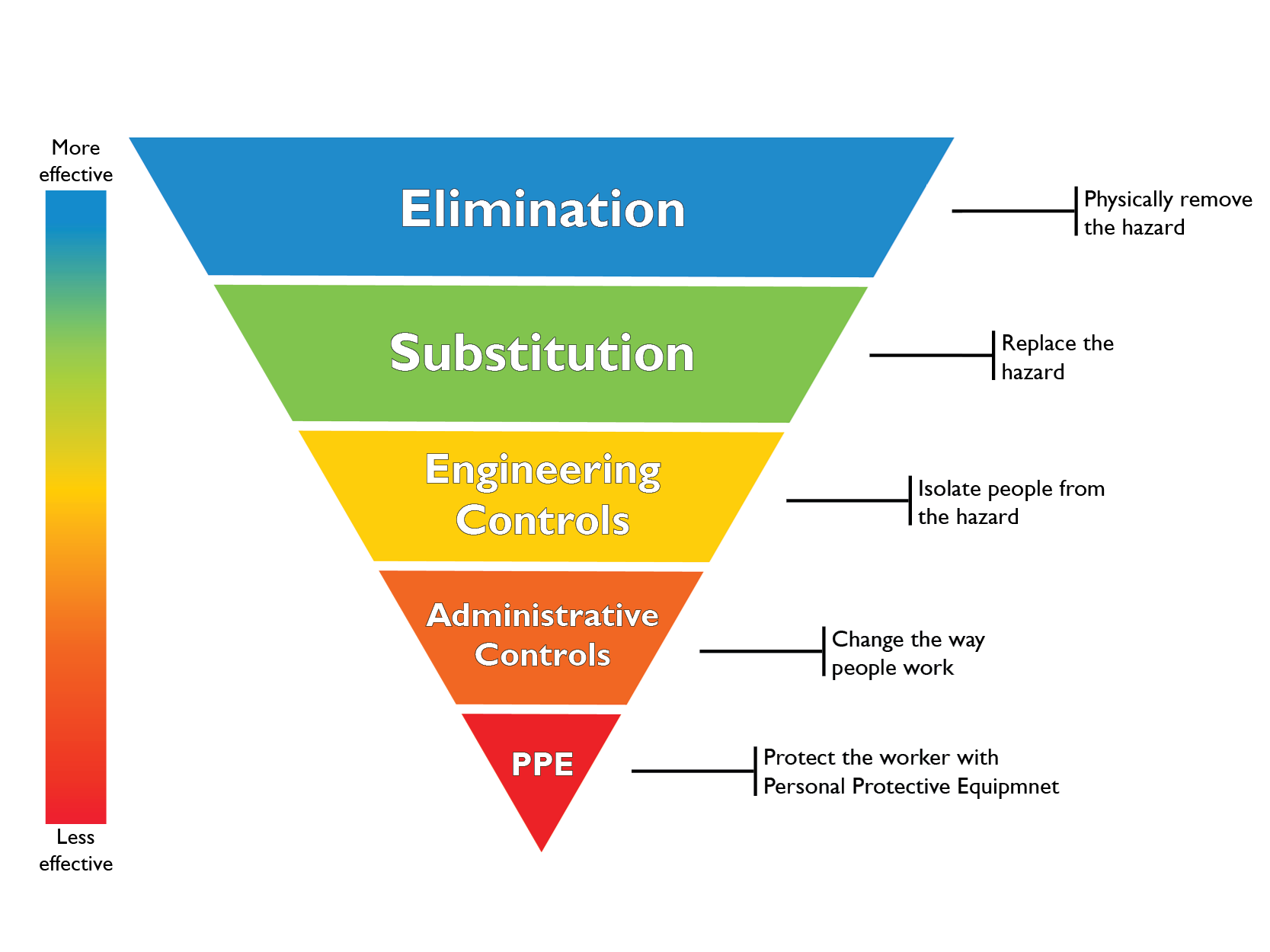
The Hierarchy of Controls and Sharps Safety
Addressing the Hierarchy of Controls Using Sharps Safety The Hierarchy of Controls is a very effective method for managing hazards
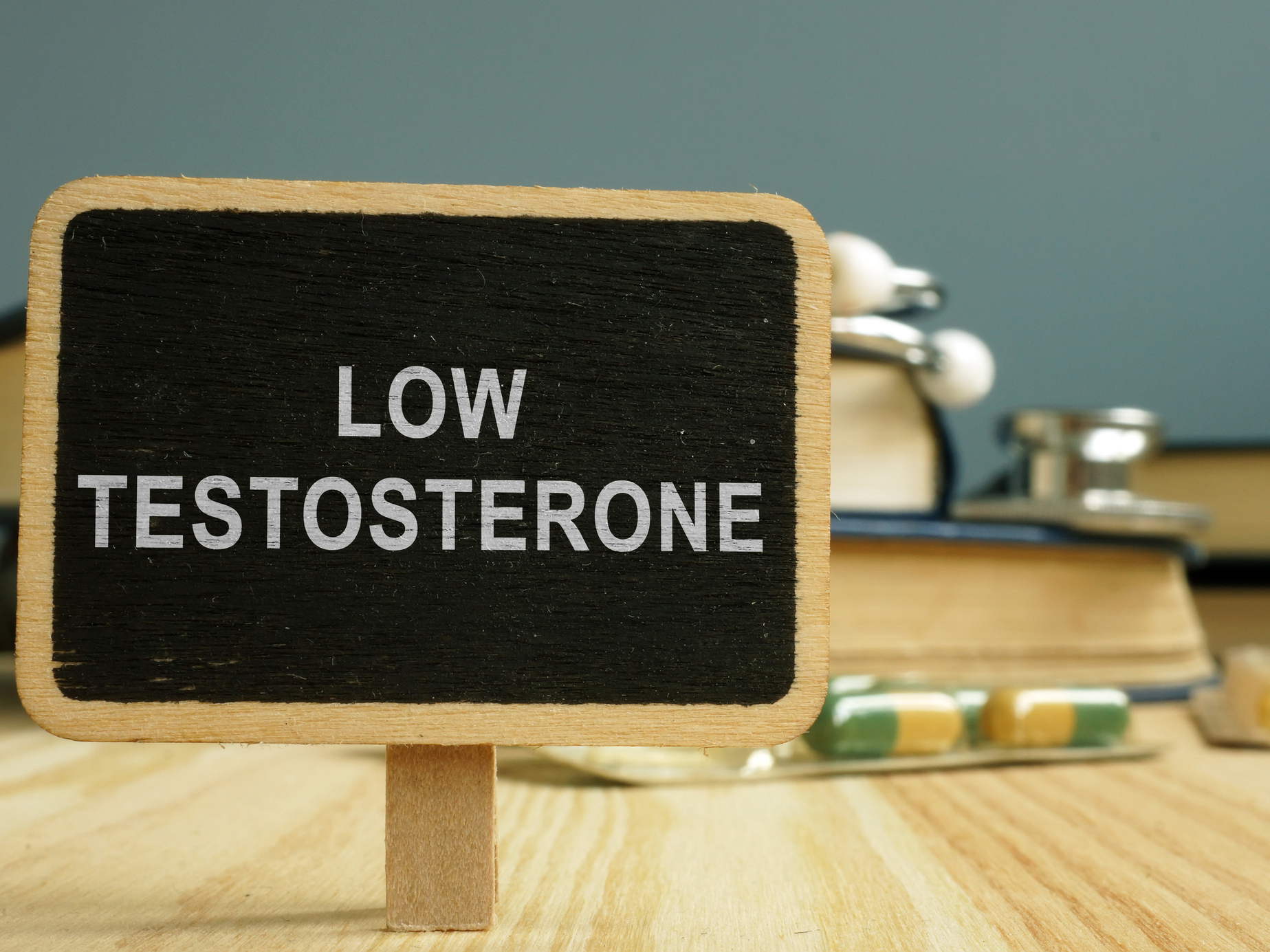
Reduce Your Risk When Using Testosterone Ampoules
Over the last 2 decades, testosterone prescriptions have increased. In the US alone, testosterone is being prescribed to over 1
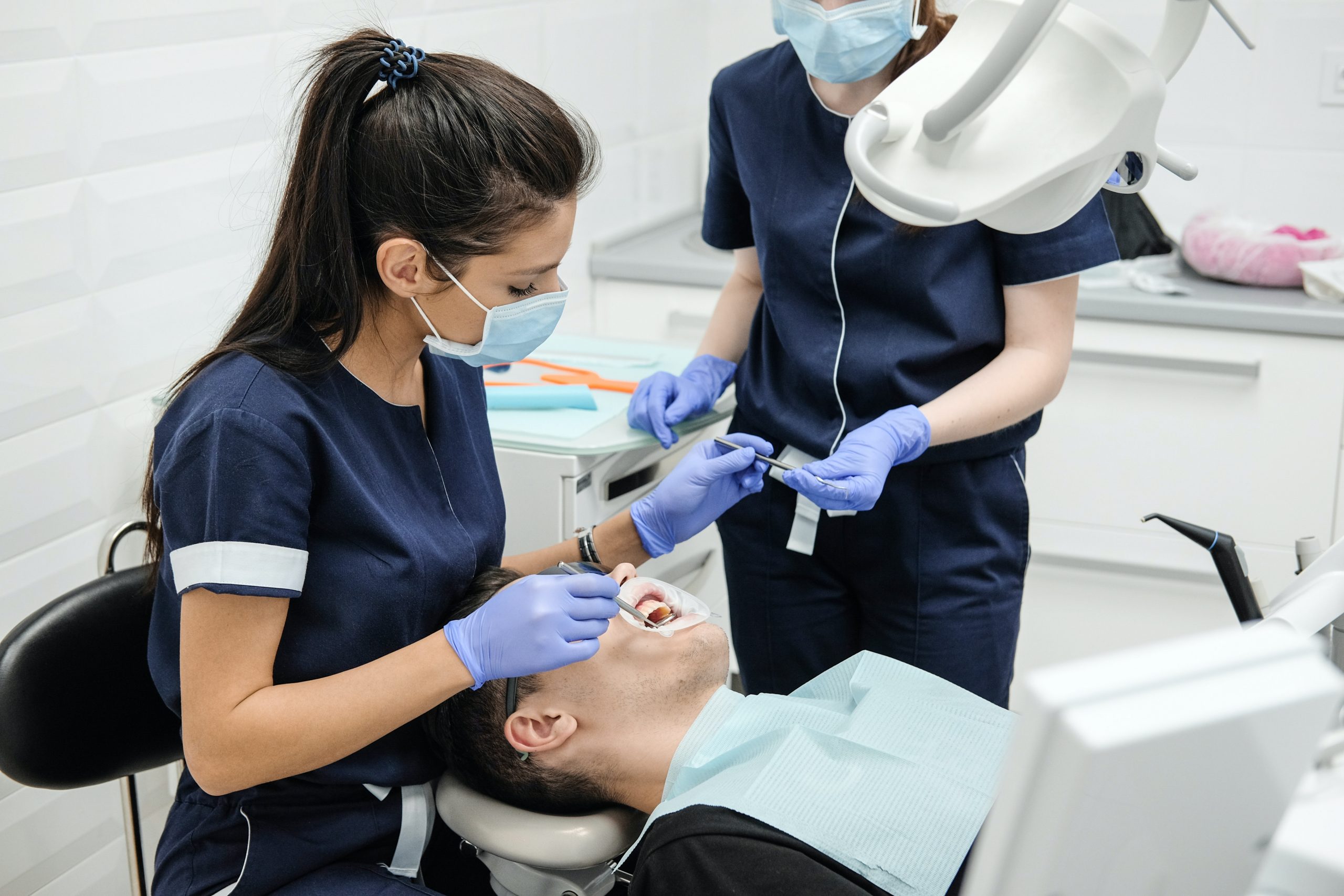
Sharps Injuries in Dental Practice and How to Prevent Them
Needles and sharps instruments are essential to dentistry practice which is why sharps injury rates are a huge concern for
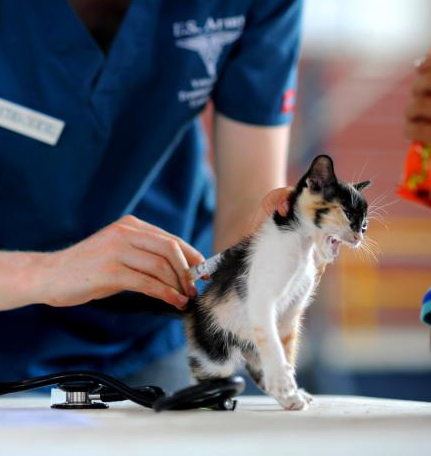
Veterinary Cuts: The Problem of Sharps Injuries in Pet Care
Sharps injuries are a worrying concern for veterinarians. A survey sent to members of the Veterinary Surgeons Board of Queensland
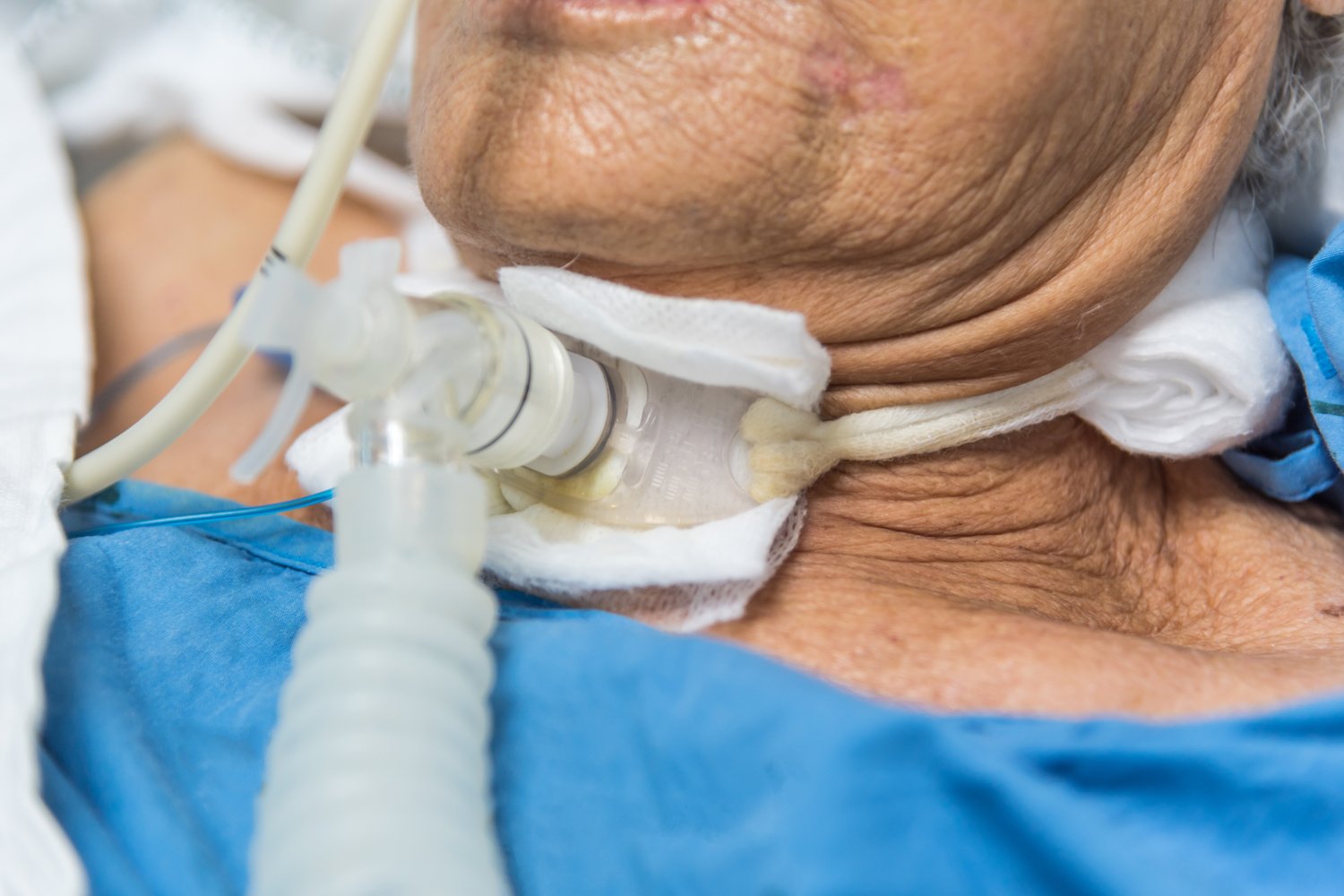
Ancient Operating Procedures and Surgeries Still Used Today
Throughout mankind’s history, we’ve always tried to fix anything broken – including our bodies. Surgery was first invented during the

Sharps Injury Rates Rise During the Covid-19 Pandemic
Nurses feeling overworked and stressed with the surge of Covid-19 patients in hospitals and clinics have led to a 50%
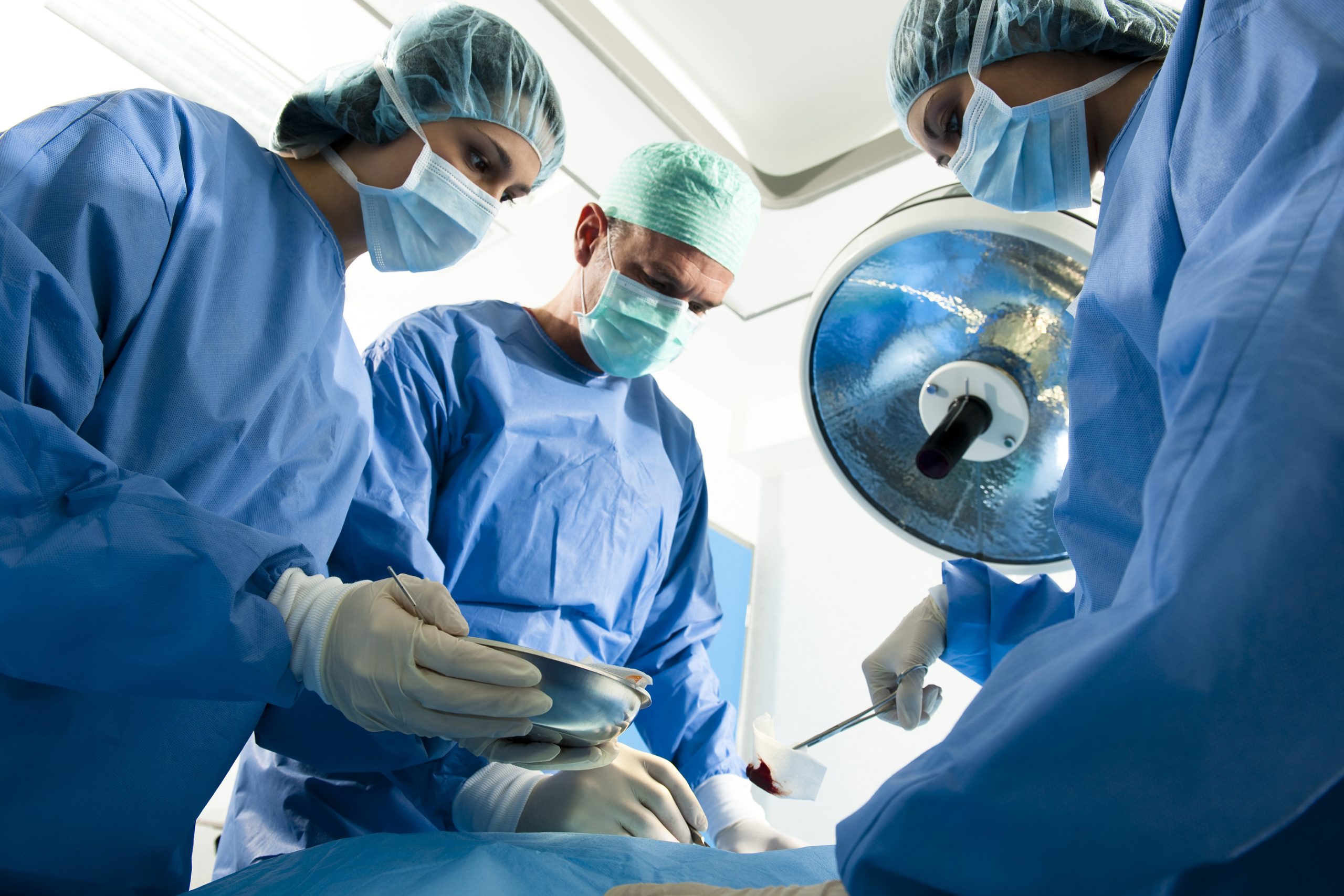
Sharps Injuries in the Operating Room
Sharps injury risks represent a significant area of concern in operating rooms. The Center for Disease Control and Prevention or
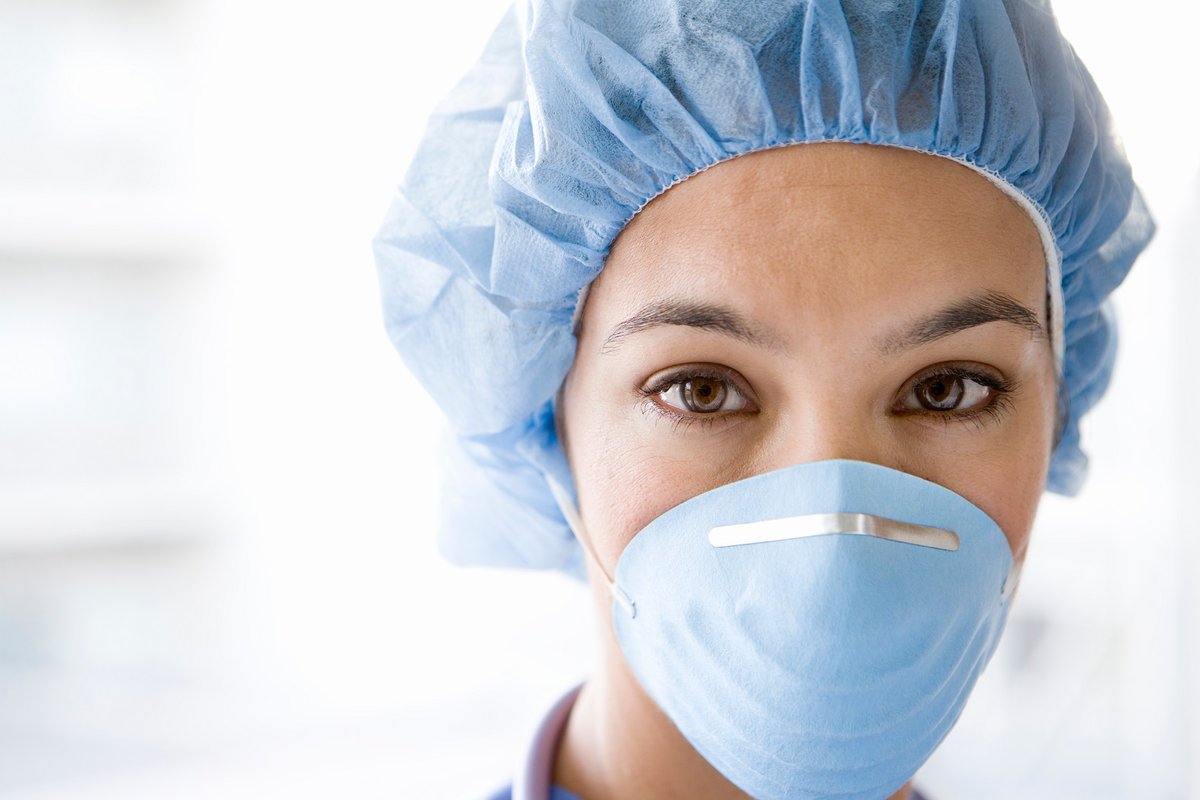
International Nurses Day: Celebrating Their Dedication to Health and Safety
Everyday, nurses around the world work tirelessly to keep people safe, healthy, and happy. Late nights, early mornings, and unpredictable

Sharps Injuries in Laboratories
Sharps injuries are a significant injury and health hazard for those that work in laboratories, especially in “wet labs” where
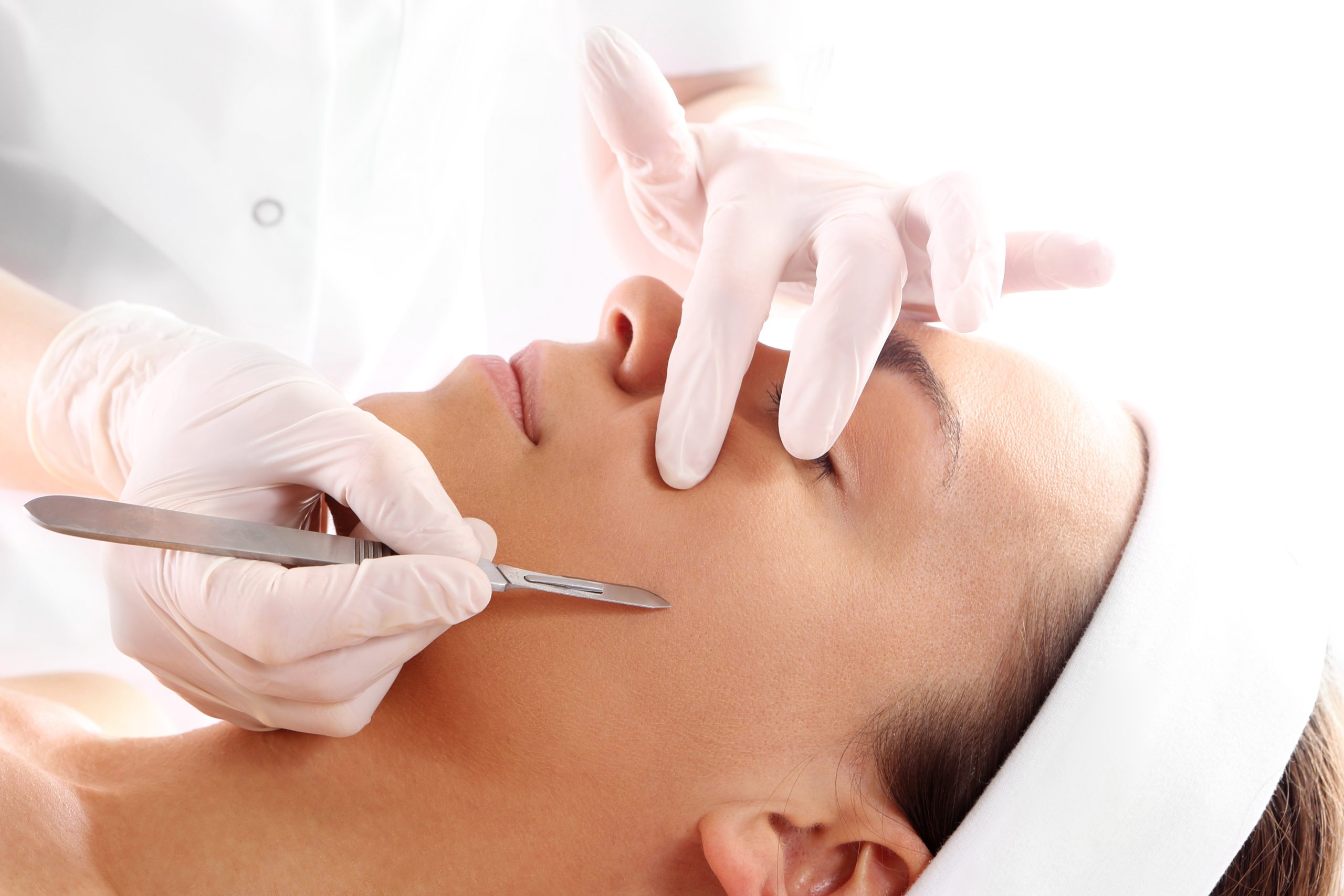
Skin Deep – Sharps Cuts in Dermatology
As dermatologists are often required to do operative procedures, sharps injuries occur and can have significant consequences. Sharps Injuries in
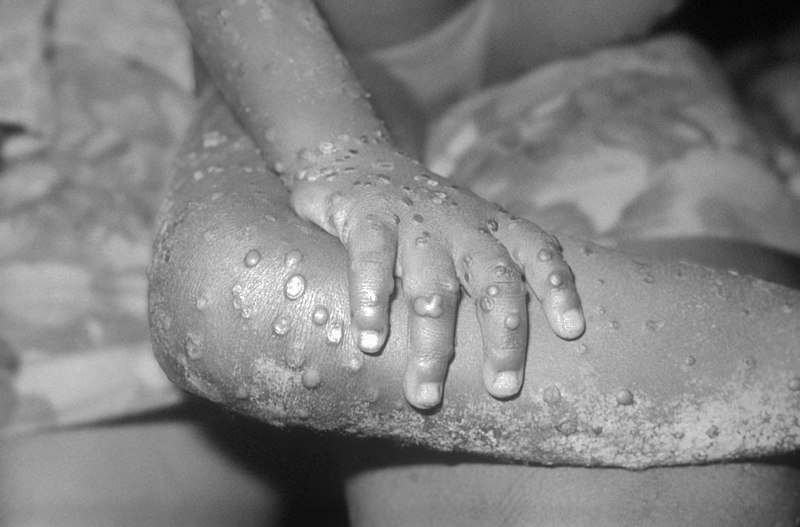
The Rise of Monkeypox and How We Can Protect HealthCare Workers
What is Monkeypox? Monkeypox virus is part of the family of variola viruses, which also includes the smallpox virus. The
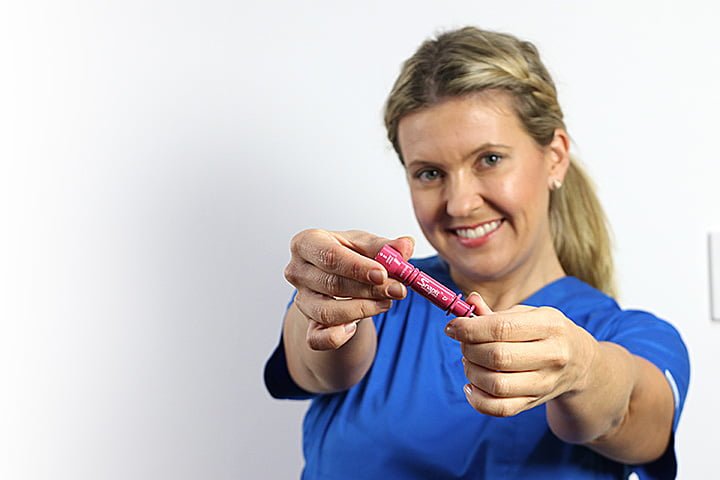
Getting Ampoule Cuts from Dermatology Beauty Serums
Ampoules are small containers made from glass, usually carrying around 2 millilitres of beauty serum or medication. In the beauty
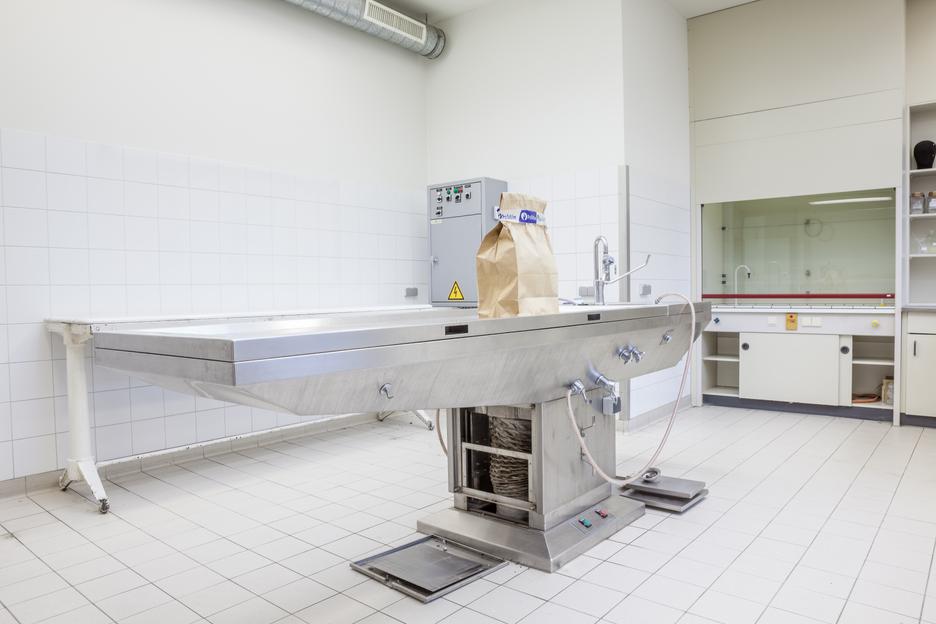
Medical Examiners: Risk of Injuries and Infections
Medical examiners, also known as forensic pathologists, investigate deaths if they are deemed unusual or suspicious. However, it is not

How Dentists Stop Glass Ampoules Injuries
Dentists often use local anaesthetics and pharmaceuticals that come in glass ampoules for procedures and operations. It has been found

Scalpel Cuts in the Manufacturing Industry
Scalpel blades are also used in a variety of industries outside of the medical industry, particularly in manufacturing. These are
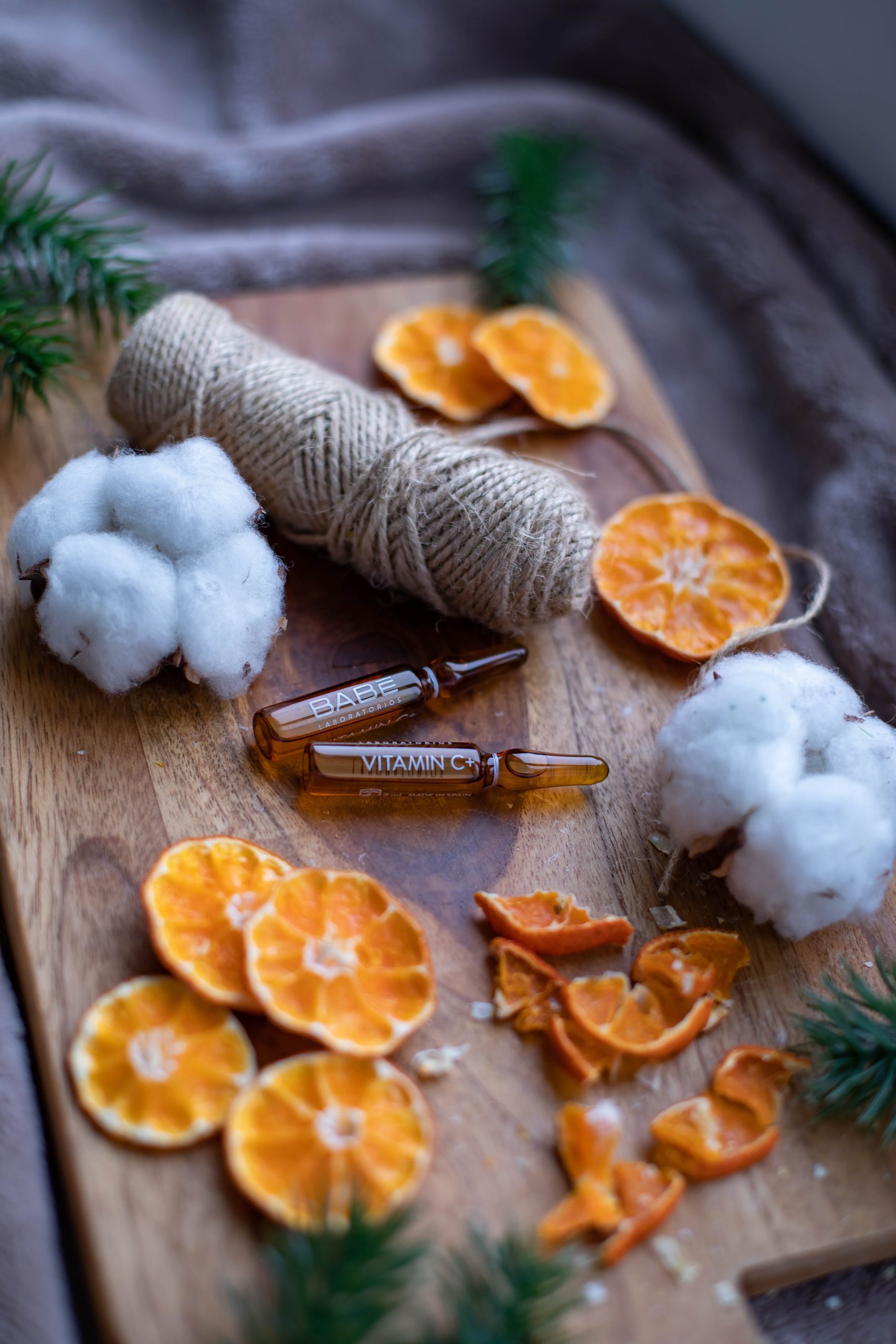
Guide On How To Safely Open Ampoules
Ampoules are small glass containers used to store liquid medications and other substances that are sensitive to light and air.
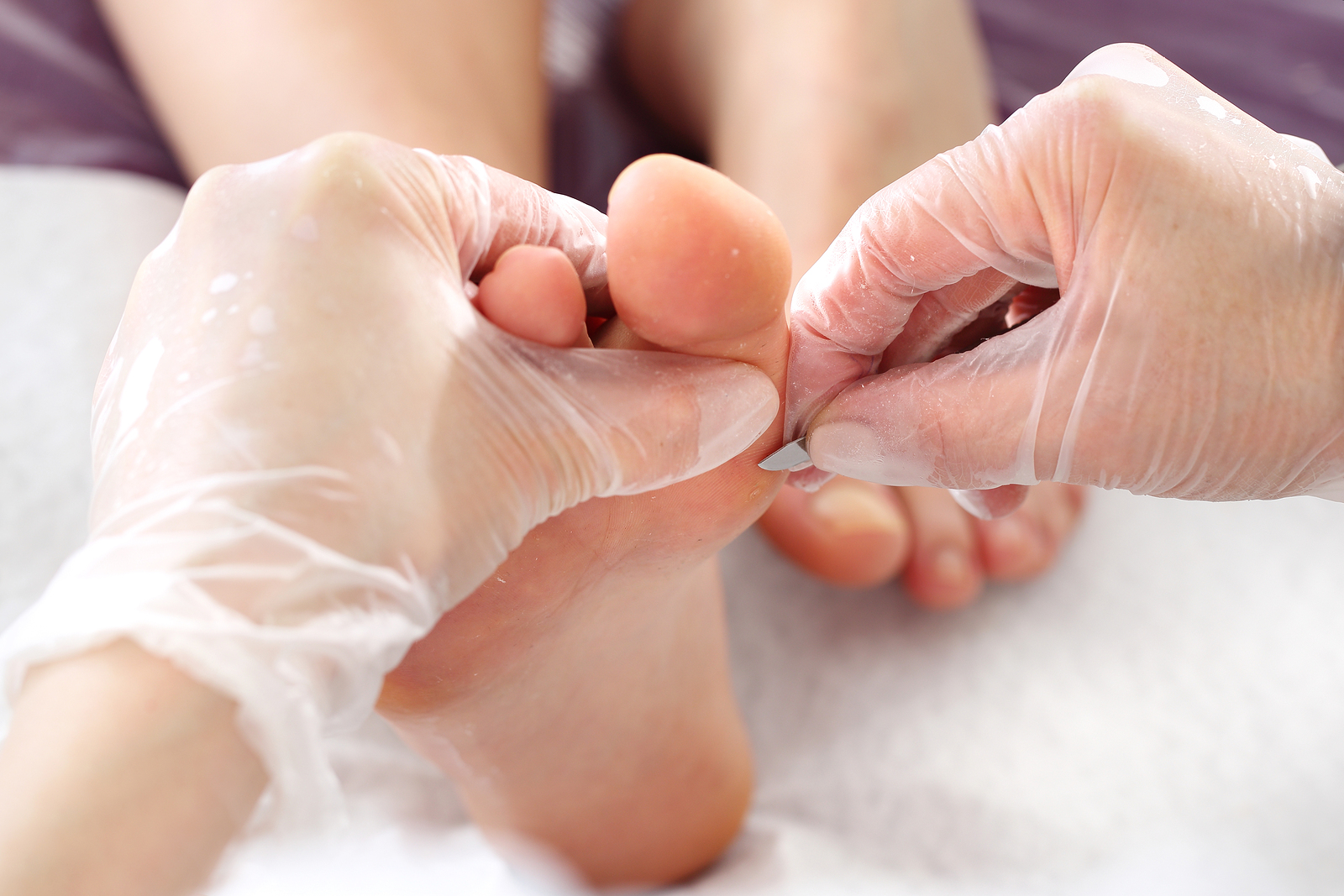
Sharps Injuries in Podiatry
Podiatry, the study and treatment of conditions affecting the feet and lower legs, involves the use of sharp instruments, such
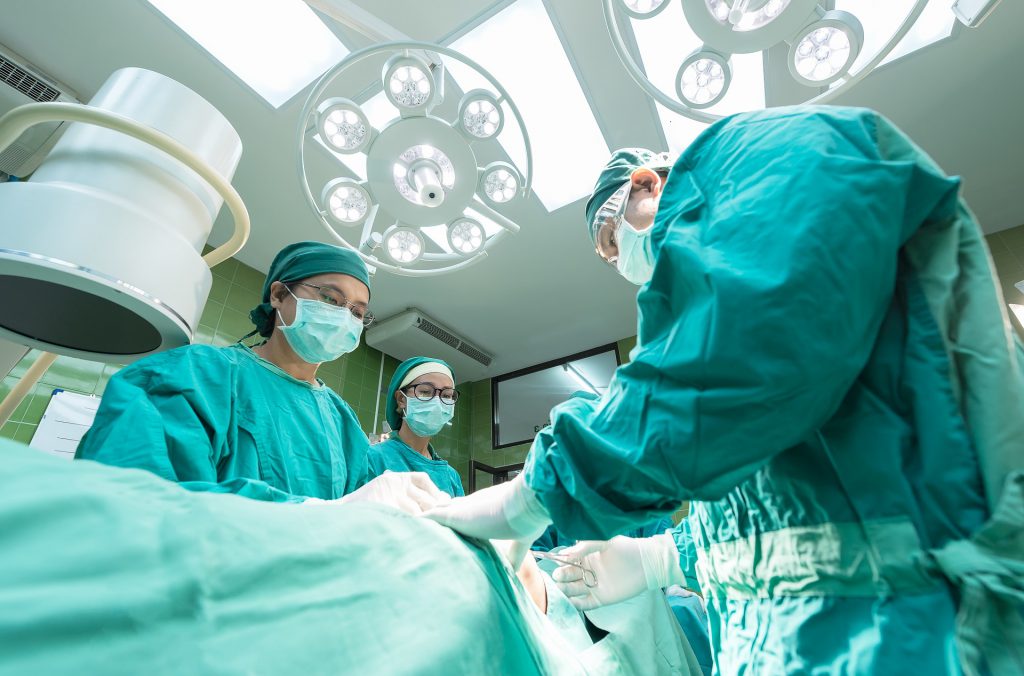
What Nurses Need To Know About Sharps Injuries
Sharp injuries has always been a concern in the healthcare industry and in particular, nurses. Nurses are at high risk
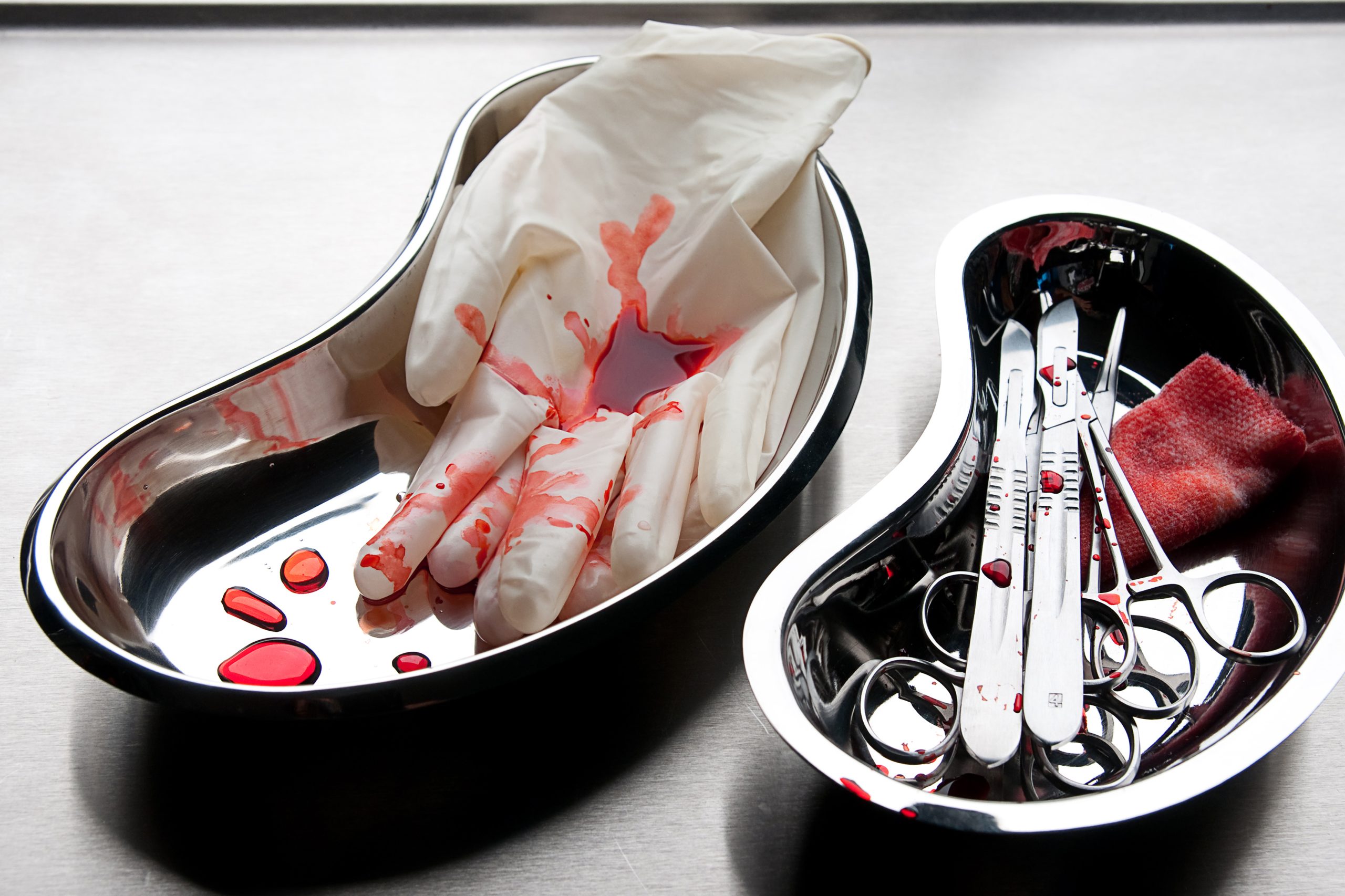
Personal Story: Sharps Injury As A New Operating Room Nurse
Sharps injuries can happen anytime in the operating room. We’ve recently gotten in touch with a nurse that had a
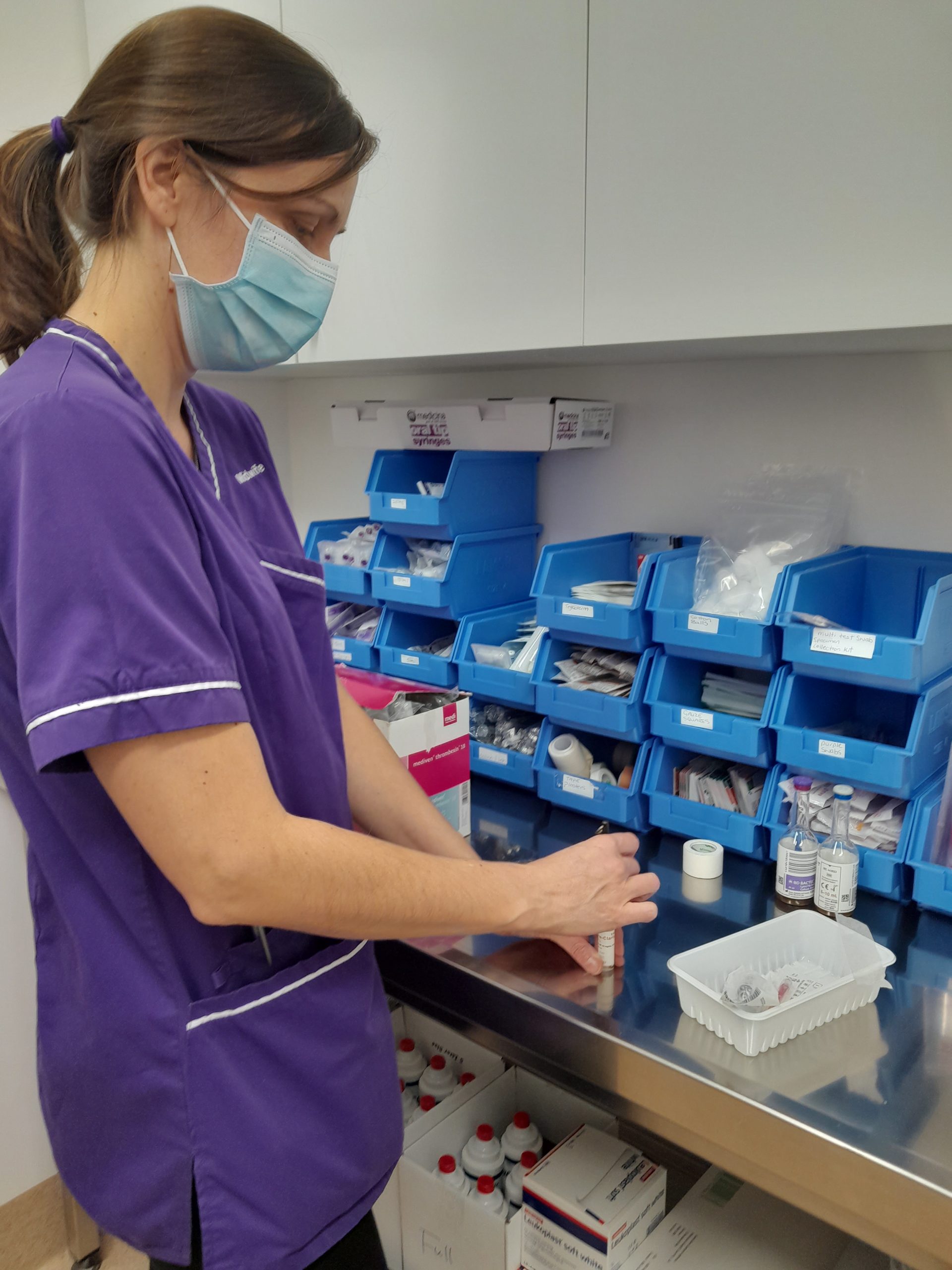
Game Changer for Nurses and Midwives Te Whatu Ora
Te Whatu Ora, the public health agency of the New Zealand government, has given their nurses and midwives SnapIT Ampoule

Staff Safety is Patient Safety
When staff are safe, they are better able to provide safe care to their patients. Conversely, when staff are unsafe
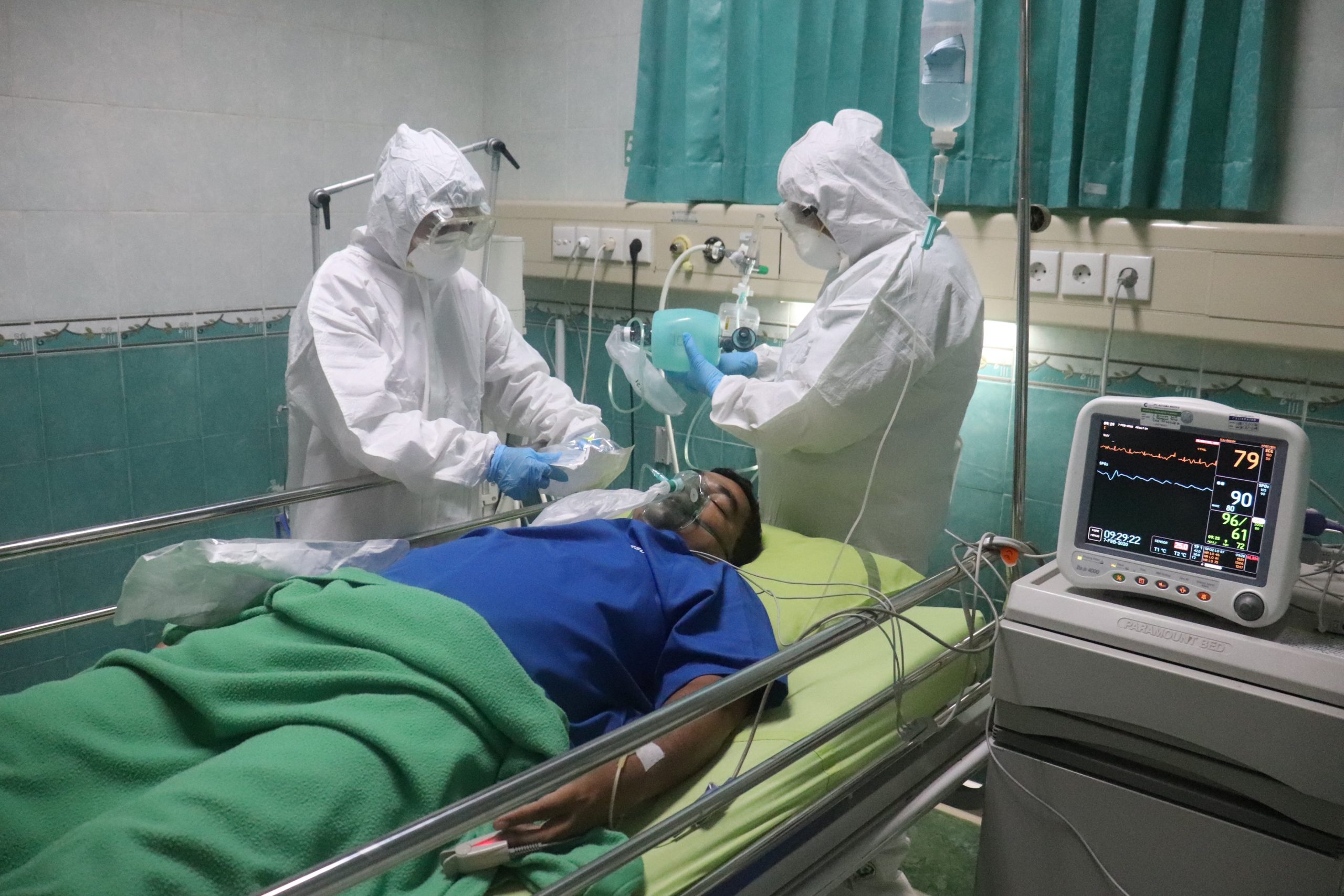
Sharps Injuries and the COVID-19 Pandemic
What research conducted throughout the COVID-19 pandemic has shown us about sharps injuries in Europe, the United Kingdom, and the
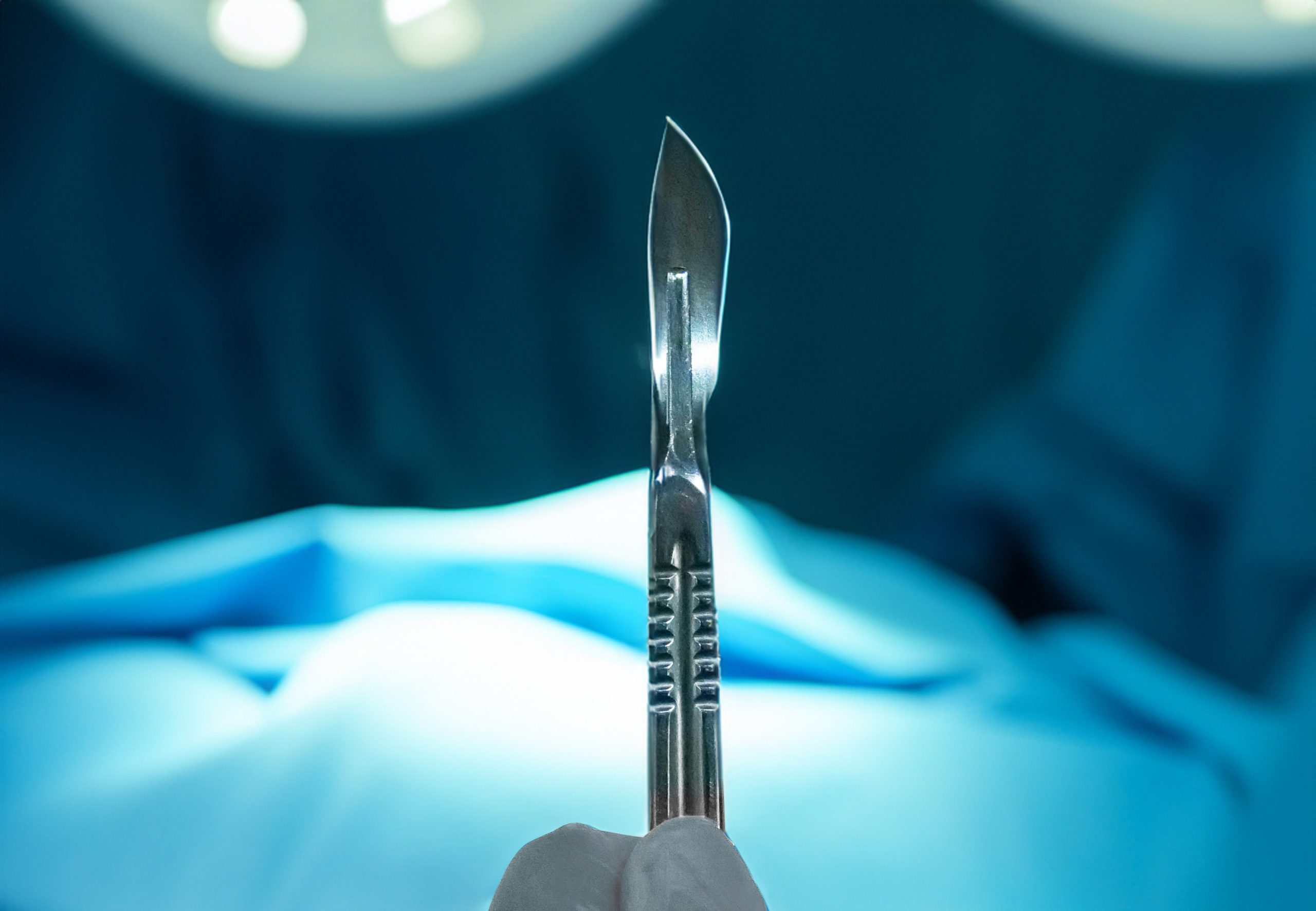
Keeping Compliant with OSHA’s Bloodborne Pathogens Standard when Using Scalpels
Sharps cuts and injuries from scalpels, suture needles, and other sharps are a significant occupational hazard for staff in hospitals

Pharmacists and the Risks of Ampoule Cuts
Pharmacists open ampoules in a regular basis as part of their routine work. These medications are prepared by pharmacists for
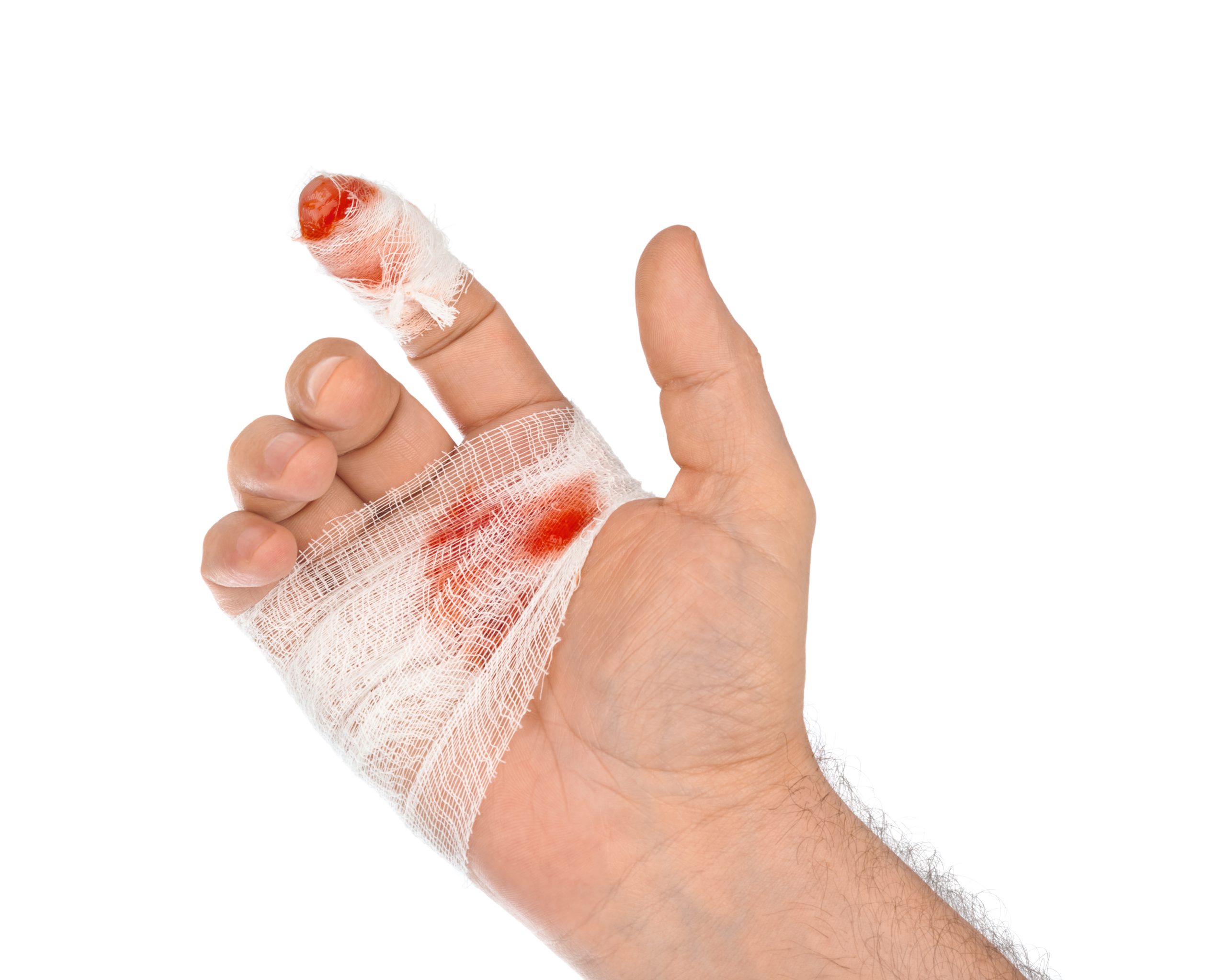
What Goes Unreported Goes Unfixed: Why Are Sharps Injuries Still Going Unreported in the OR?
The reporting of injuries, errors and near misses is important for both staff and patient safety. Think about the last
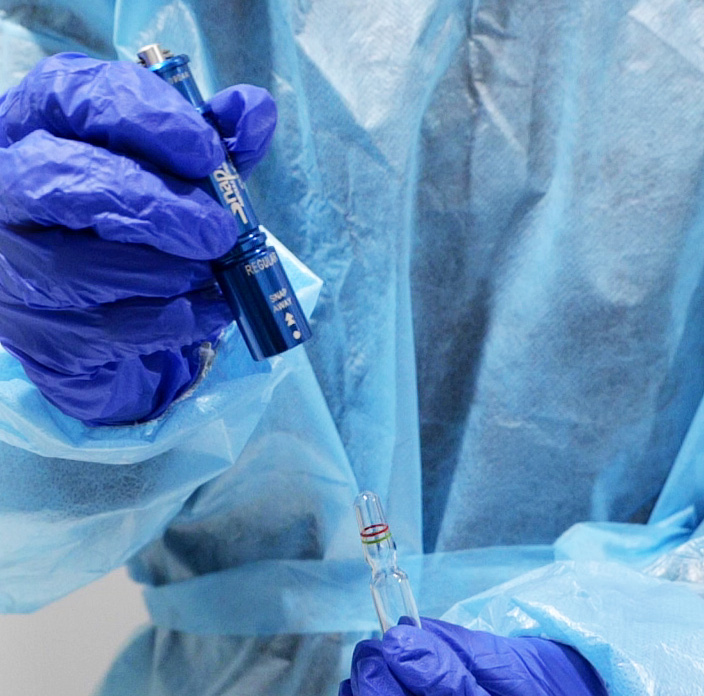
The Silent Threat: Why Healthcare Workers Need Qlicksmart SnapIT Ampoule Openers
In the high-pressure world of healthcare, needles and scalpels are often the first to come to mind when considering workplace
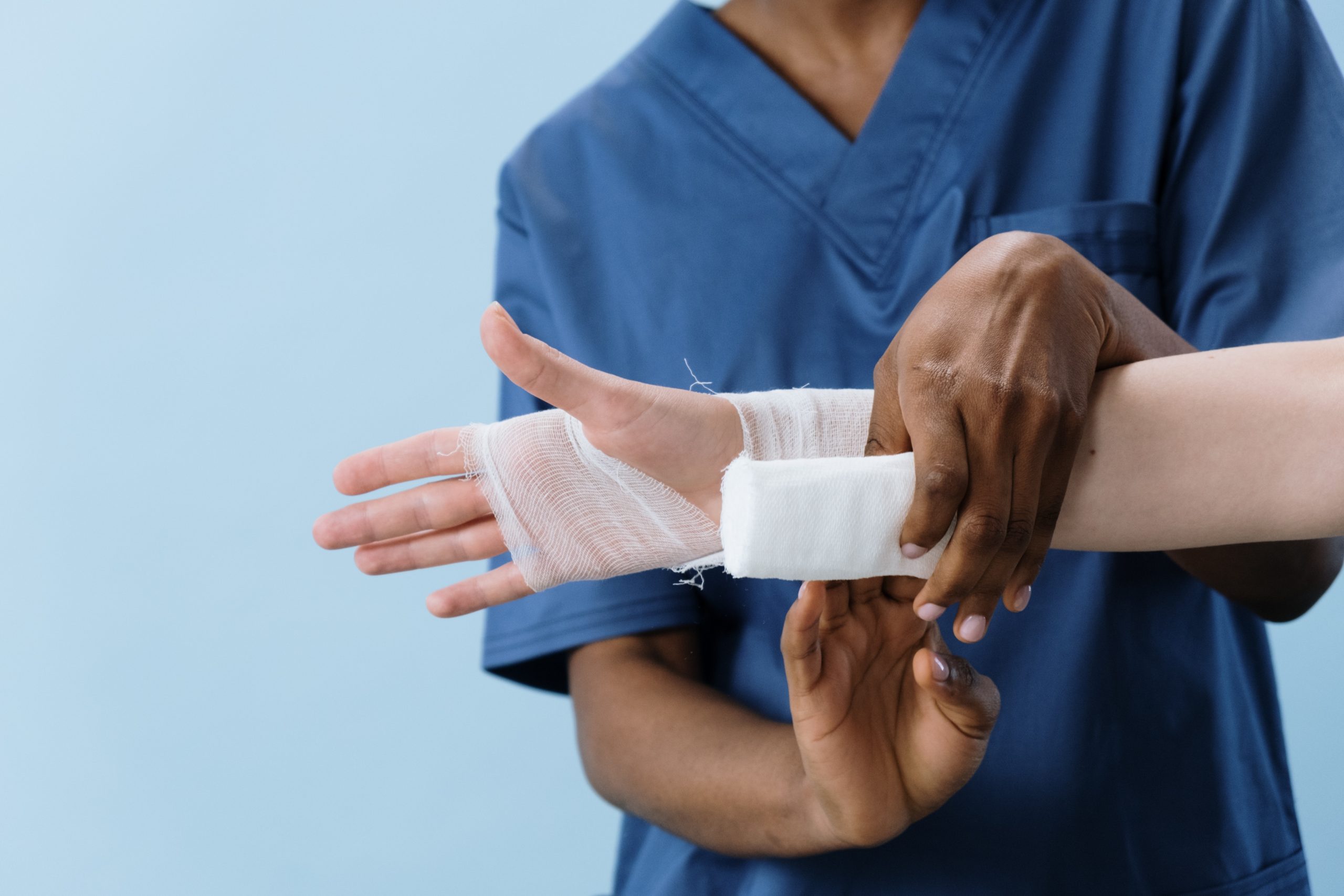
Is Your Healthcare Facility Compliant with the Latest EORNA Guidelines?
According to the EORNA Best Practice for the prevention of sharps injuries, perioperative staff should make sure to reduce the
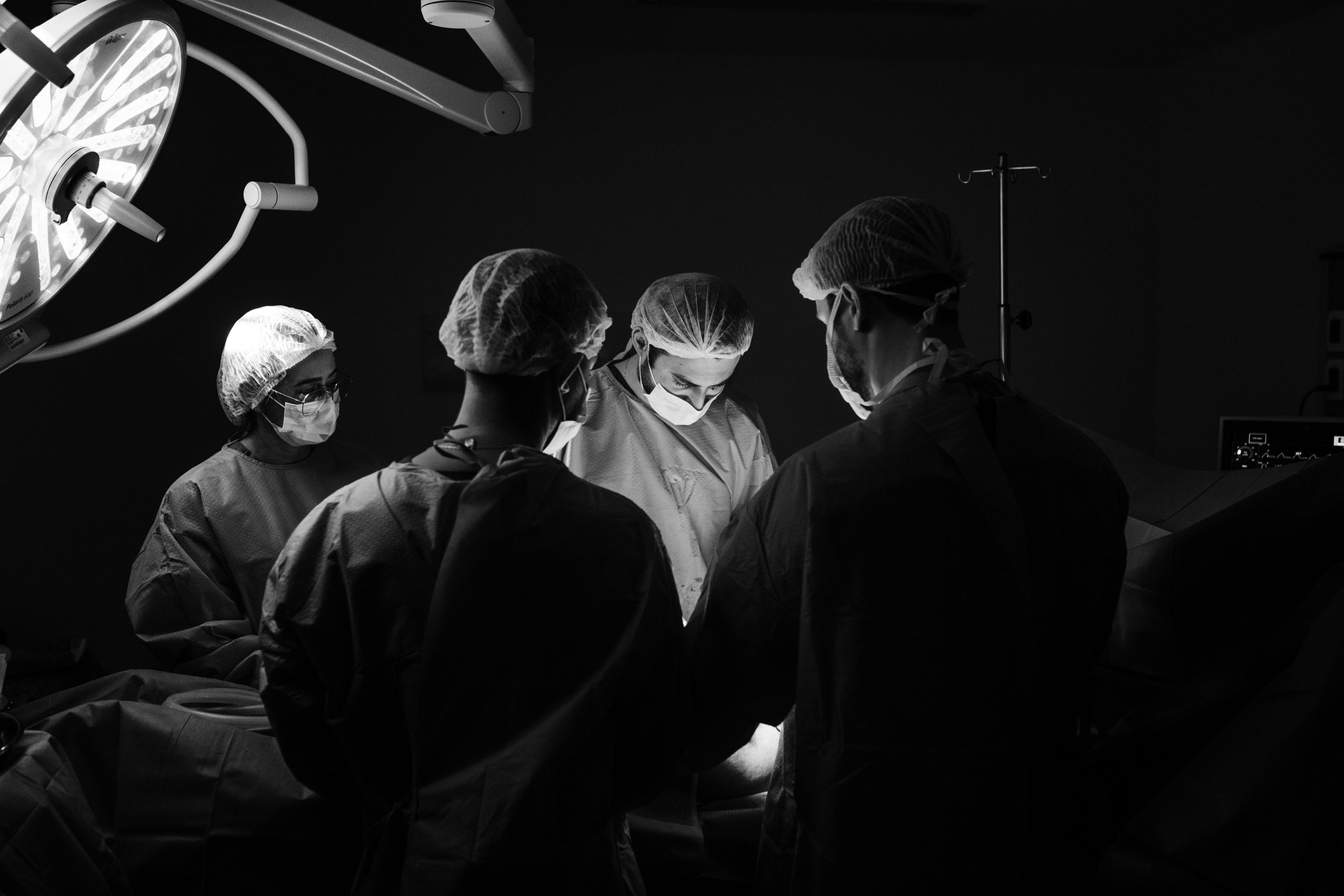
Operating Rooms: A High Risk Environment
Operating rooms are environments with a high risk of sharps injuries due to the frequent use of needles, scalpels, and
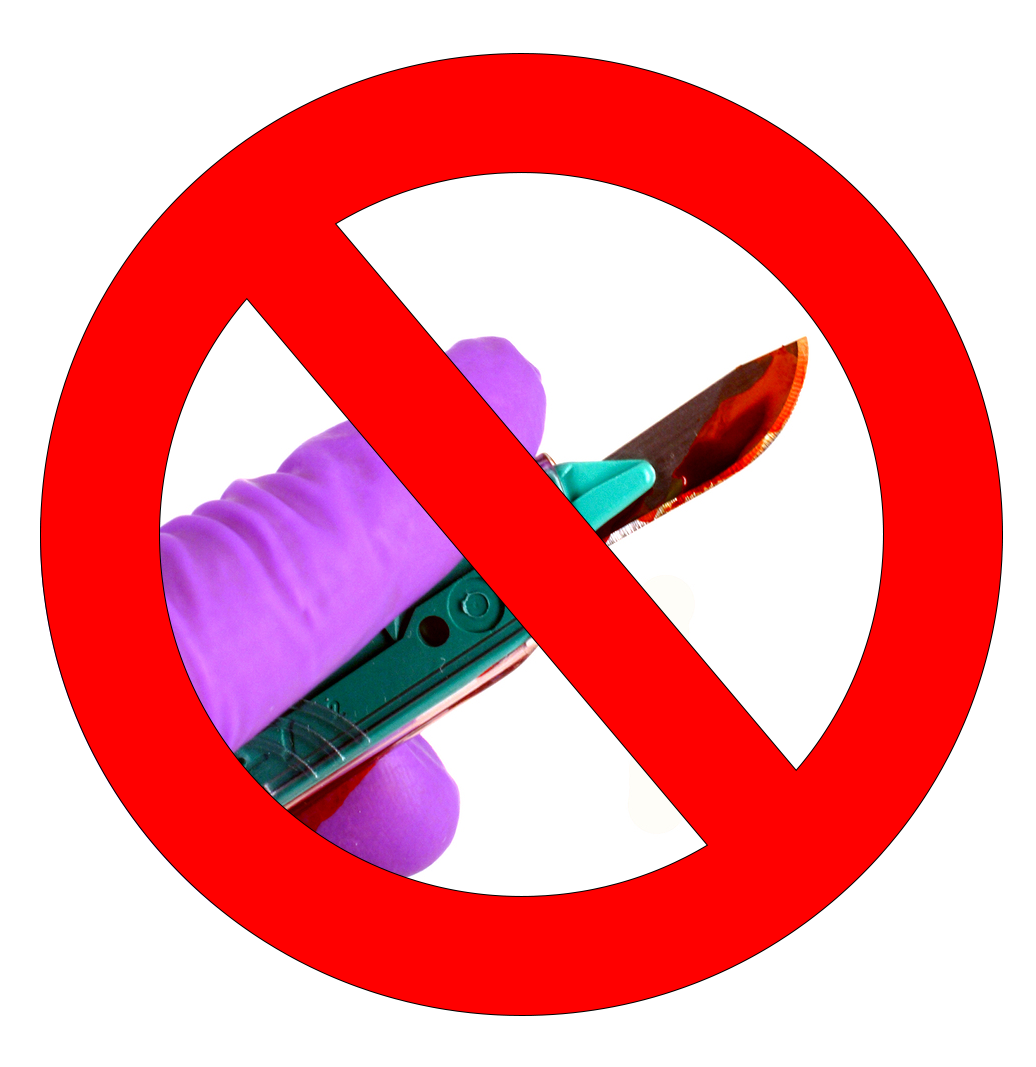
Surgeons Are Saying “No” to Safety Scalpels
Although it has previously been thought that safety scalpels would improve sharps safety, evidence suggests this may not be the case.

Maintain Safe Practices in the Operating Room with Qlicksmart’s Scalpel Blade Removers
Sharp injuries have always been a concern in the healthcare industry. These injuries can cause deep wounds and increase the
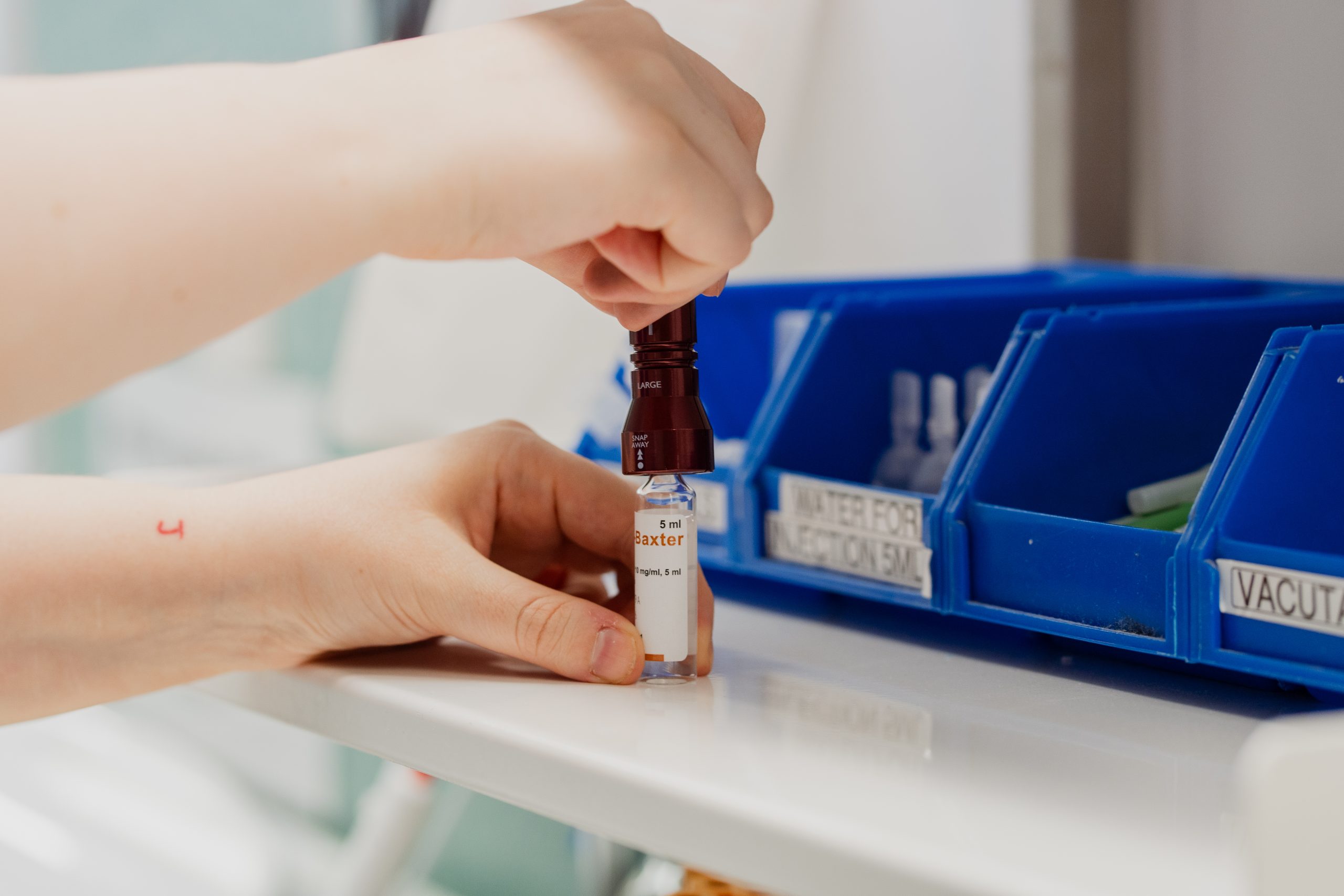
Ampoule Cuts: A Silent Threat to Healthcare Workers
Opening glass ampoules can be unnerving and can sometimes lead to cuts. Often dismissed as minor workplace hazards, ampoule cuts

Qlicksmart in 2024
2024 has been a year been filled with new additions and successes. The year began with our team growing by
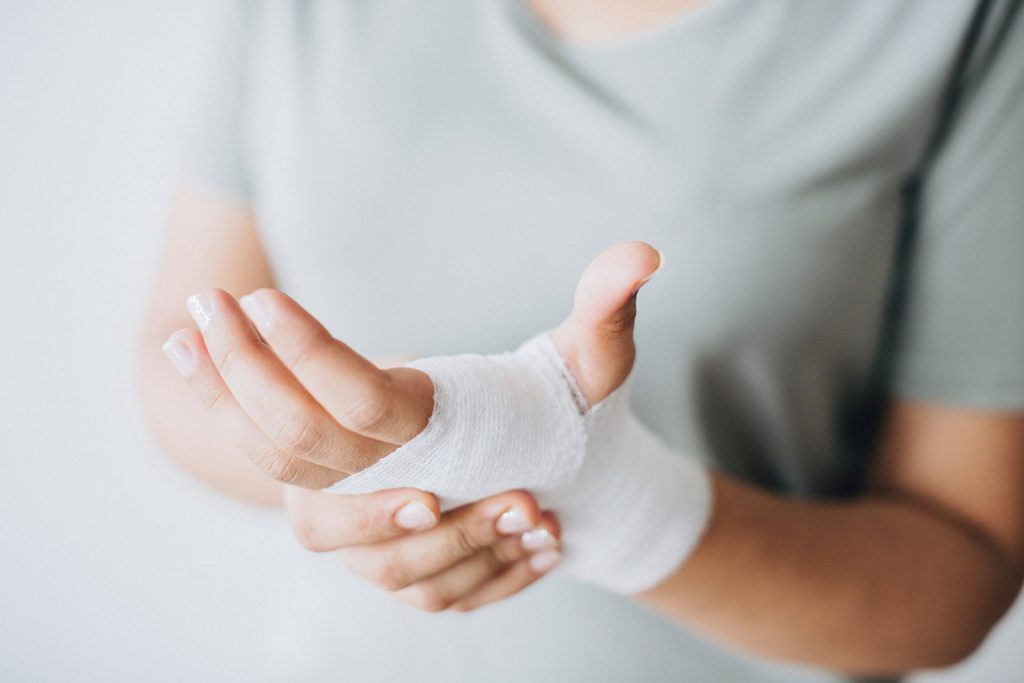
Talking About Sharps Injuries
Have you ever found yourself in a situation where a sharps injury occurred , and did you follow up by
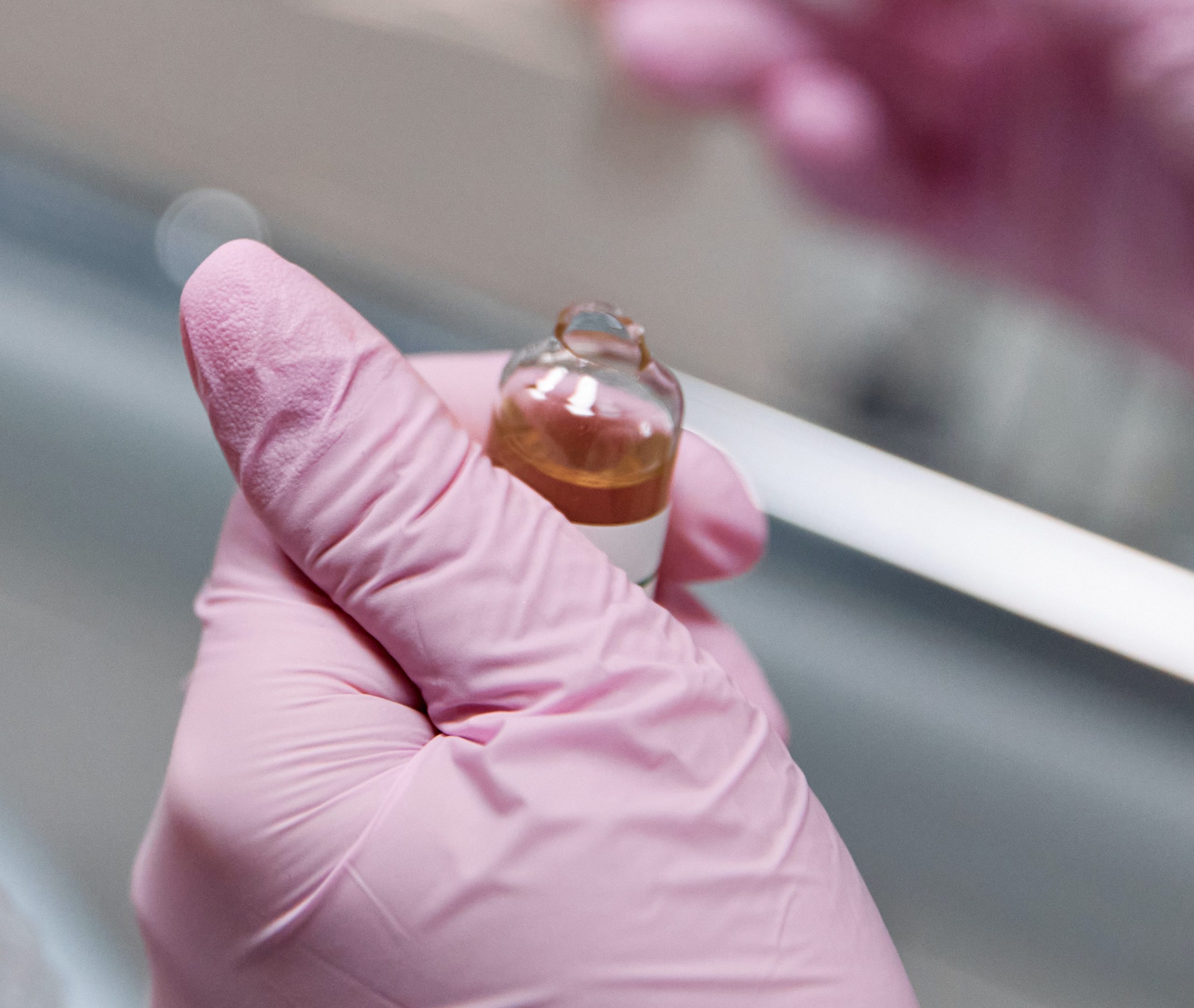
Are Ampoule Injuries Impacting the Safety in Your HealthCare Facility?
While needlestick and scalpel injuries often take centre stage, a silent threat persists: ampoule injuries. Shockingly common, yet frequently overlooked,

Updated Sharps Safety Guidelines
The Association of periOperative Registered Nurses (AORN) have recently updated the guidelines for sharps safety. Due to the high-risk environment
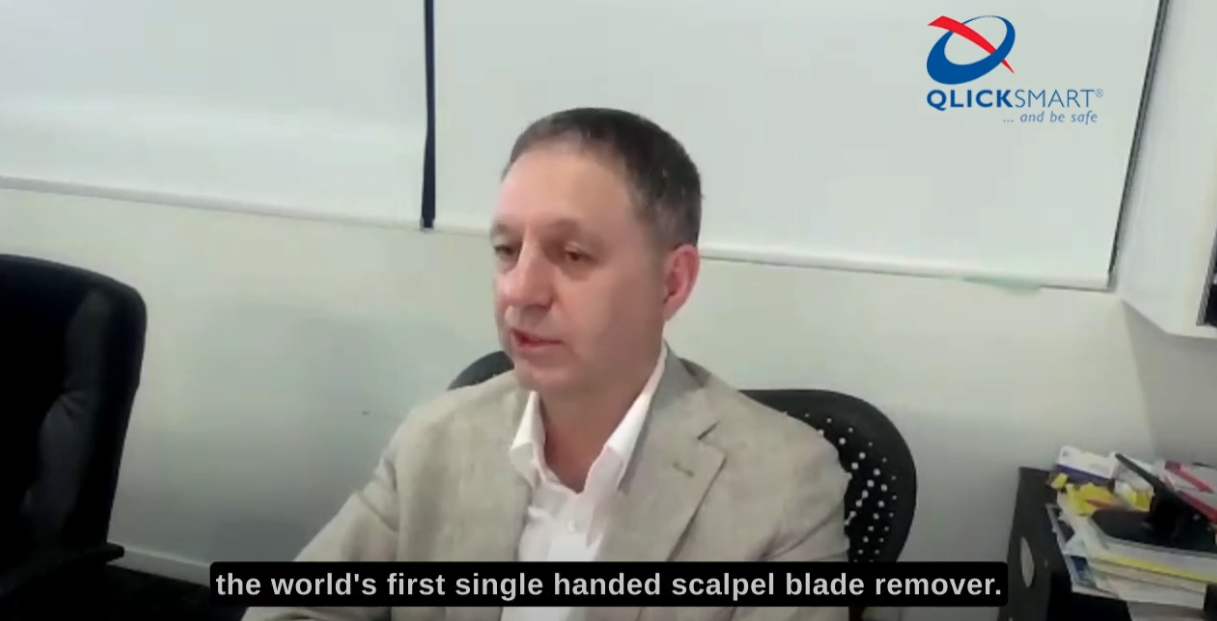
Odelle Technology Podcast with Dr Michael Sinnott
Dr. Michael Sinnott, an emergency physician and the co-founder of Qlicksmart, recently discussed the critical issue of sharps safety in

Scalpel Injuries in the Medical Field: A Persistent Challenge
Scalpel injuries, often categorized under the broader umbrella of sharps injuries, represent a significant and persistent occupational hazard within the
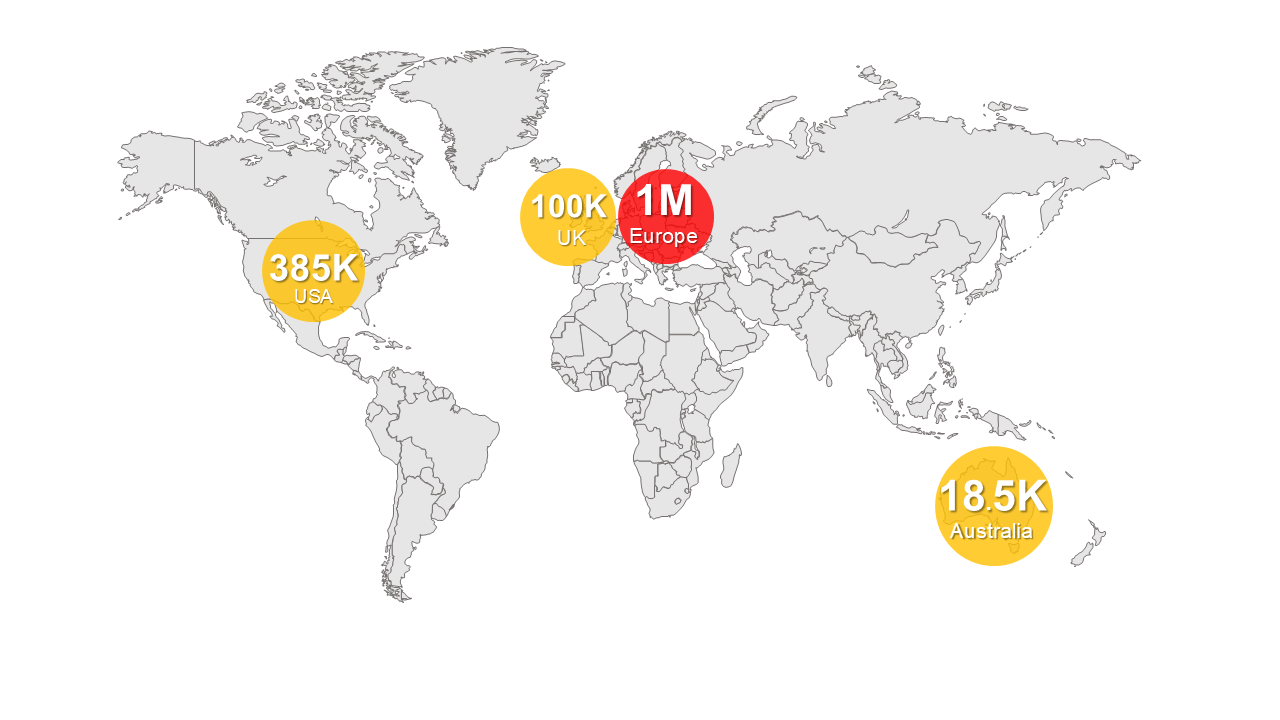
Is Your Facility Qlicksmart Safe?
Operating rooms are environments with a high risk of sharps injuries due to the frequent use of needles, scalpels, and

The New Standard of Care: Staff Safety
The surgical operating room (OR) remains the core of a healthcare institution, a meticulously controlled environment where skill, technology, and
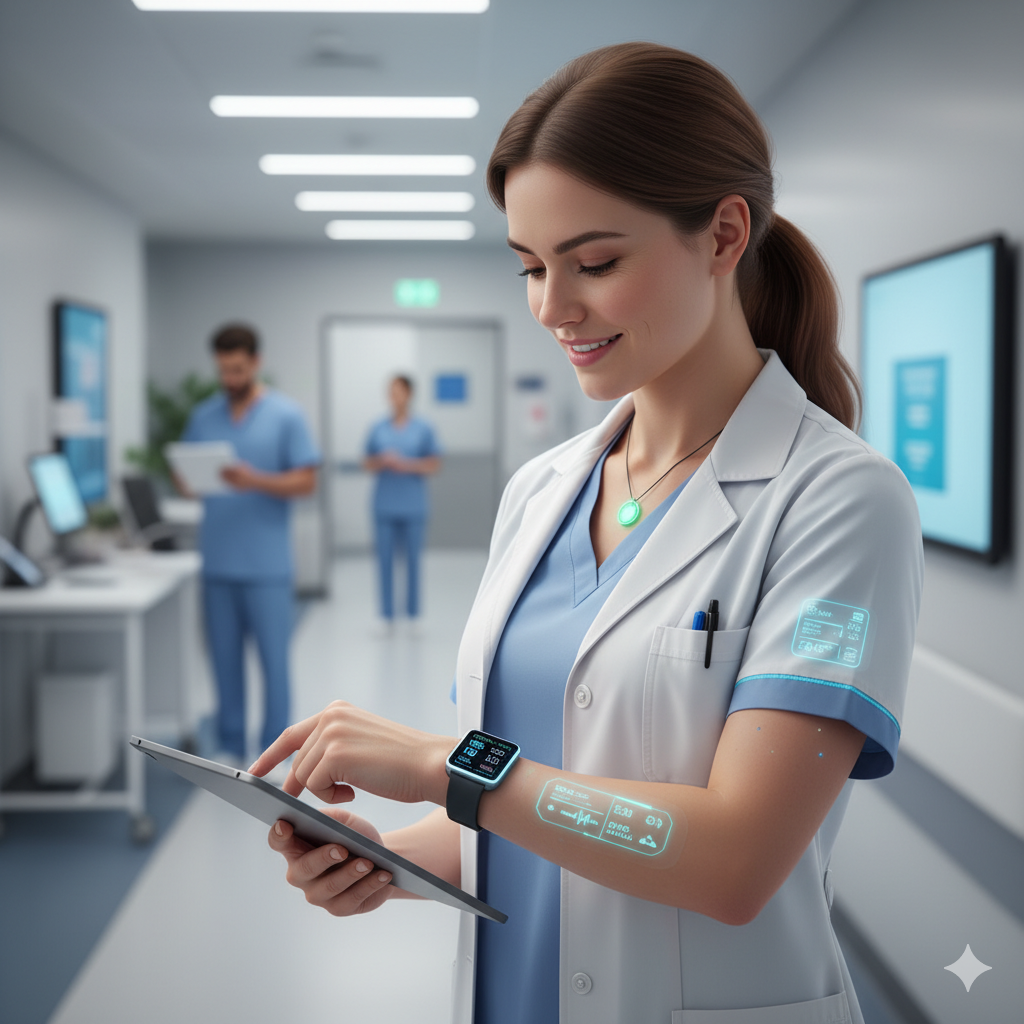
A Smarter, Safer Workplace: How AI is Changing the Game
Workplace safety is getting a major upgrade, and it’s all thanks to artificial intelligence (AI). For years, keeping people safe
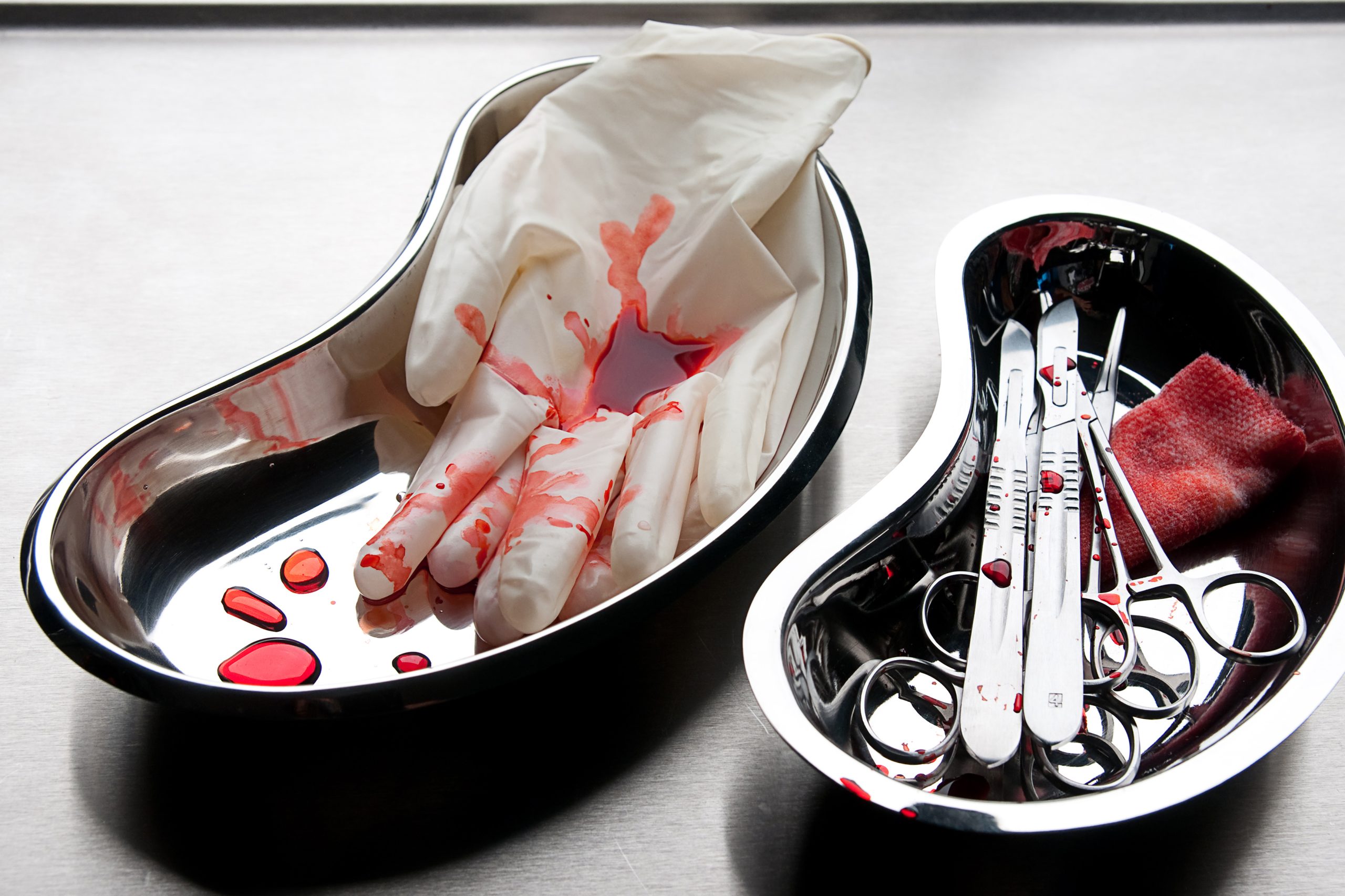
Risky Business: Operating Theatres
High Risk Environment Operating rooms are environments with a high risk of sharps injuries due to the frequent use of


